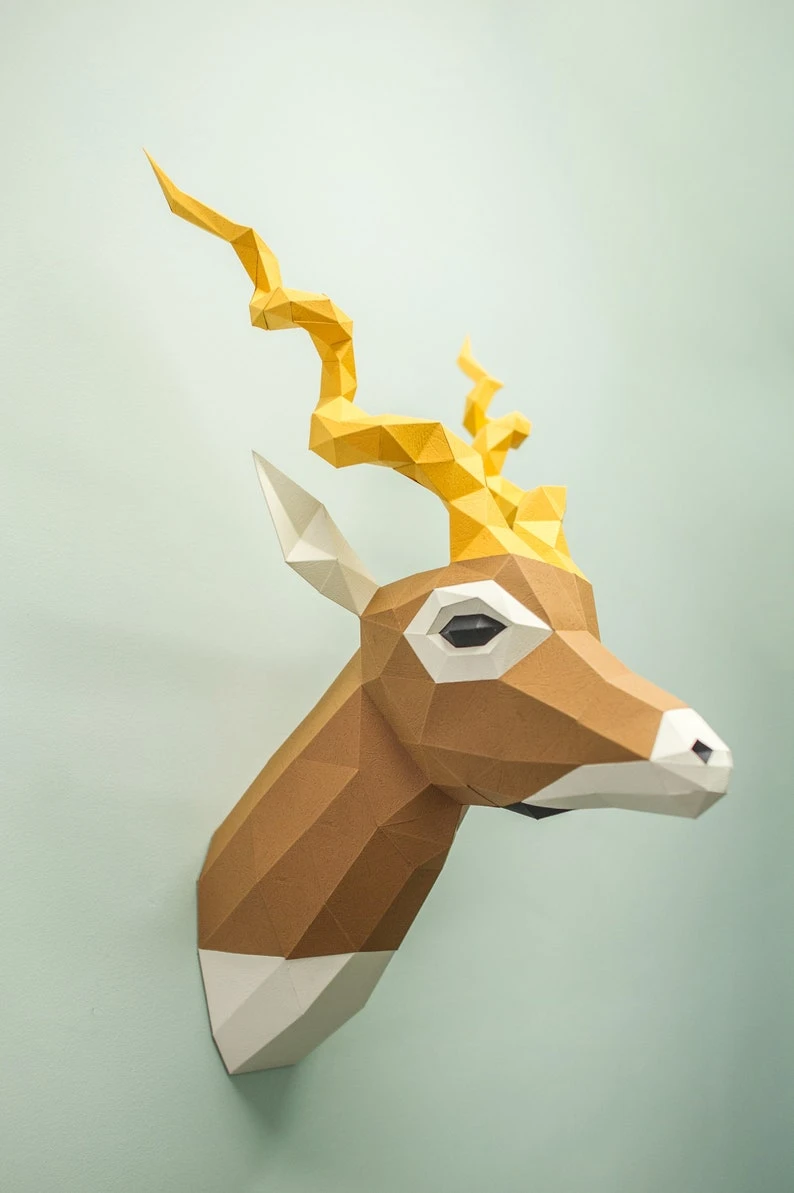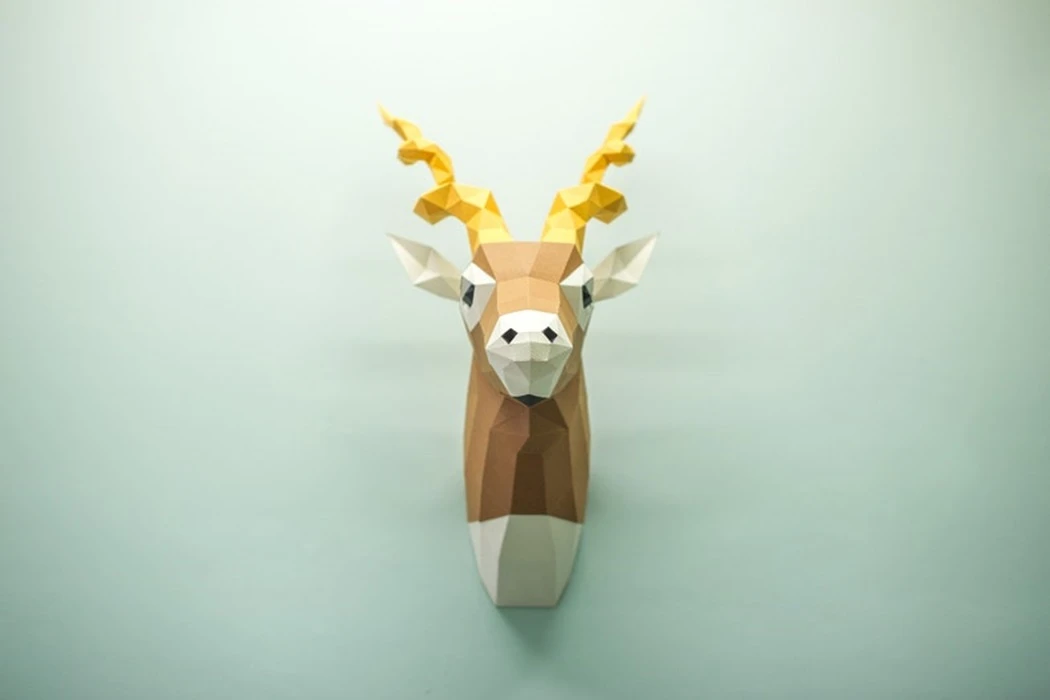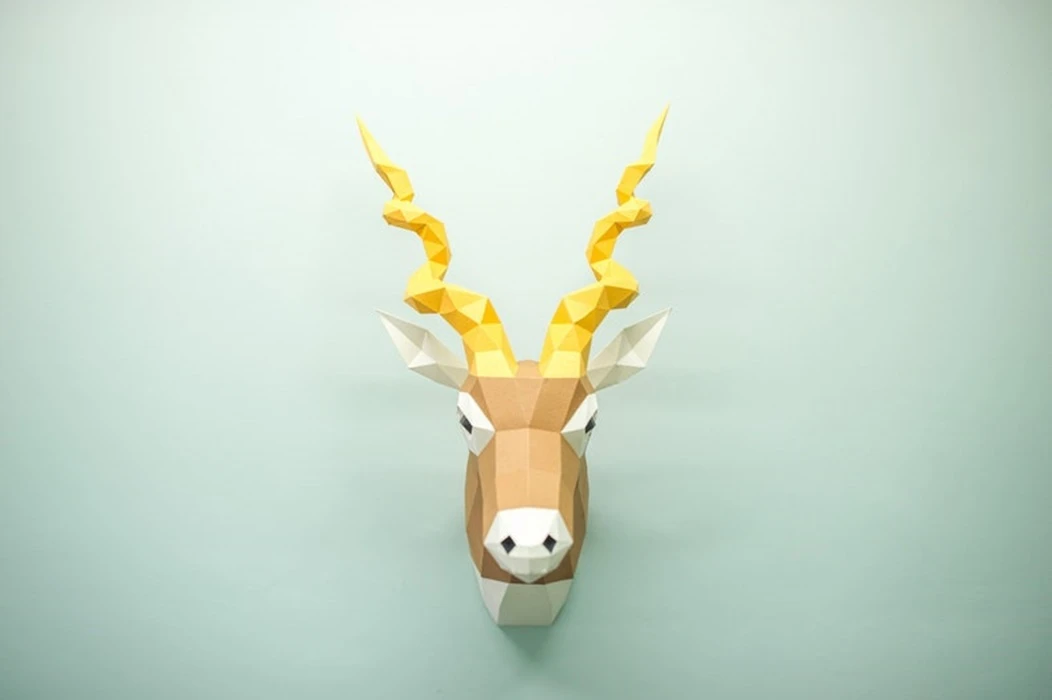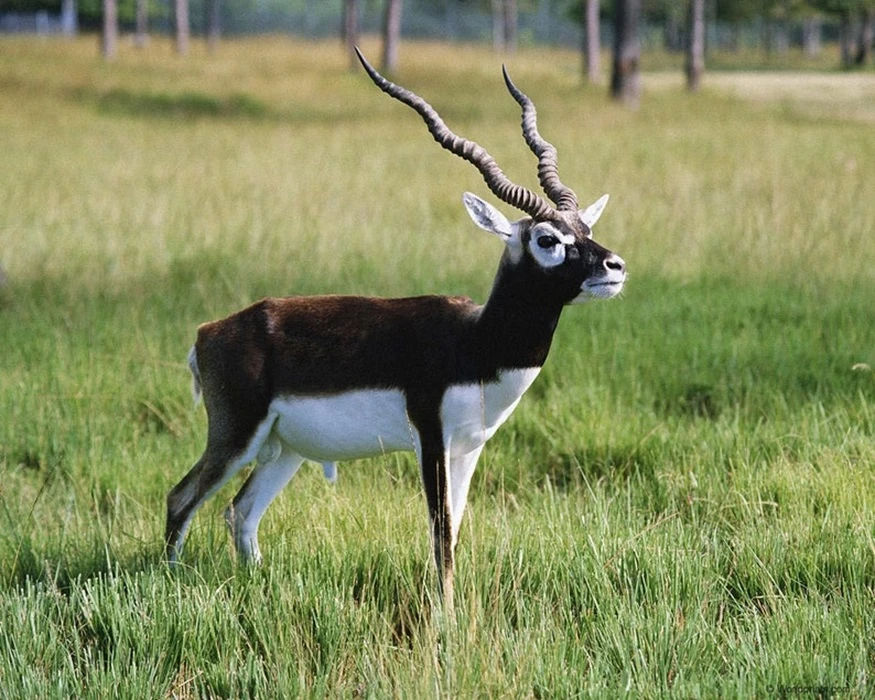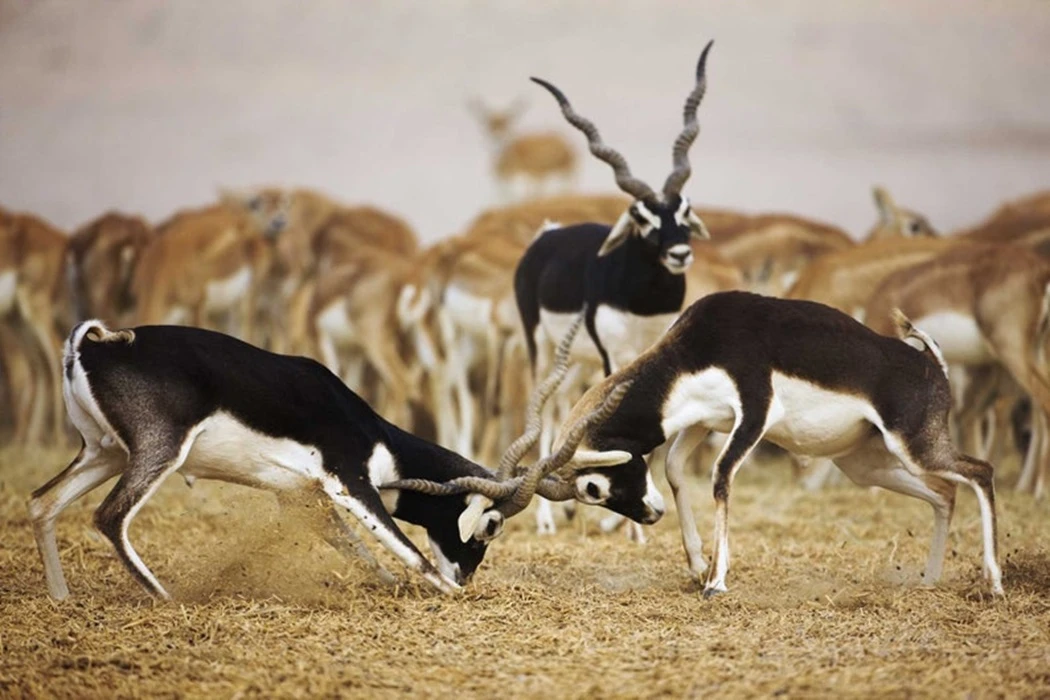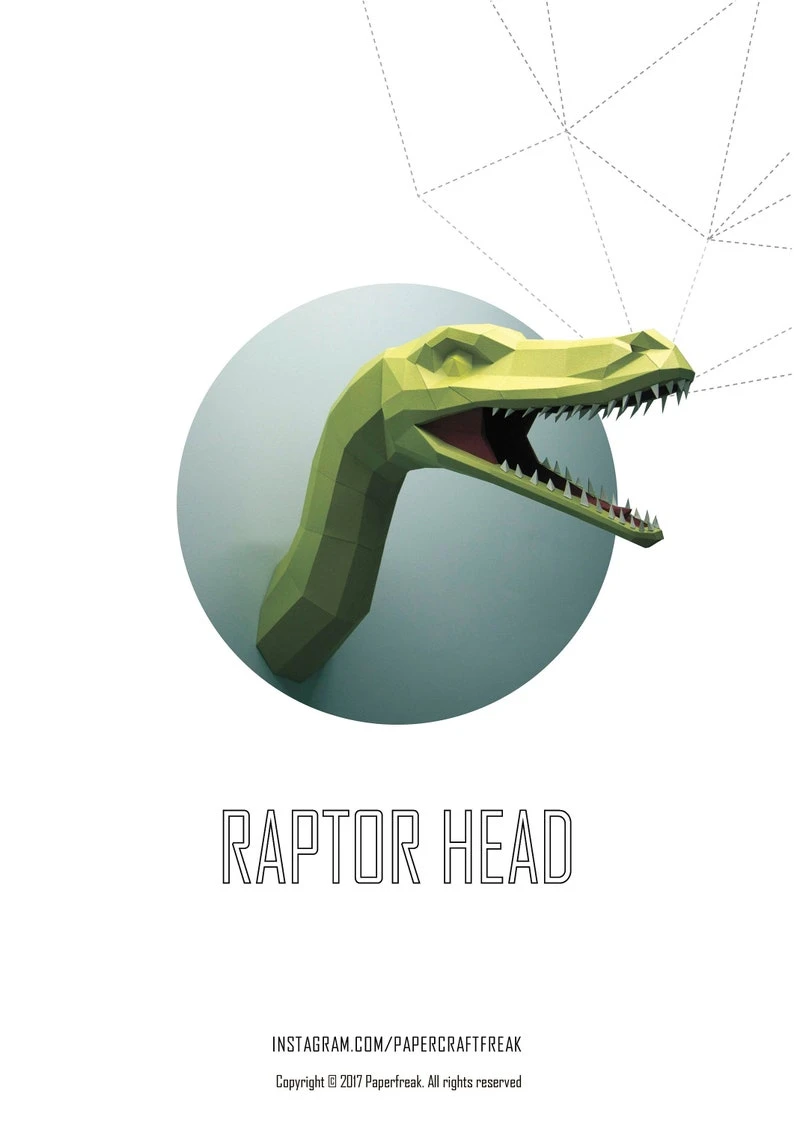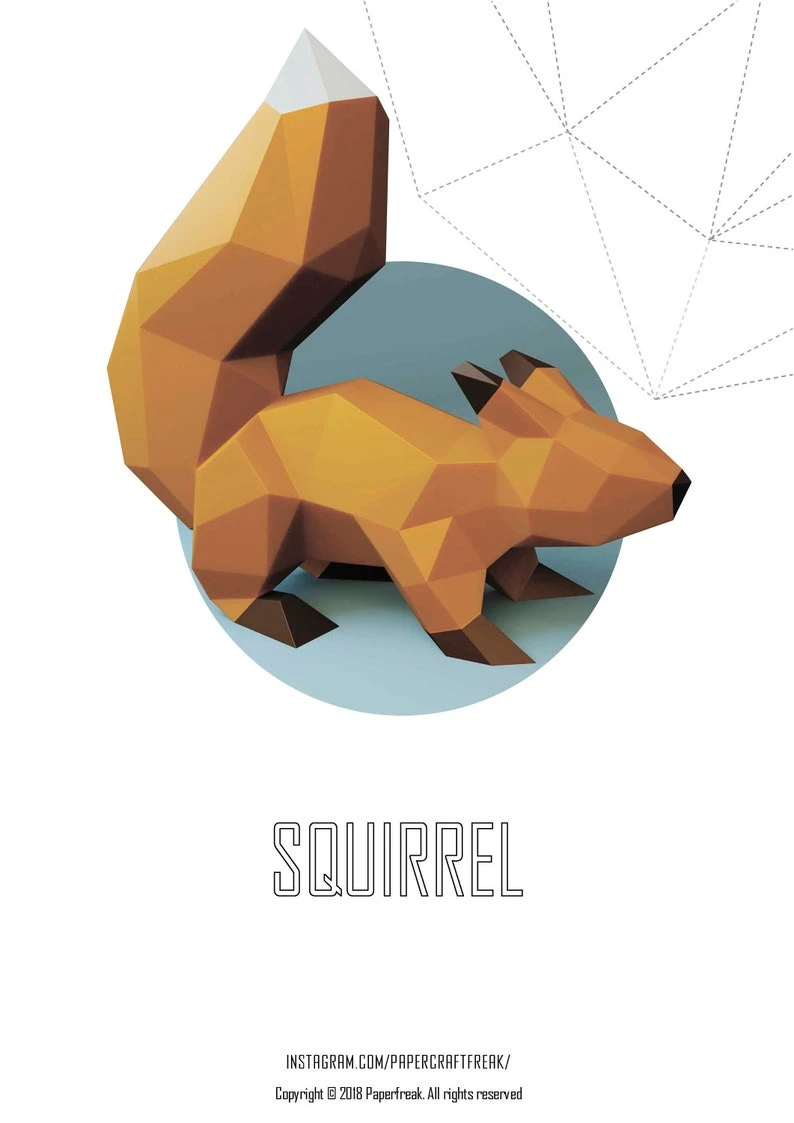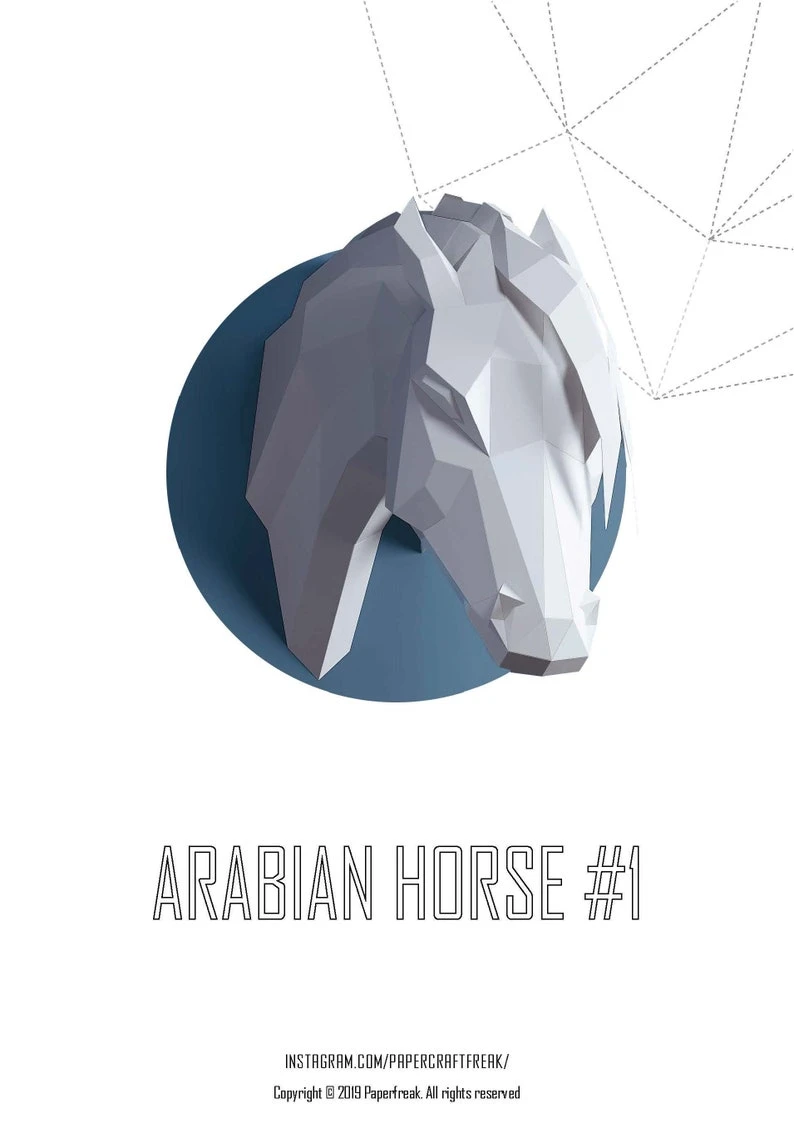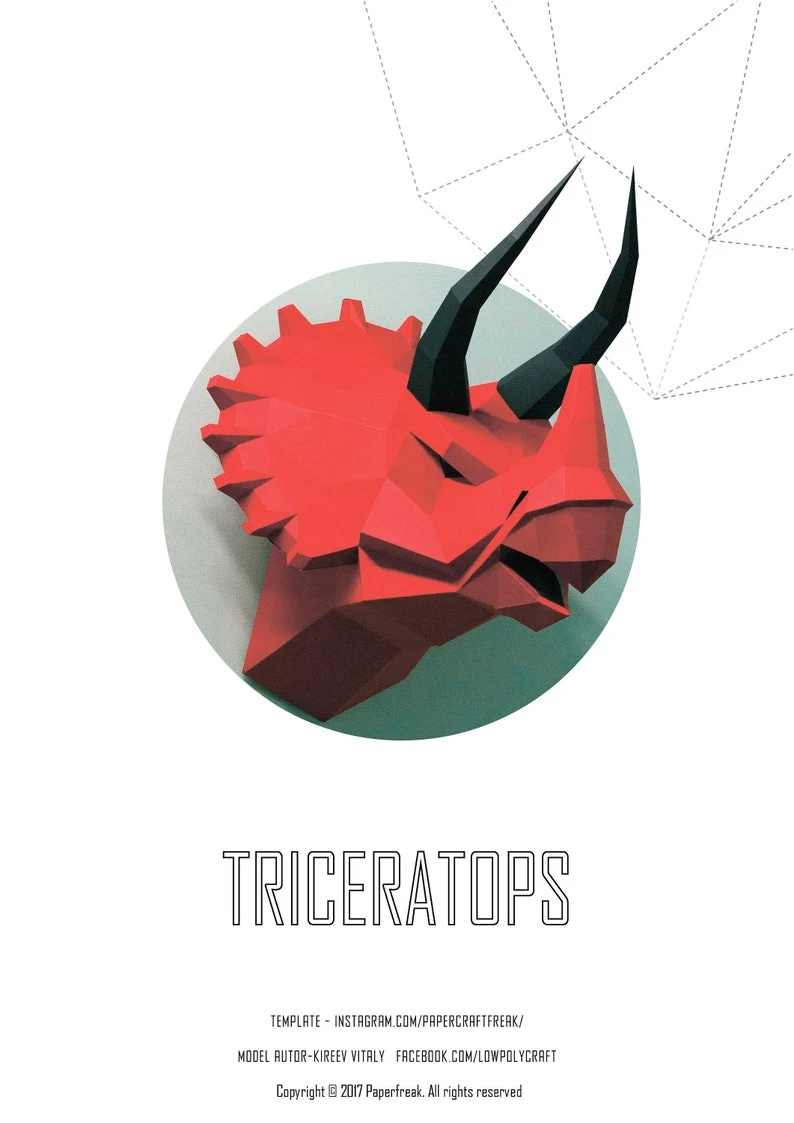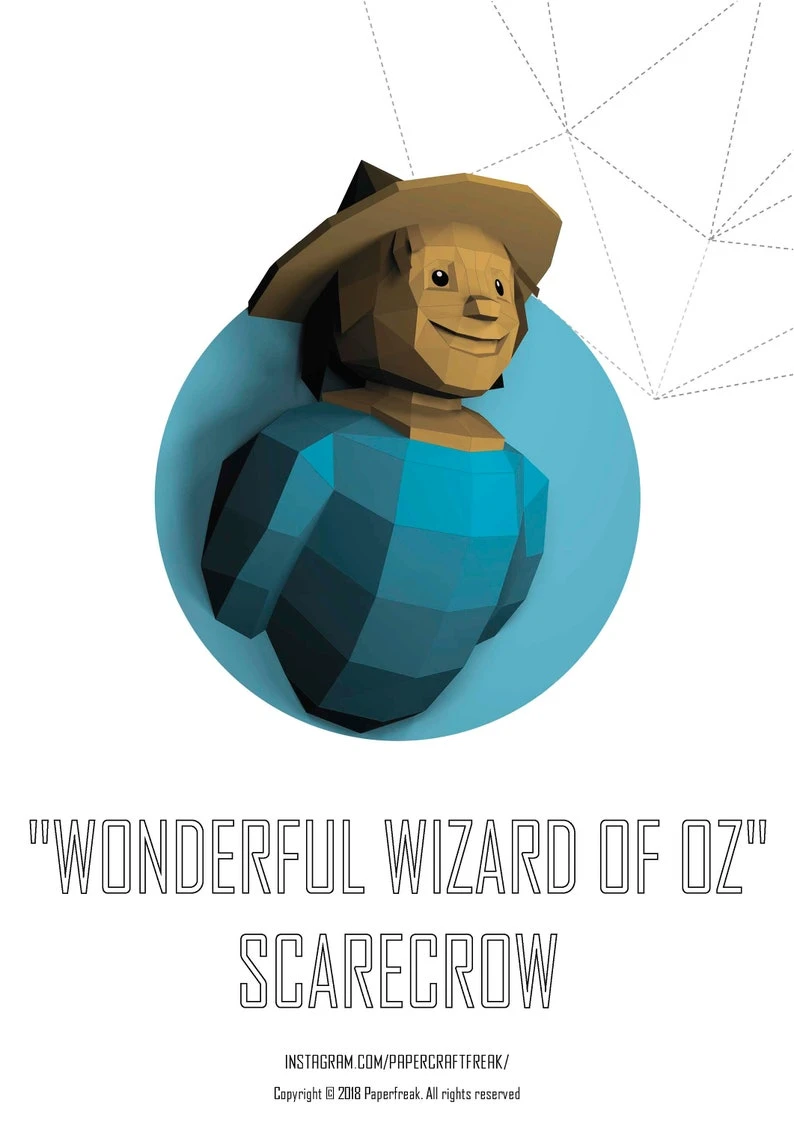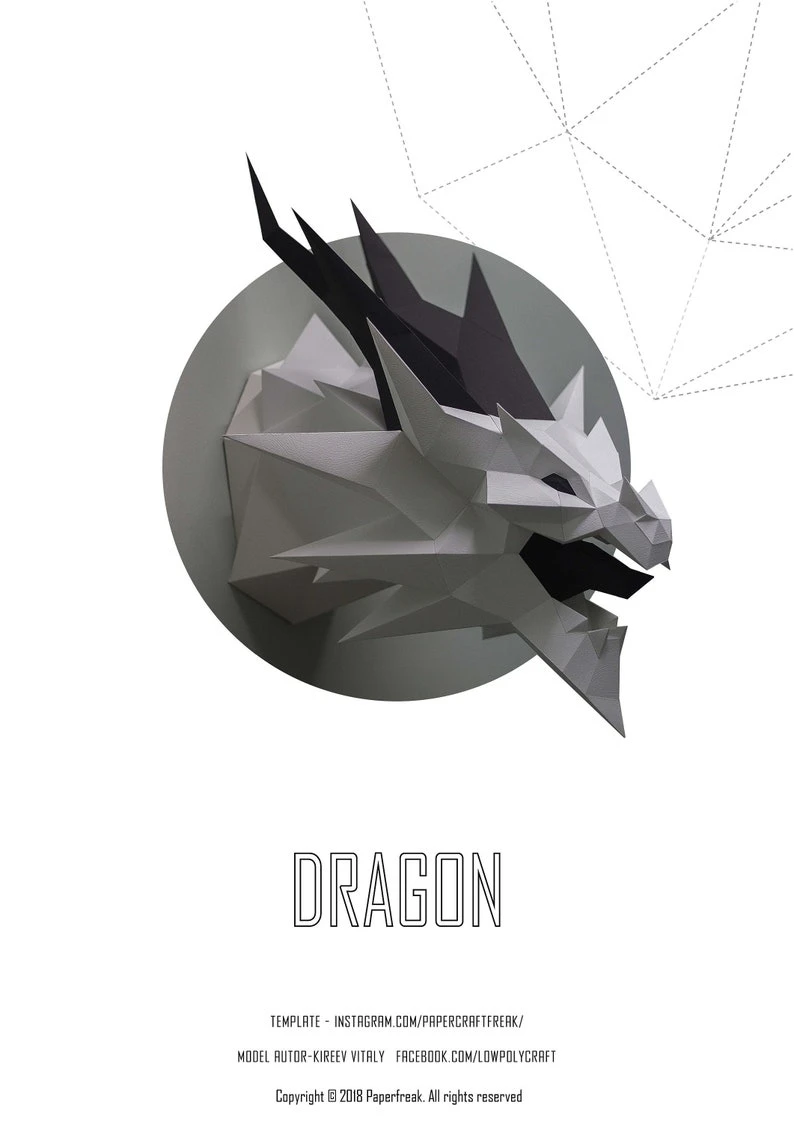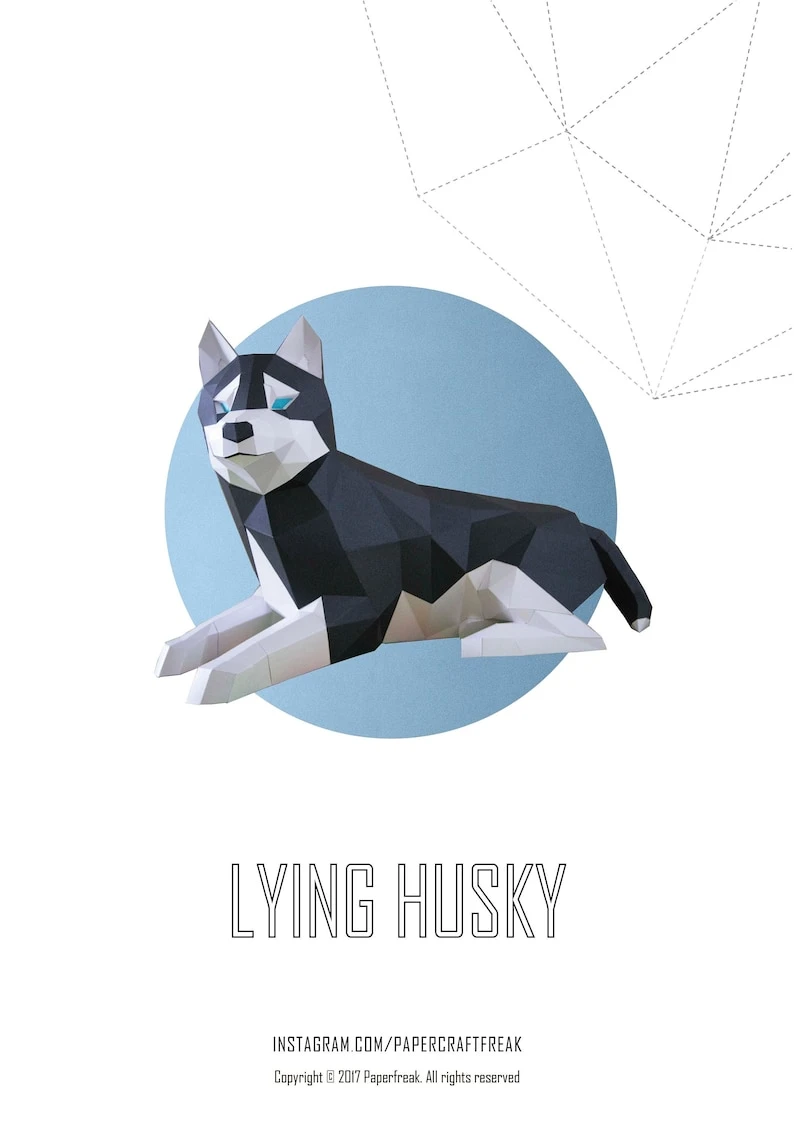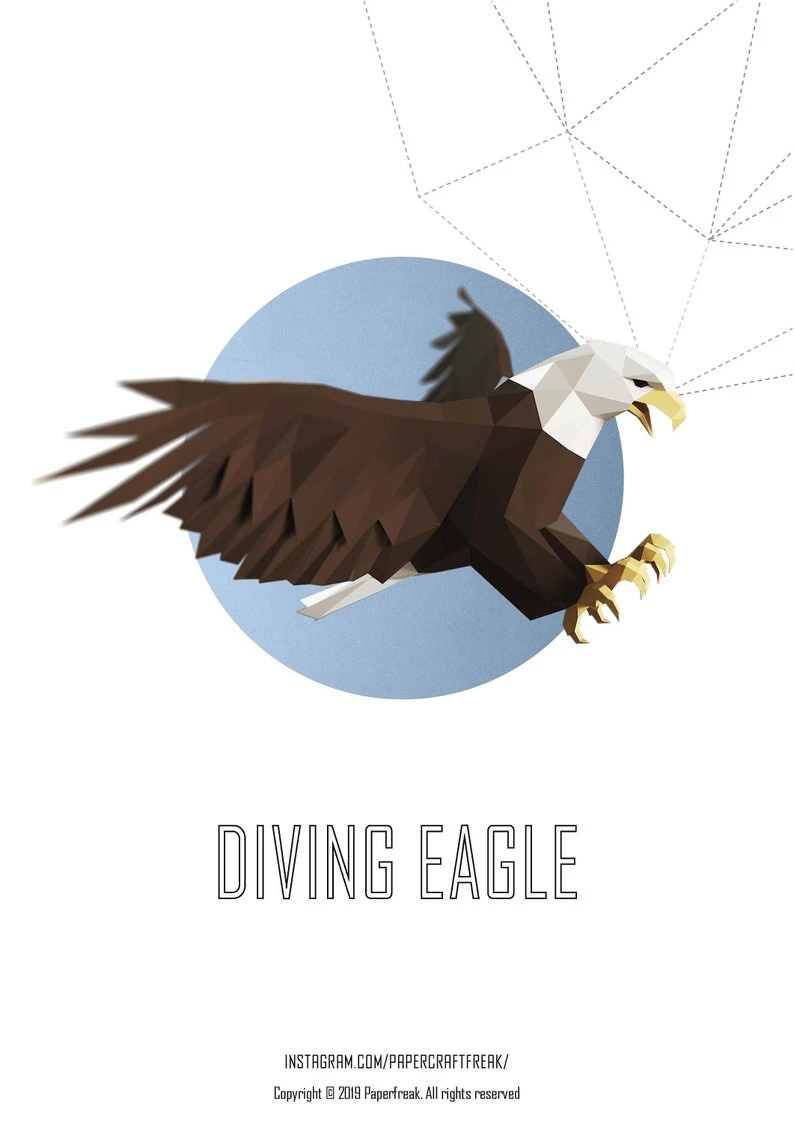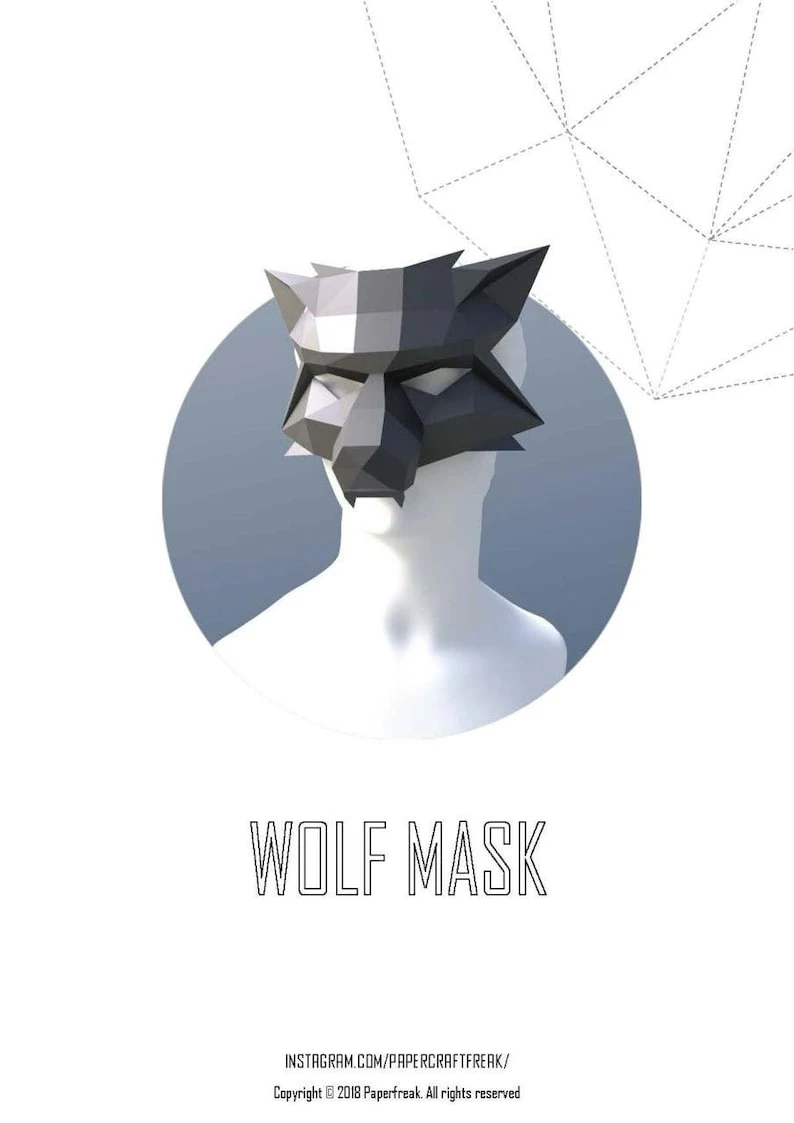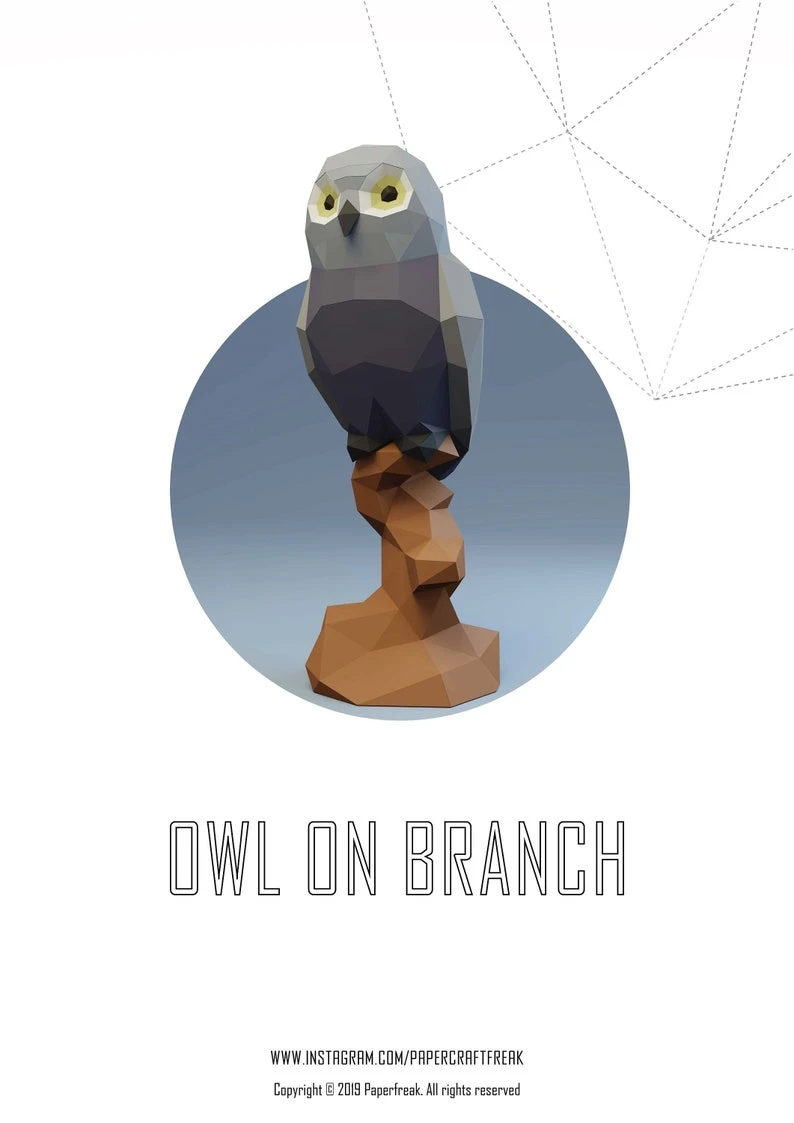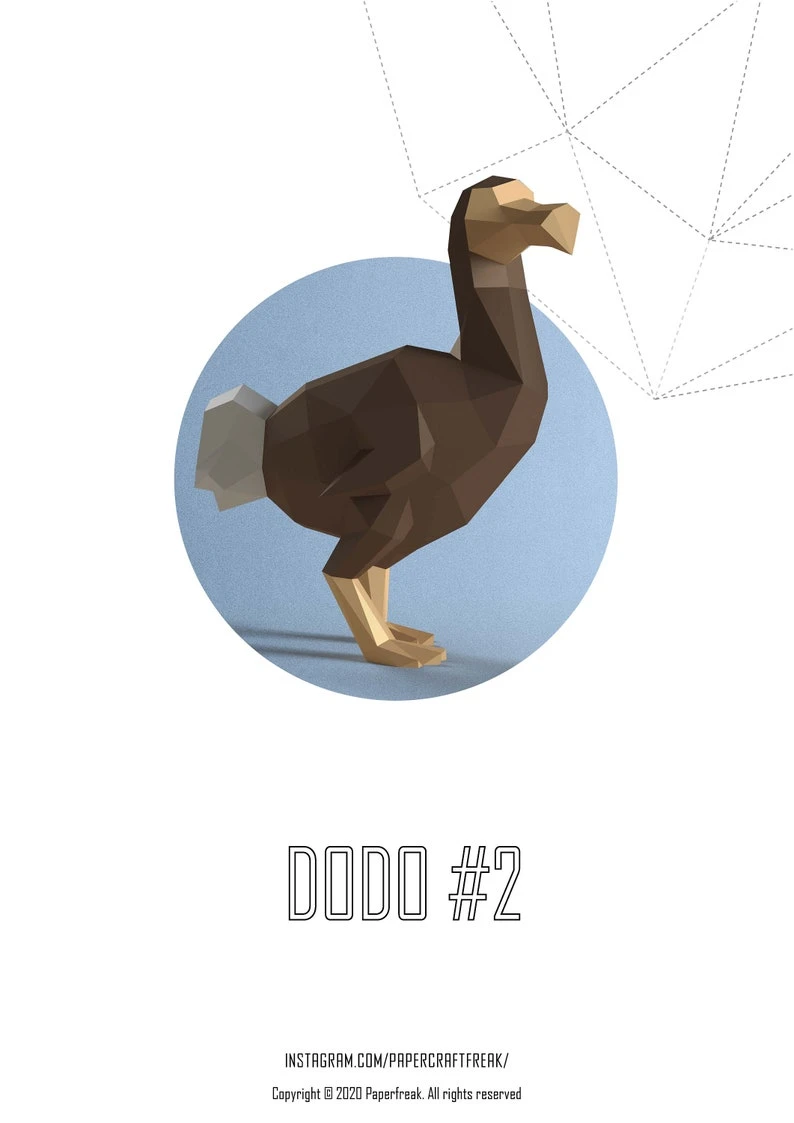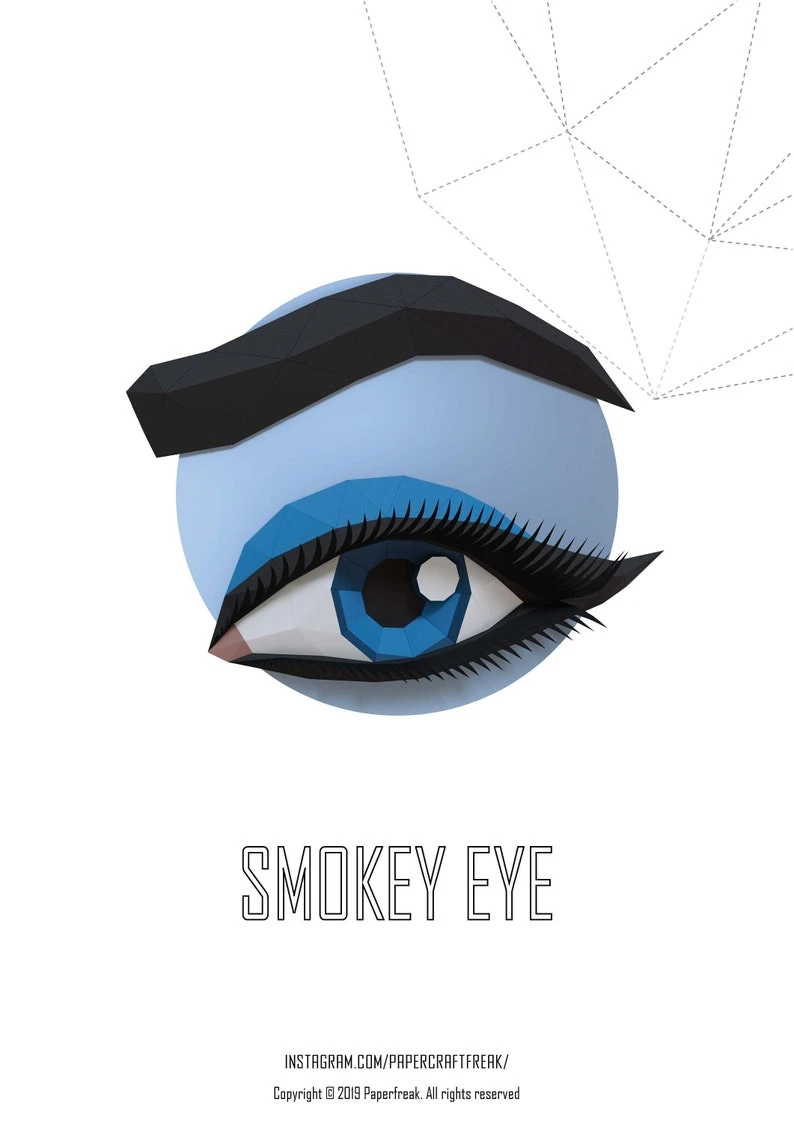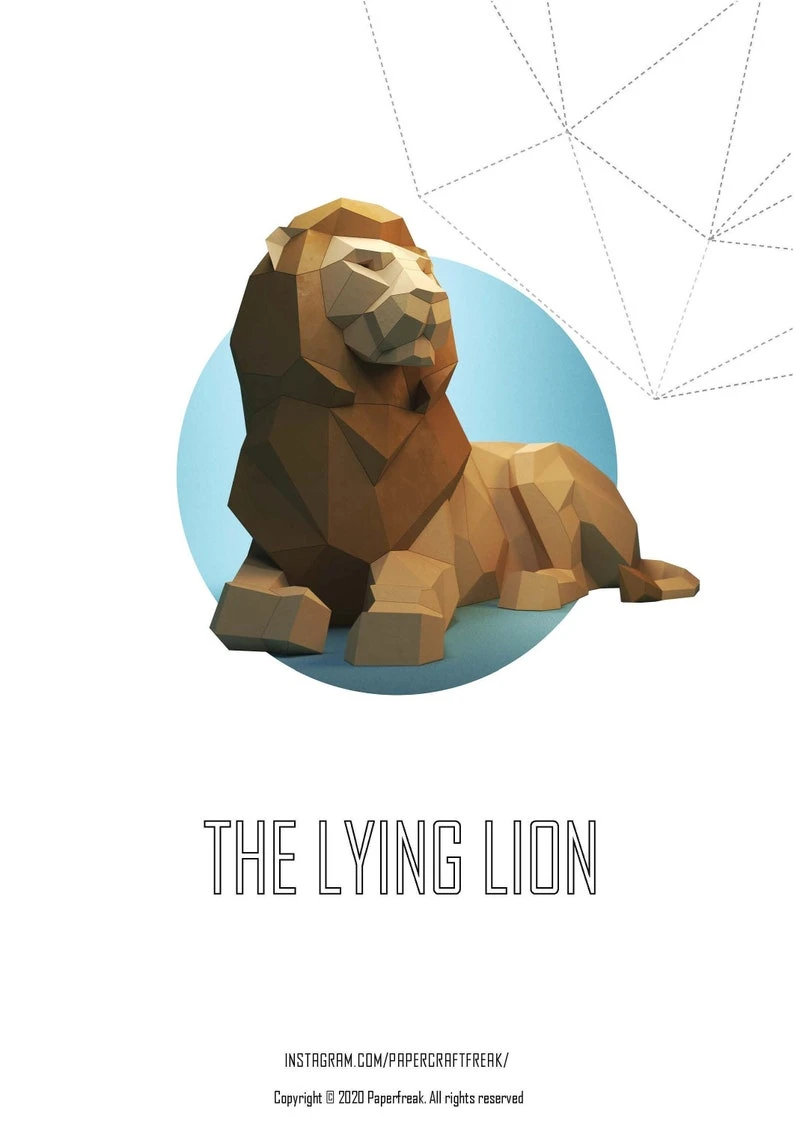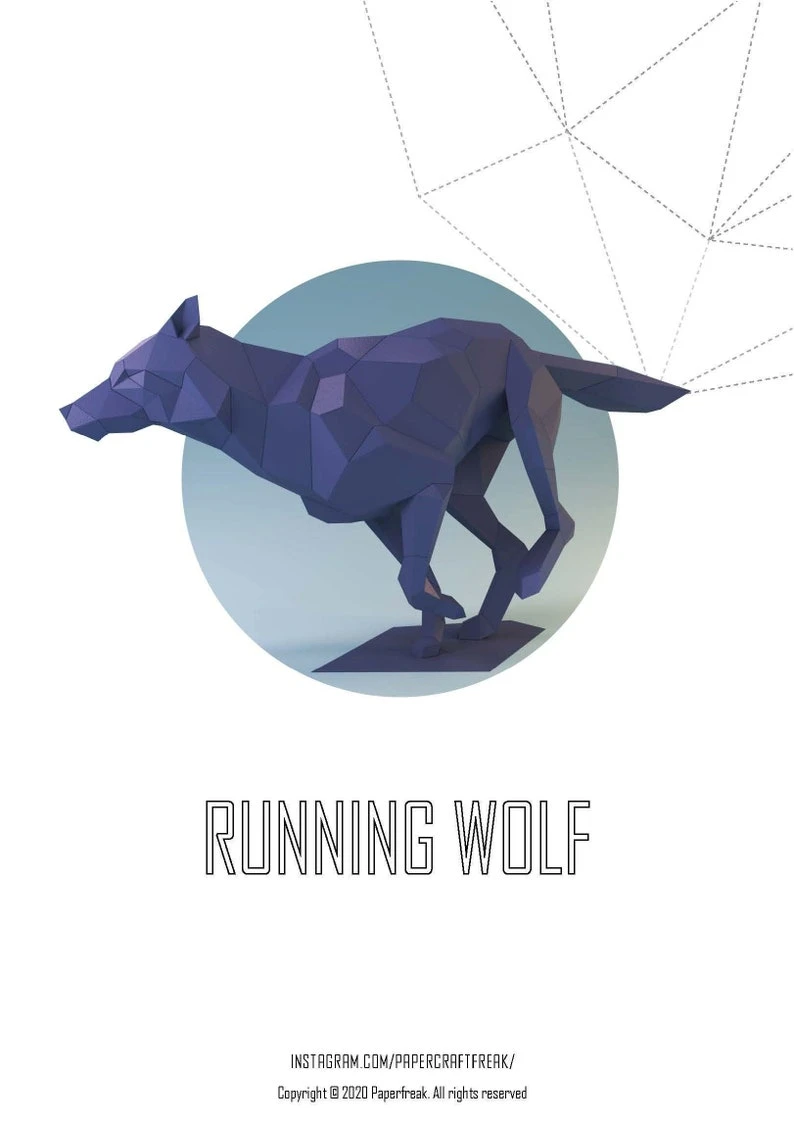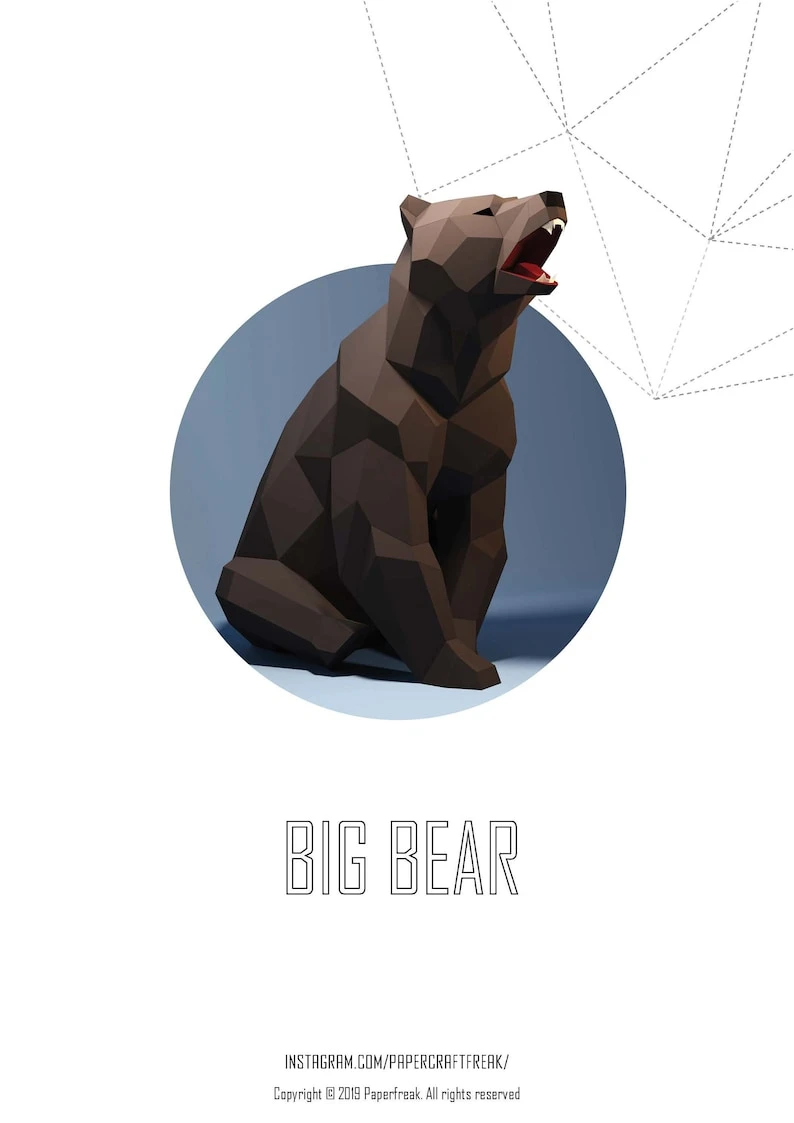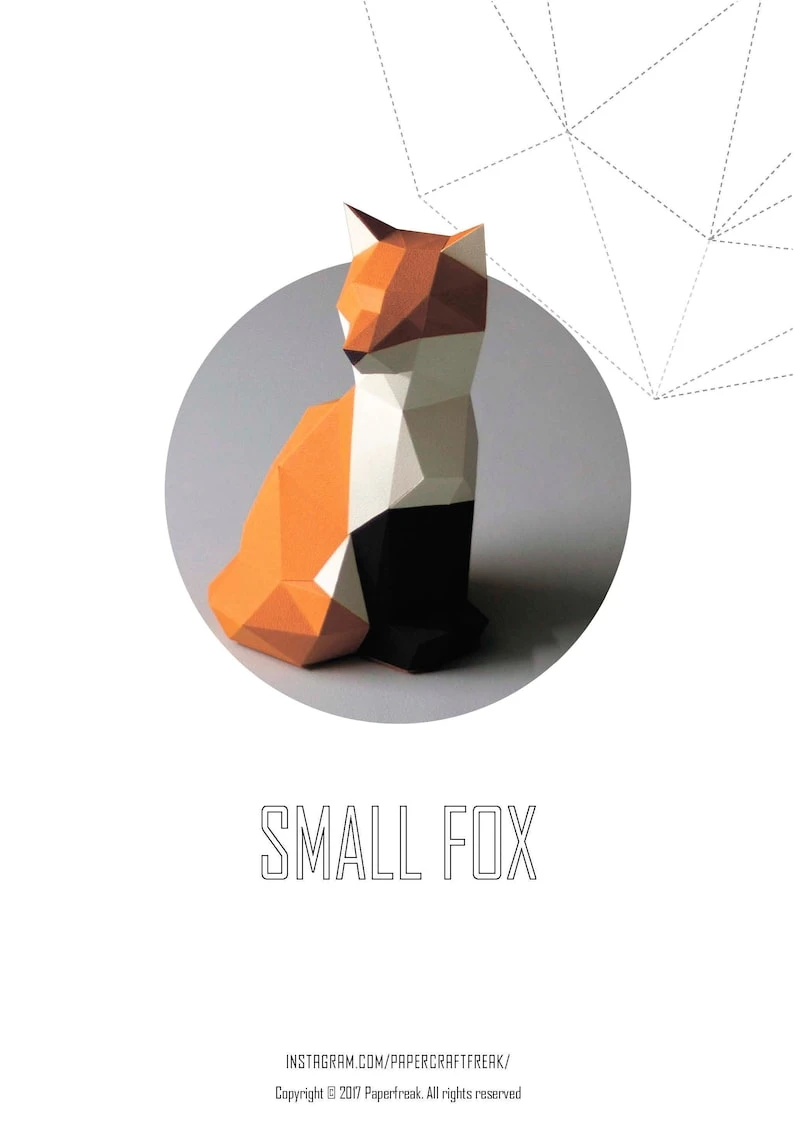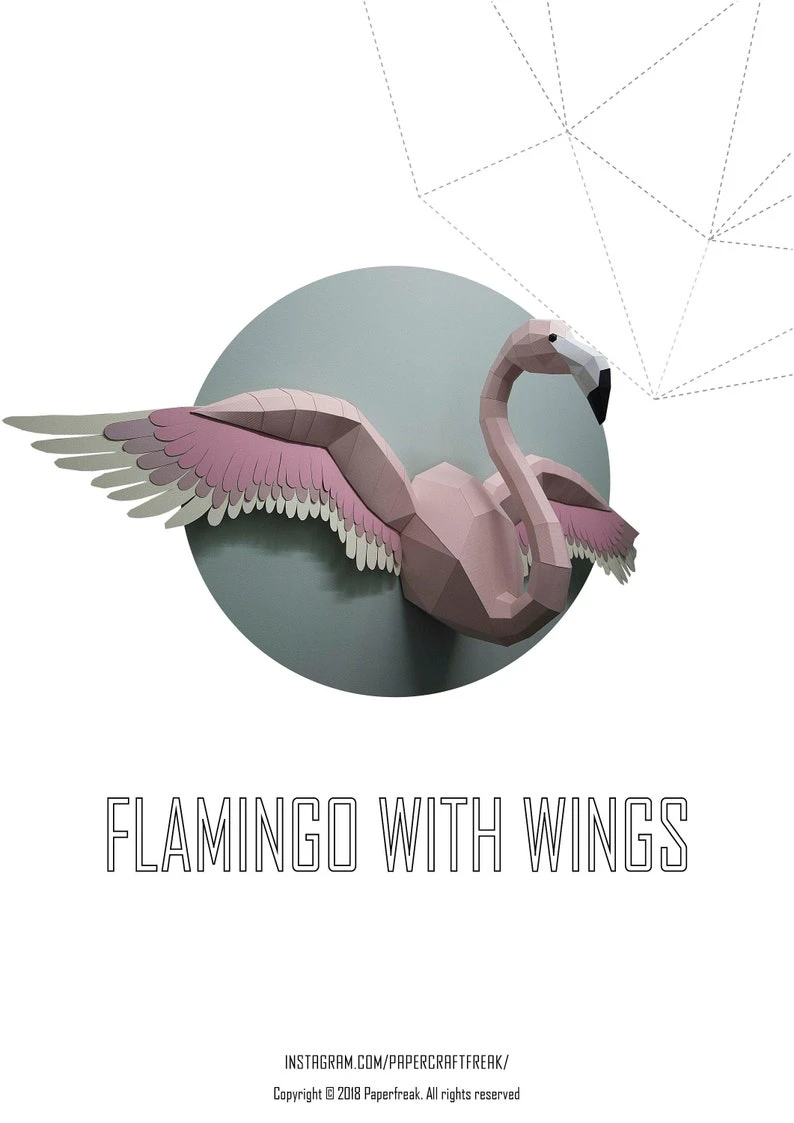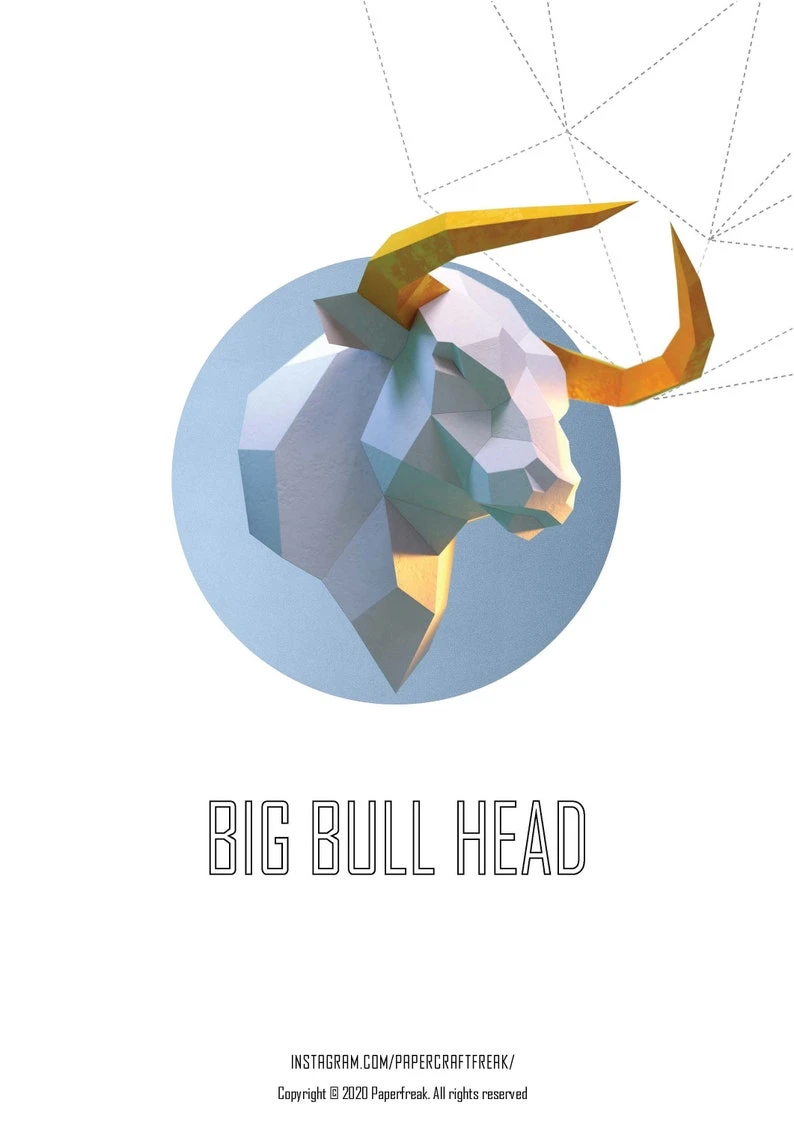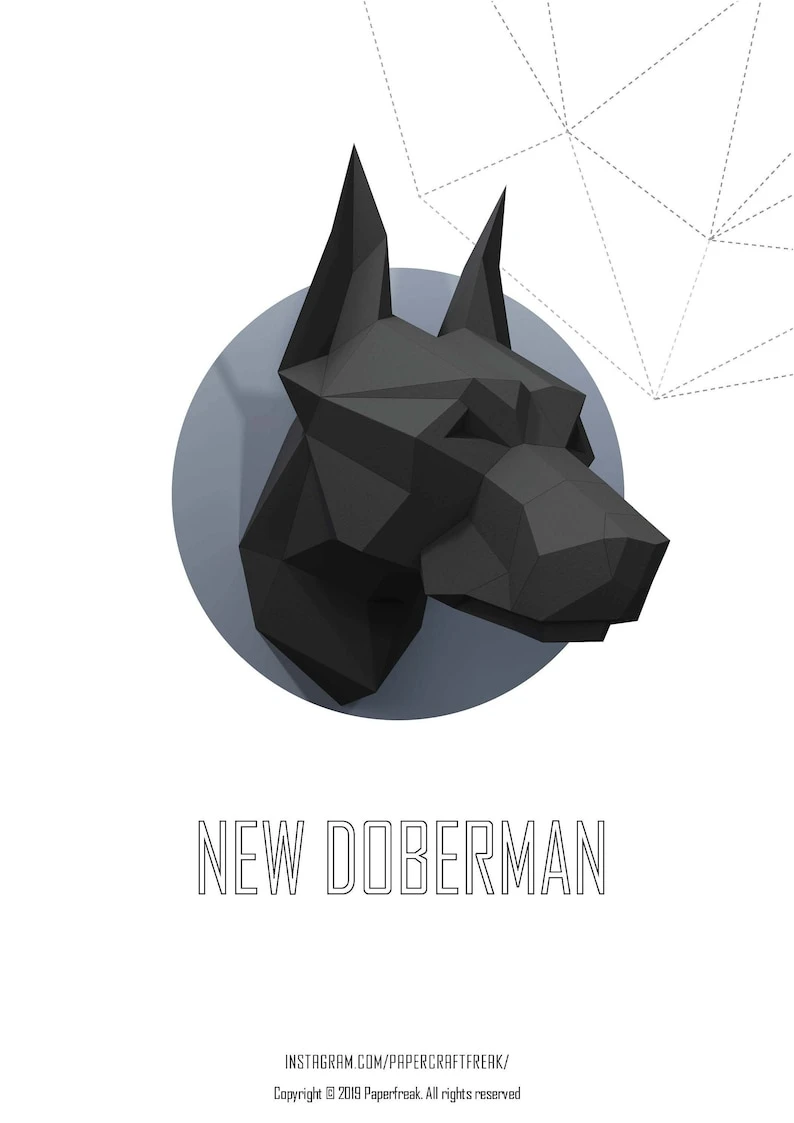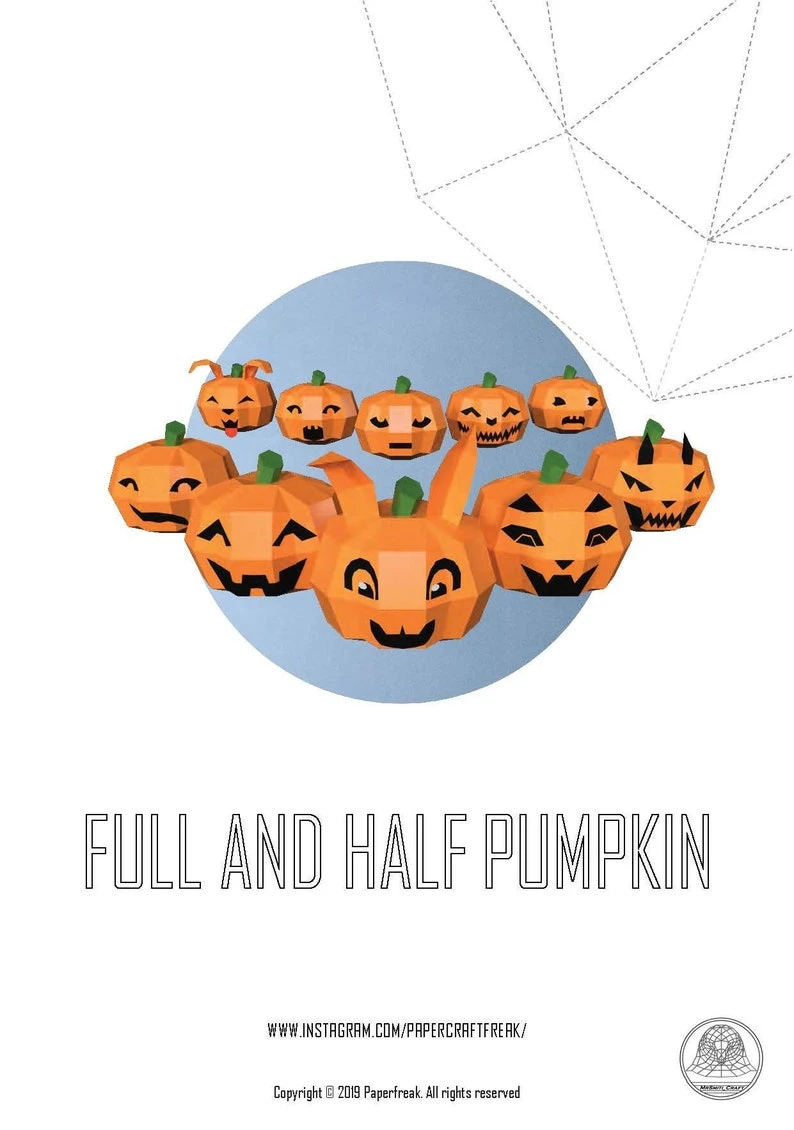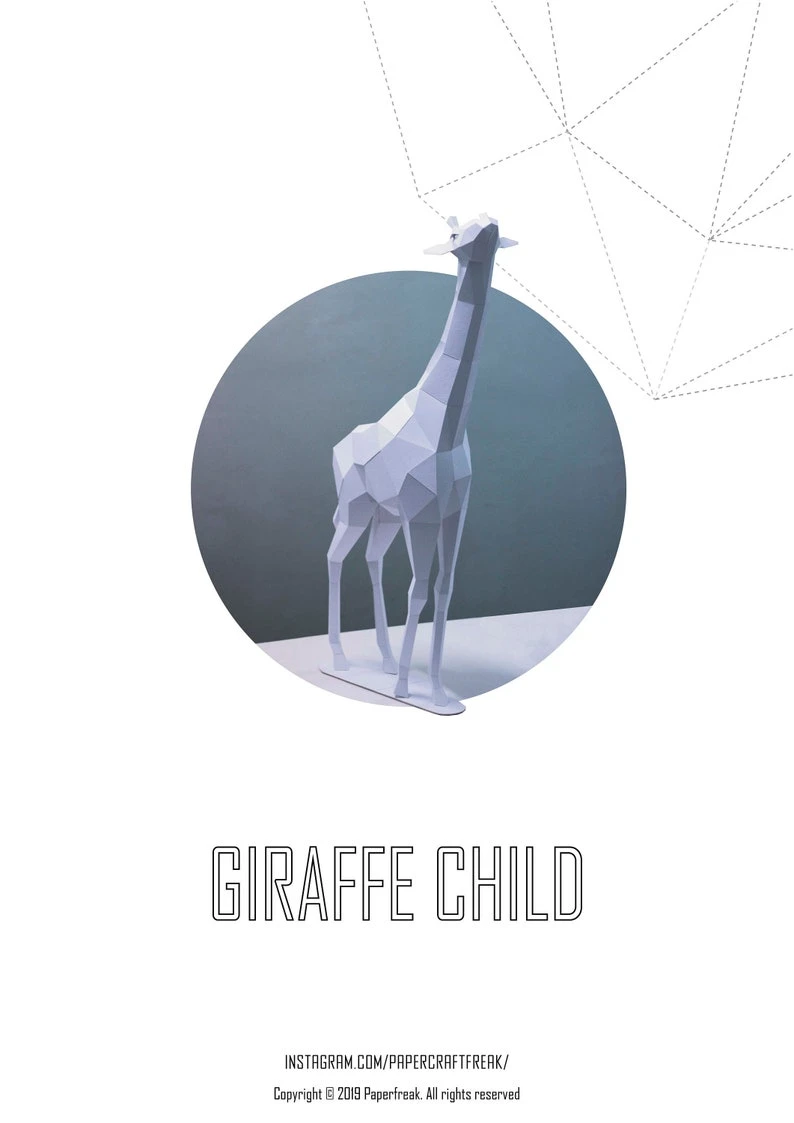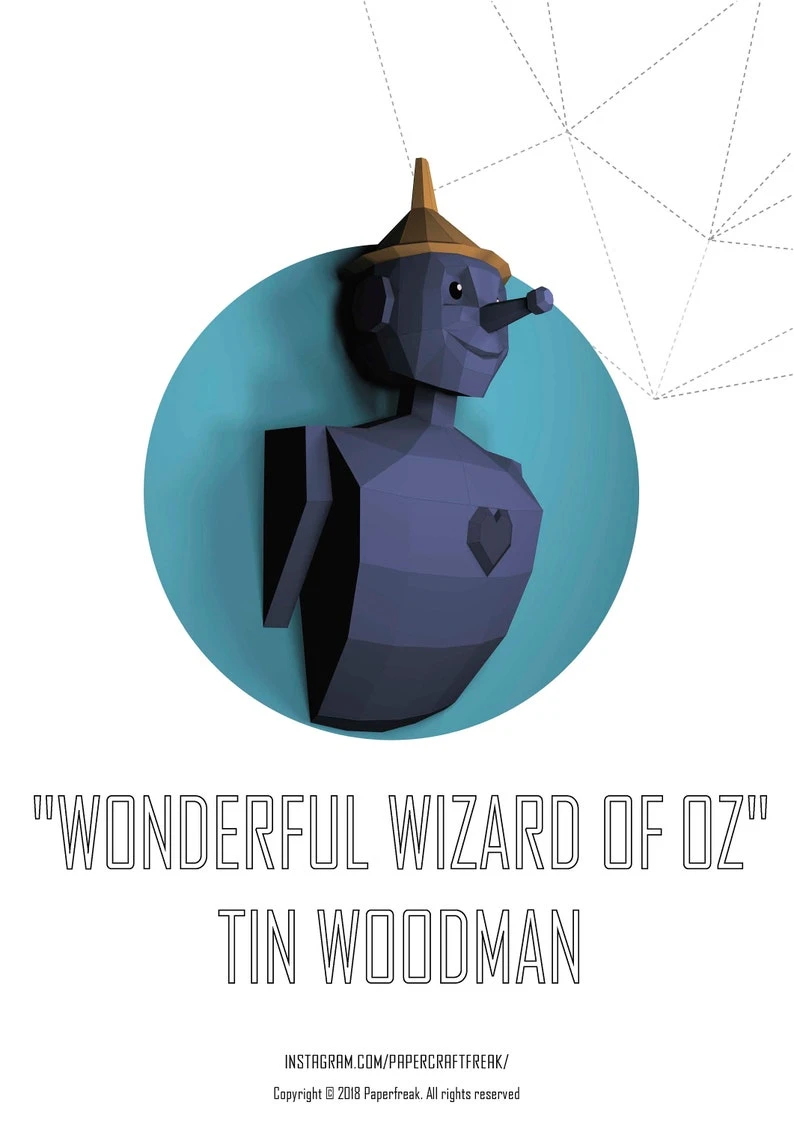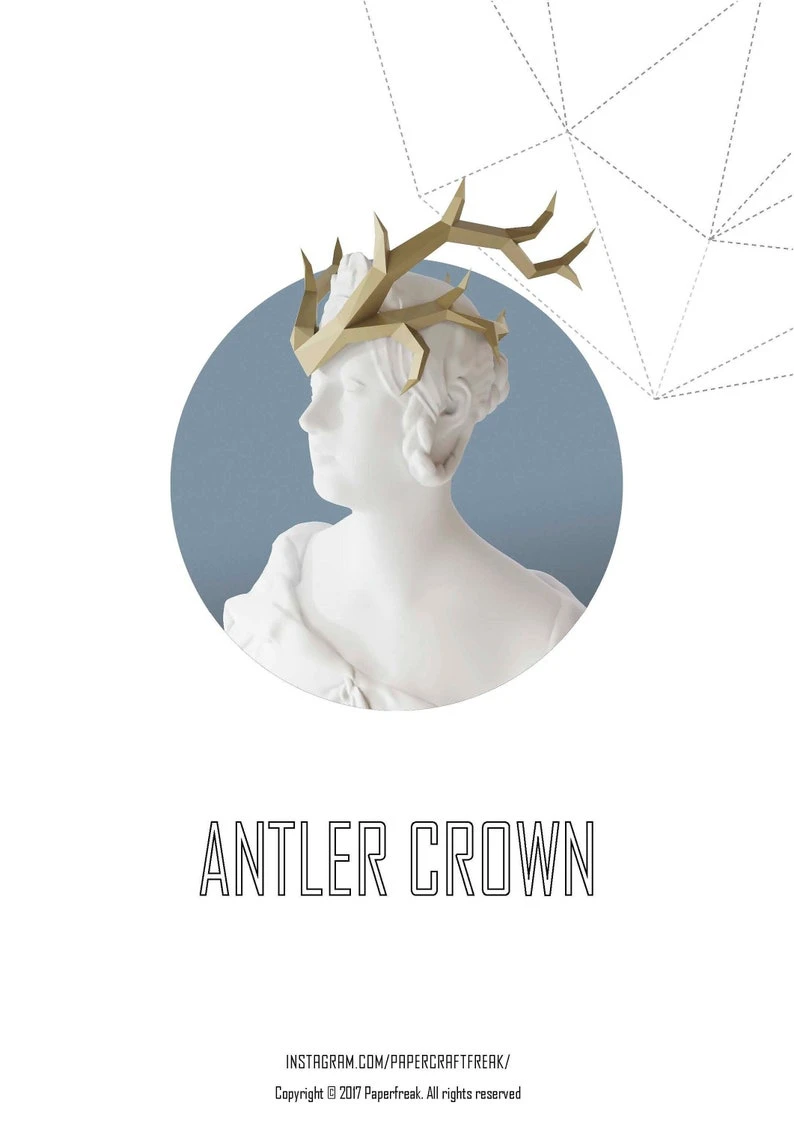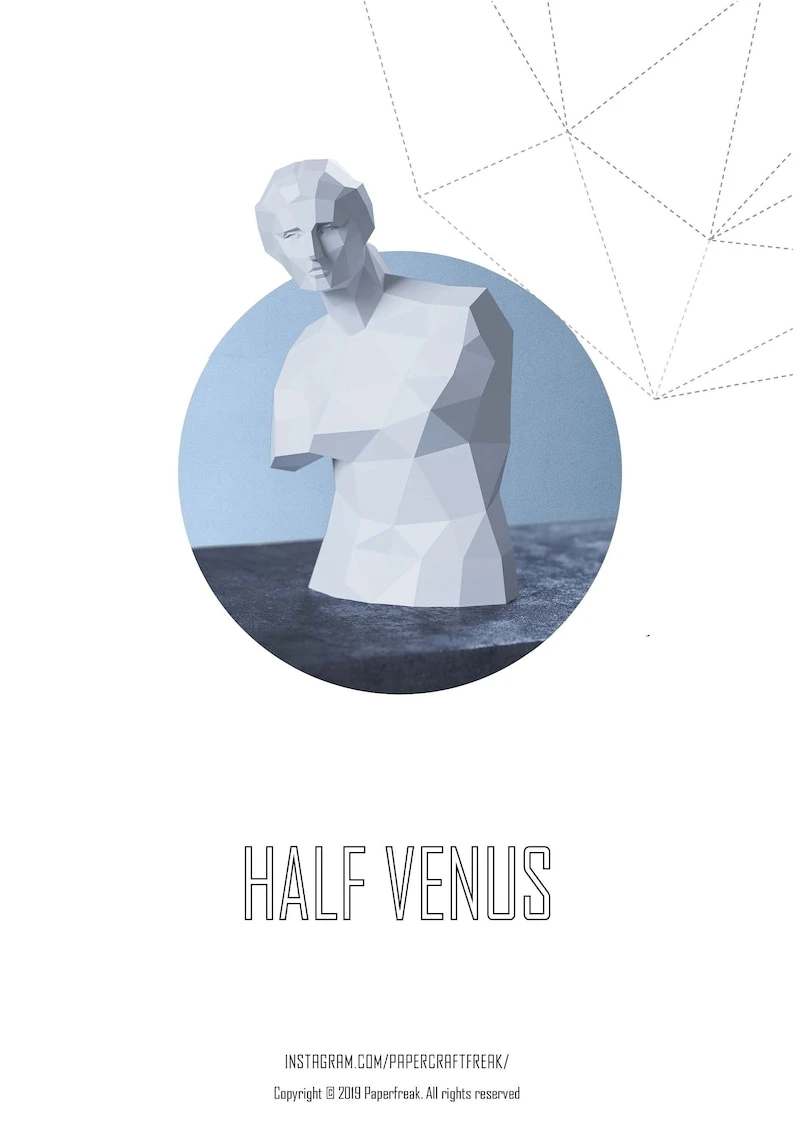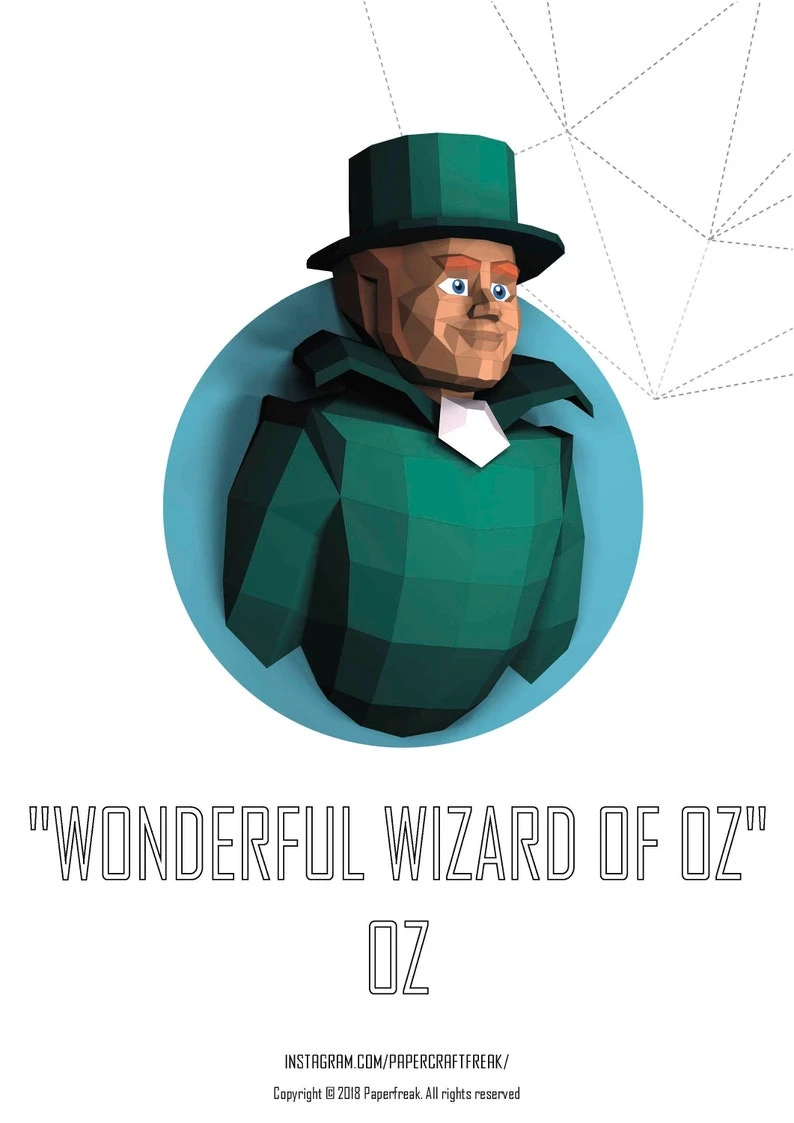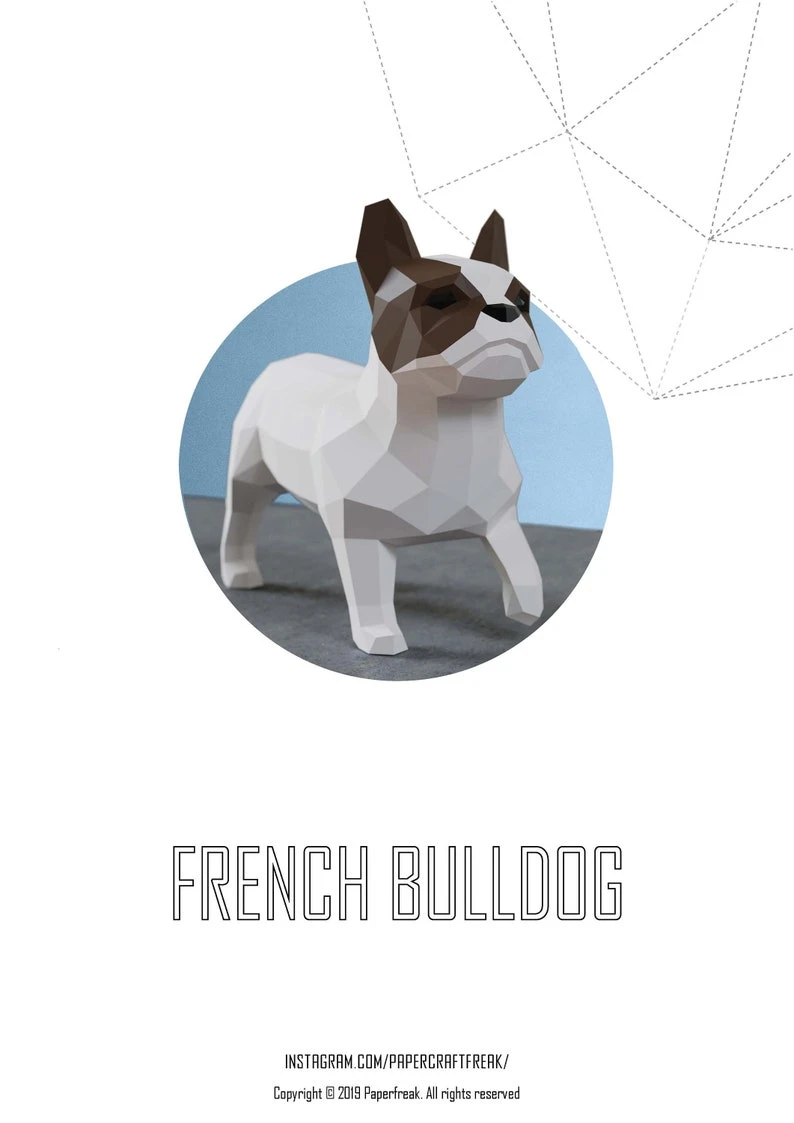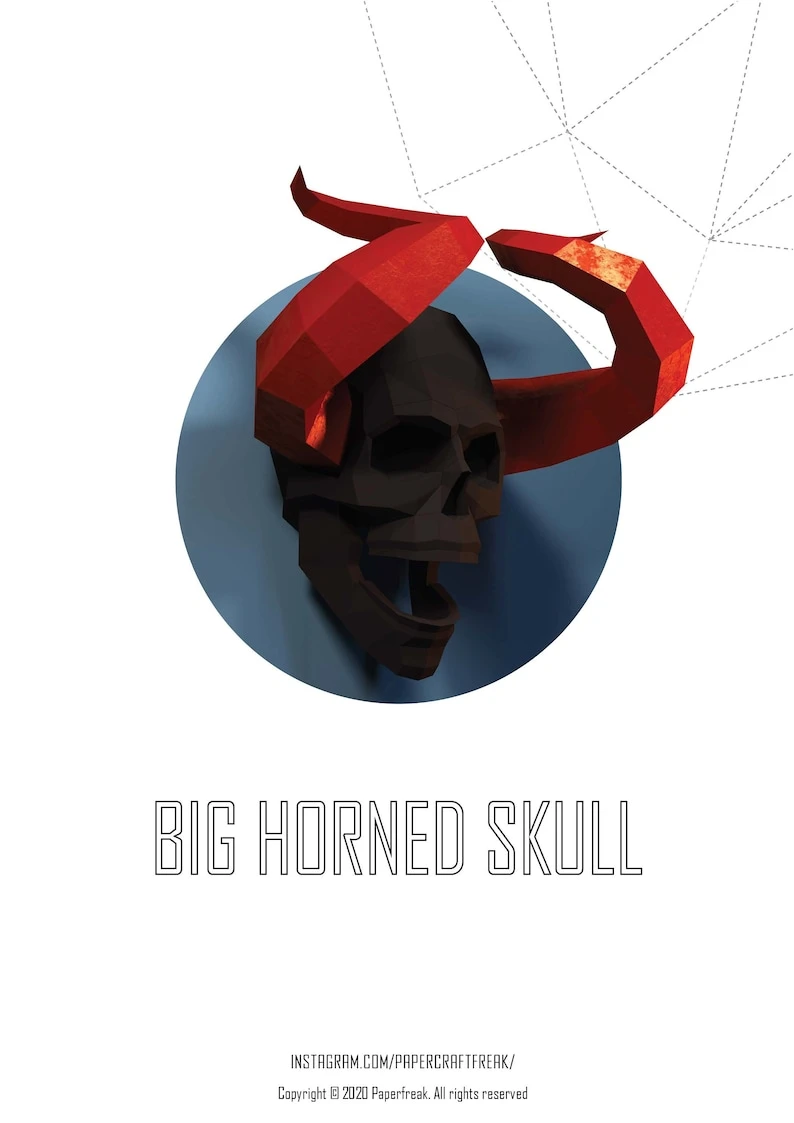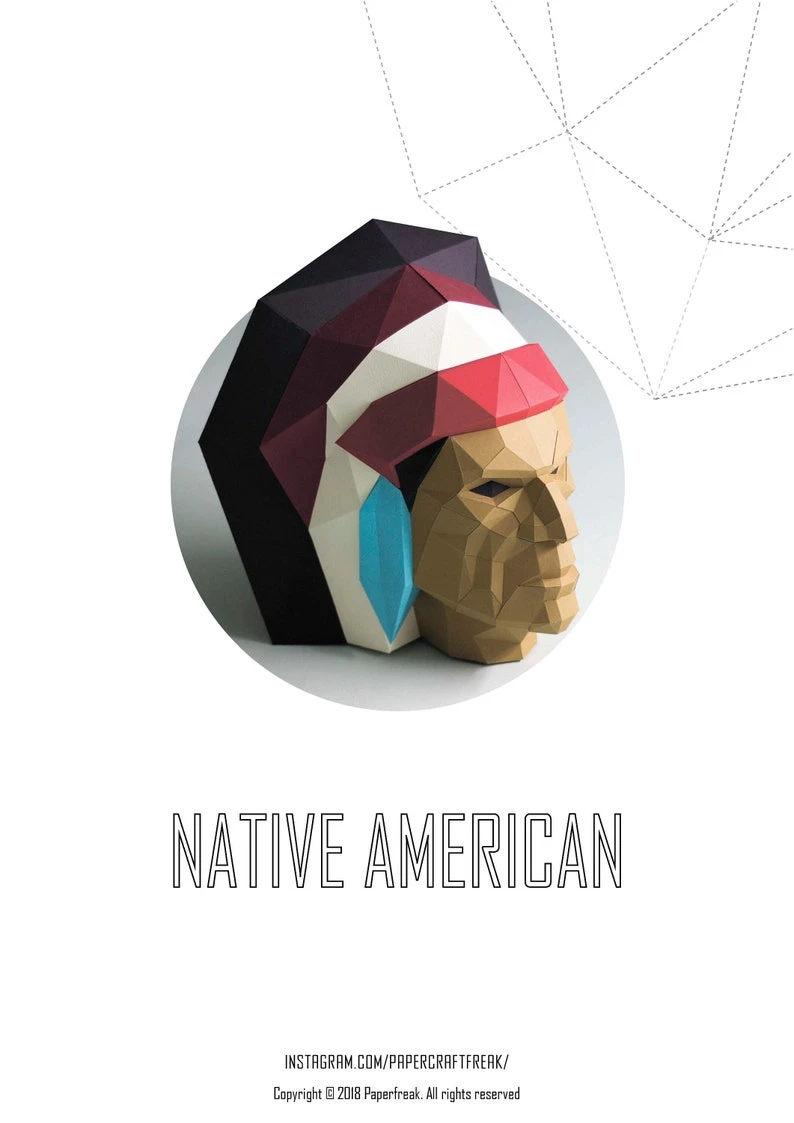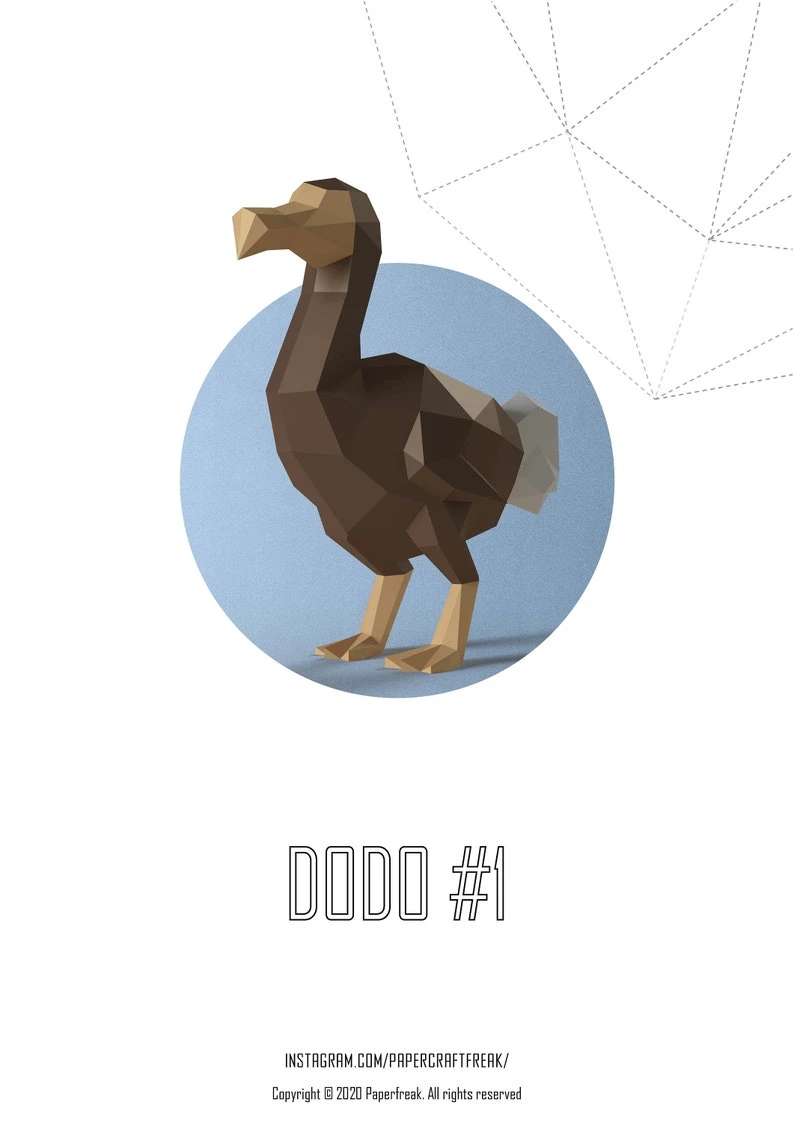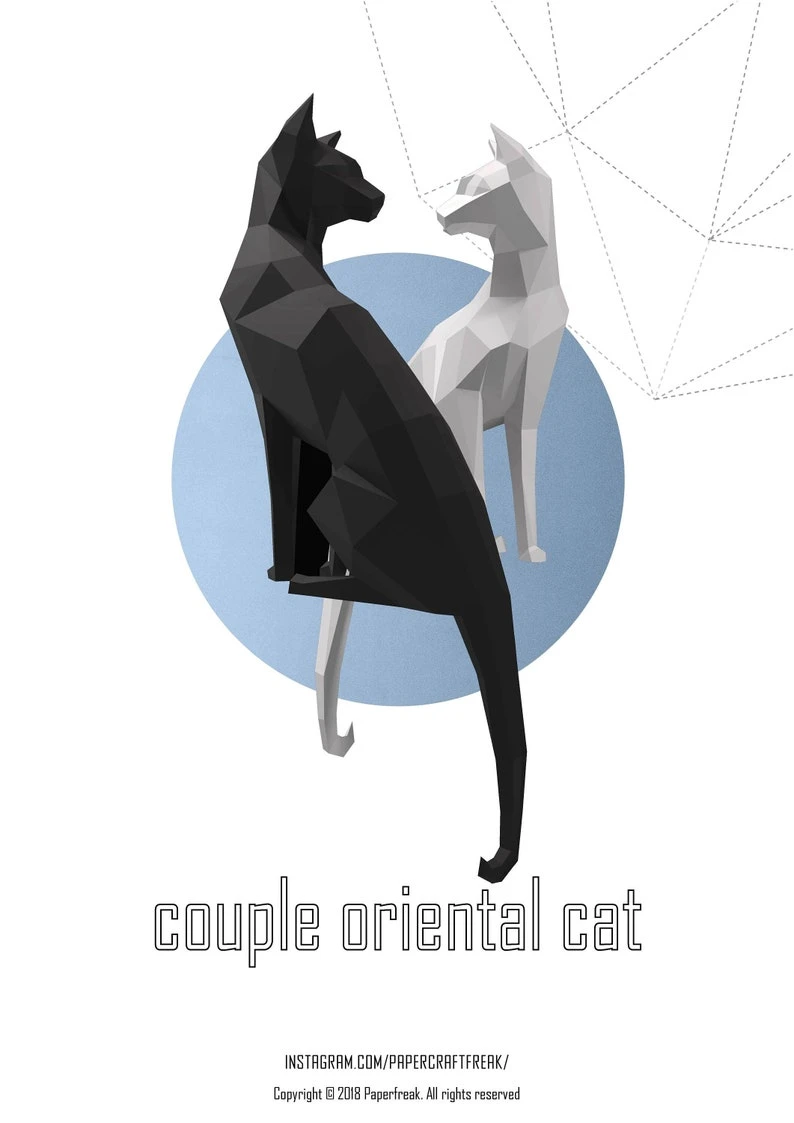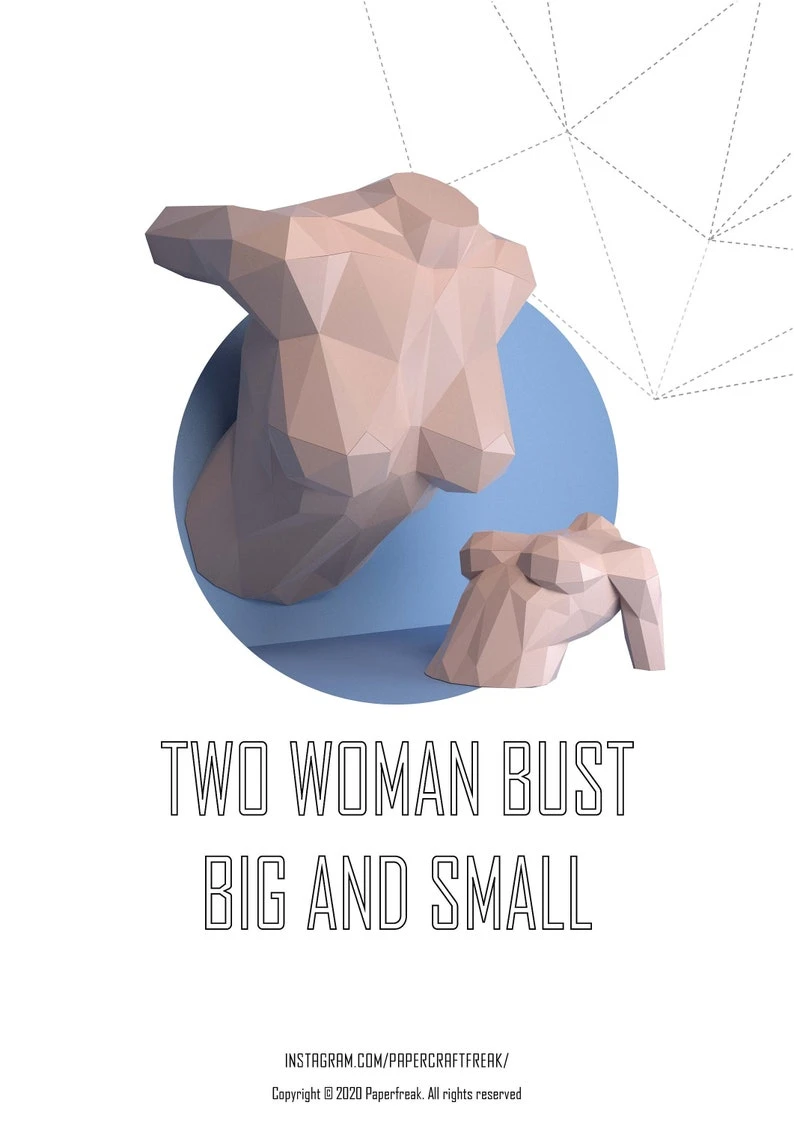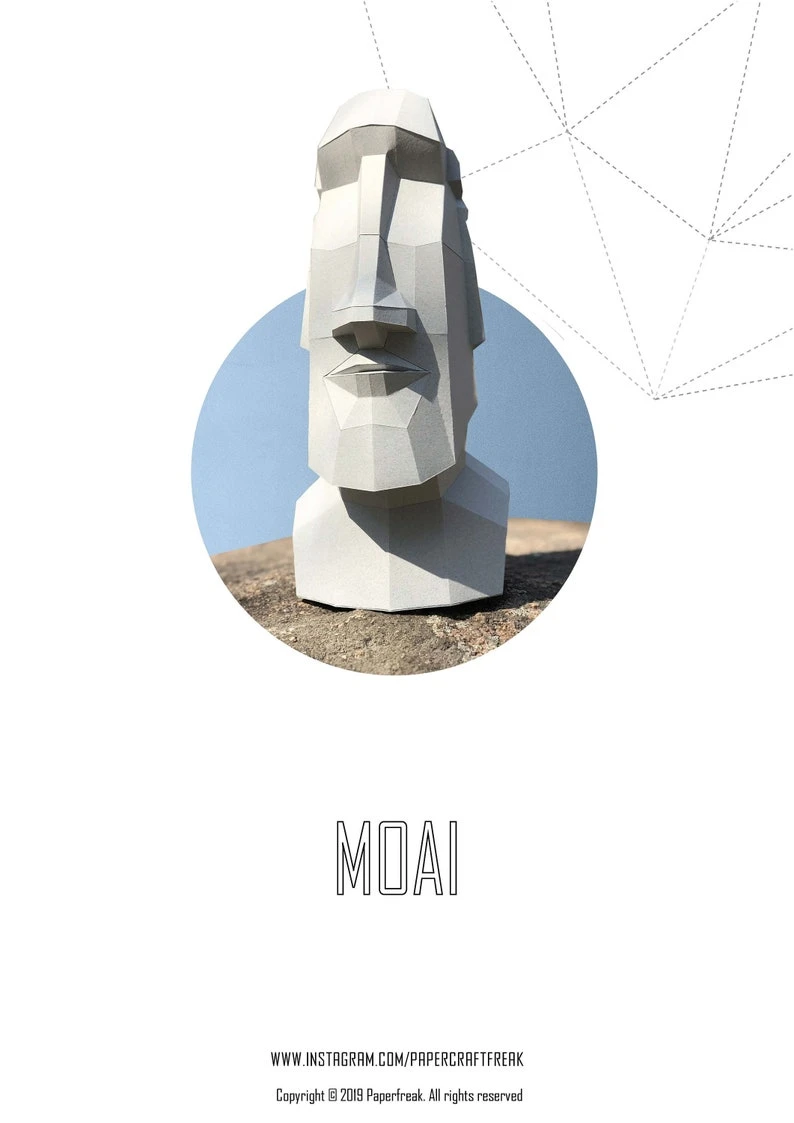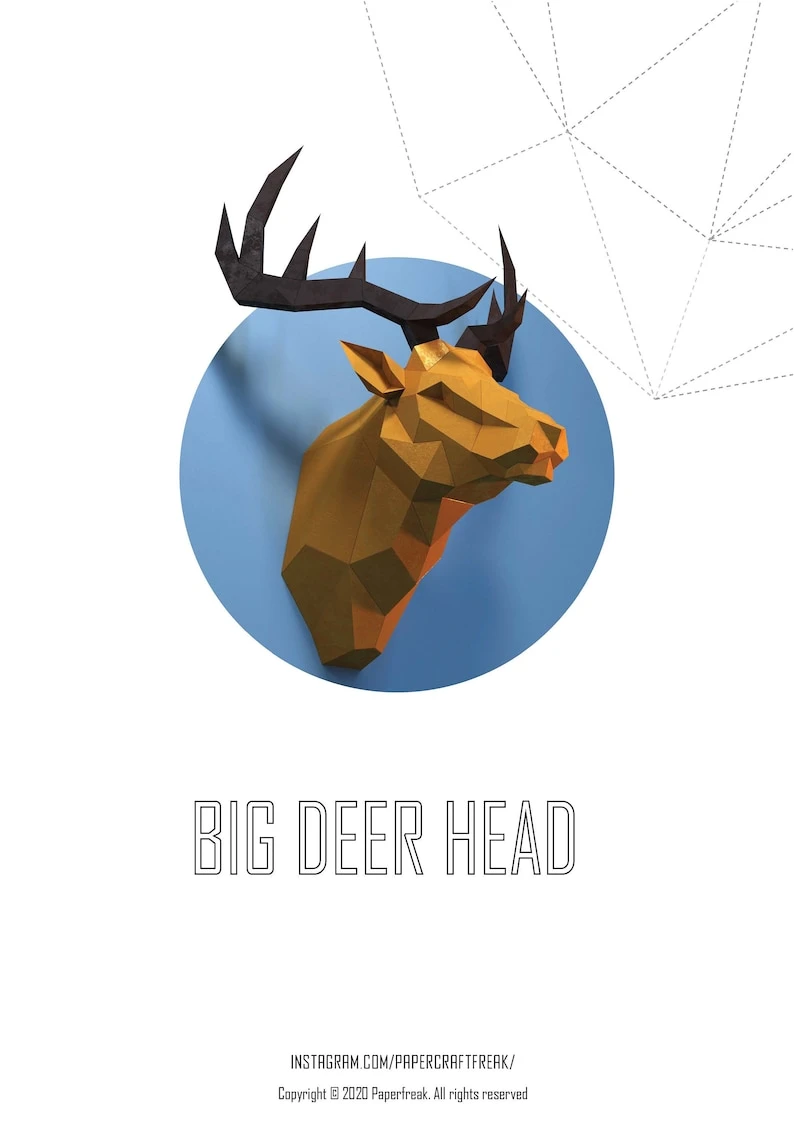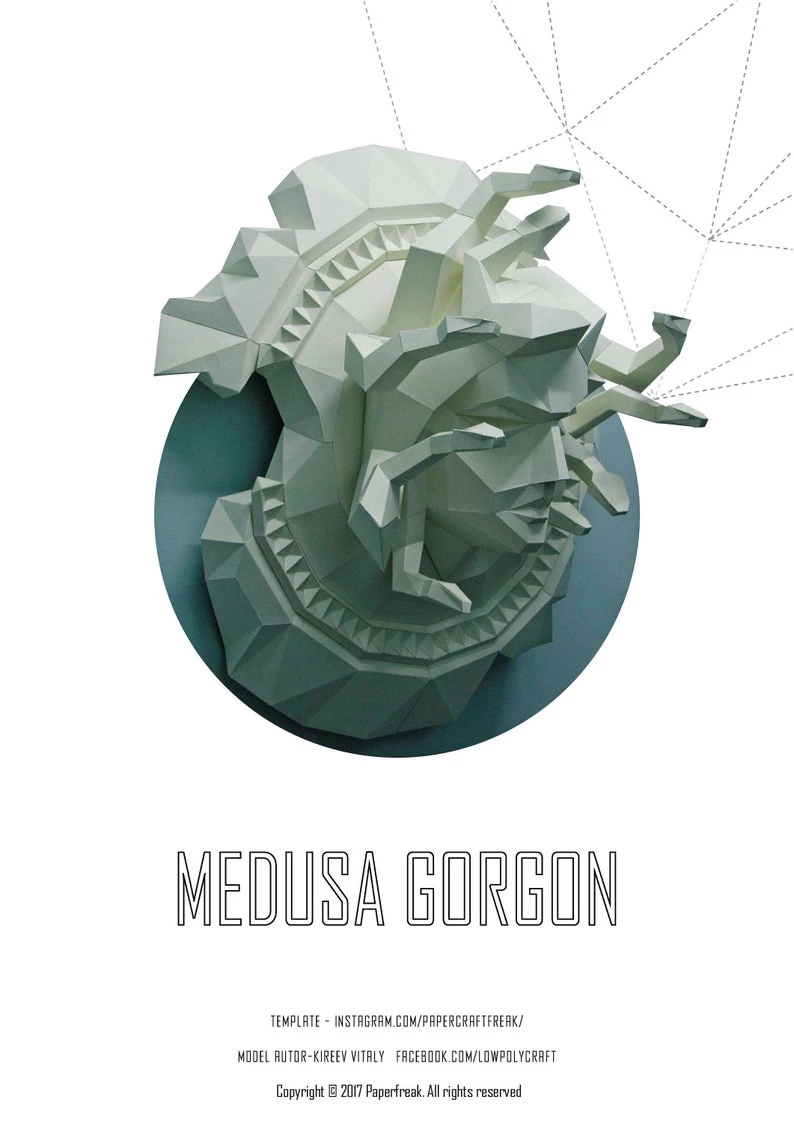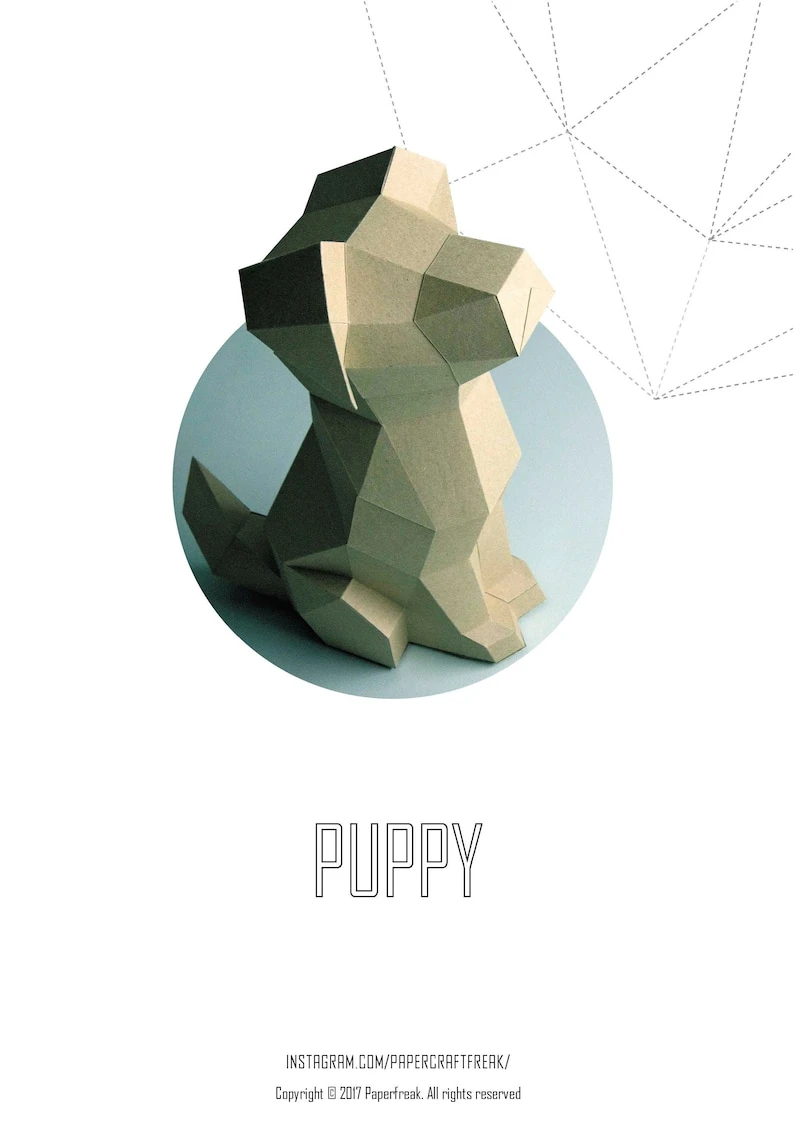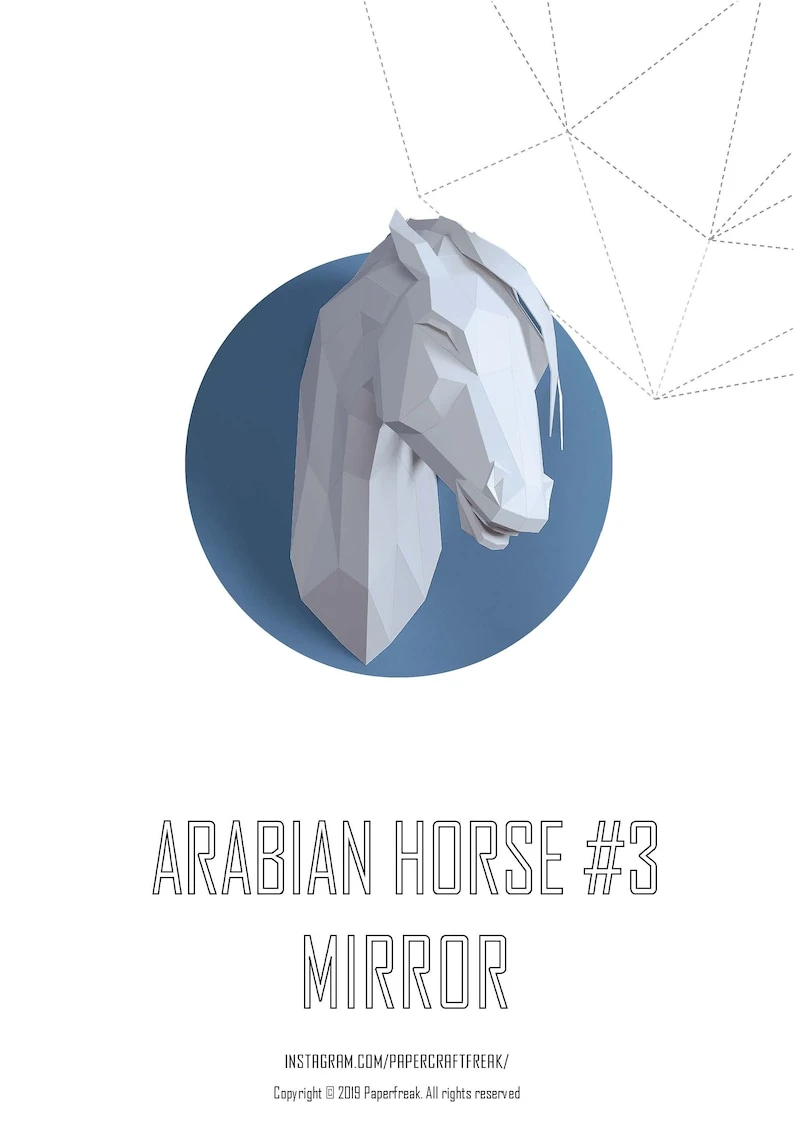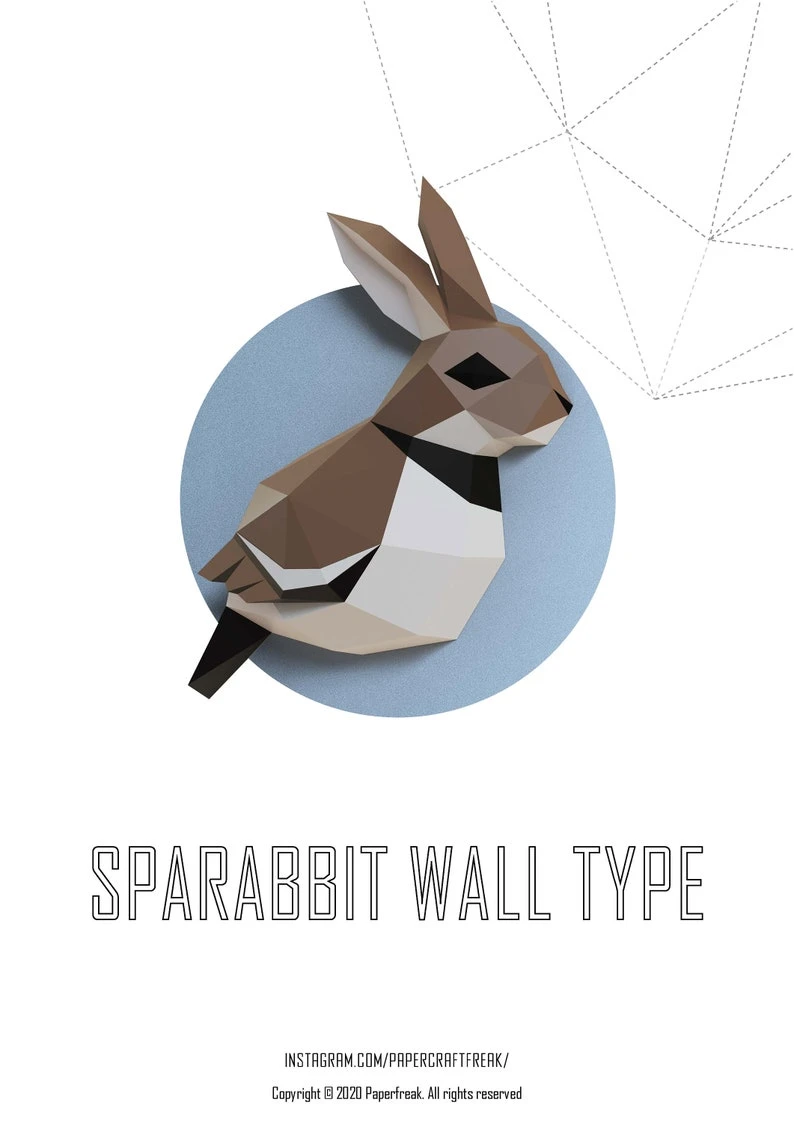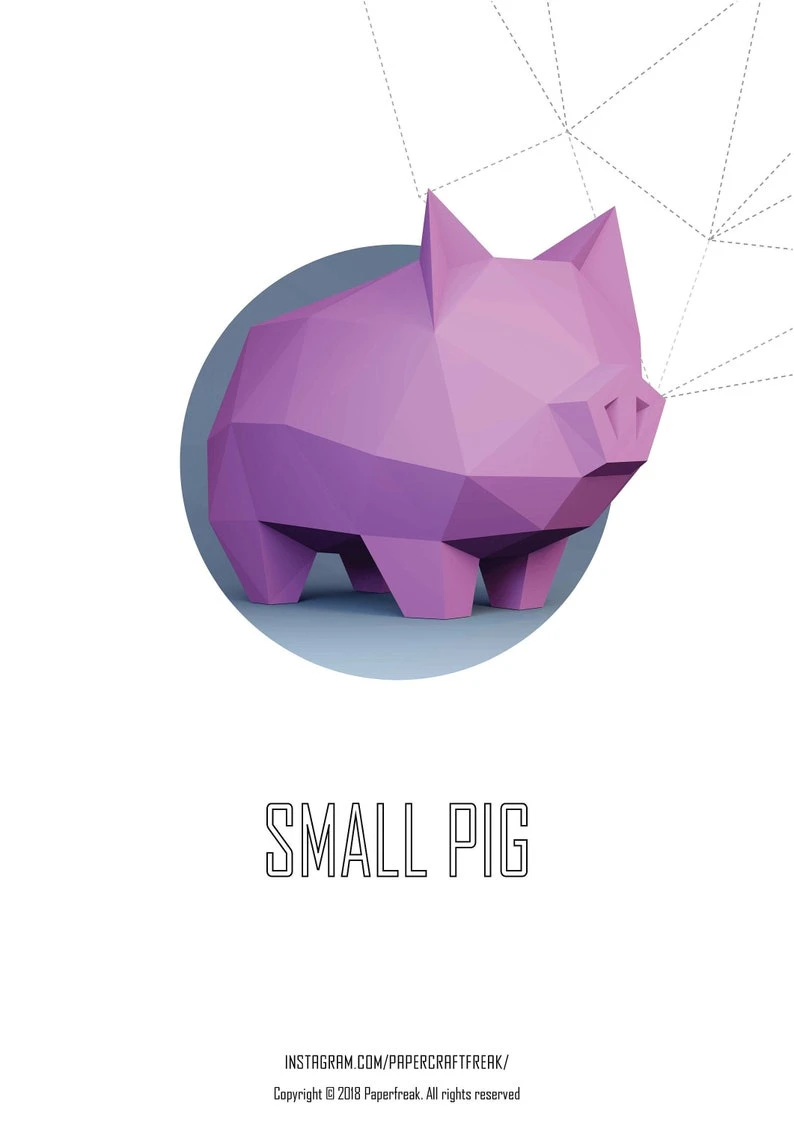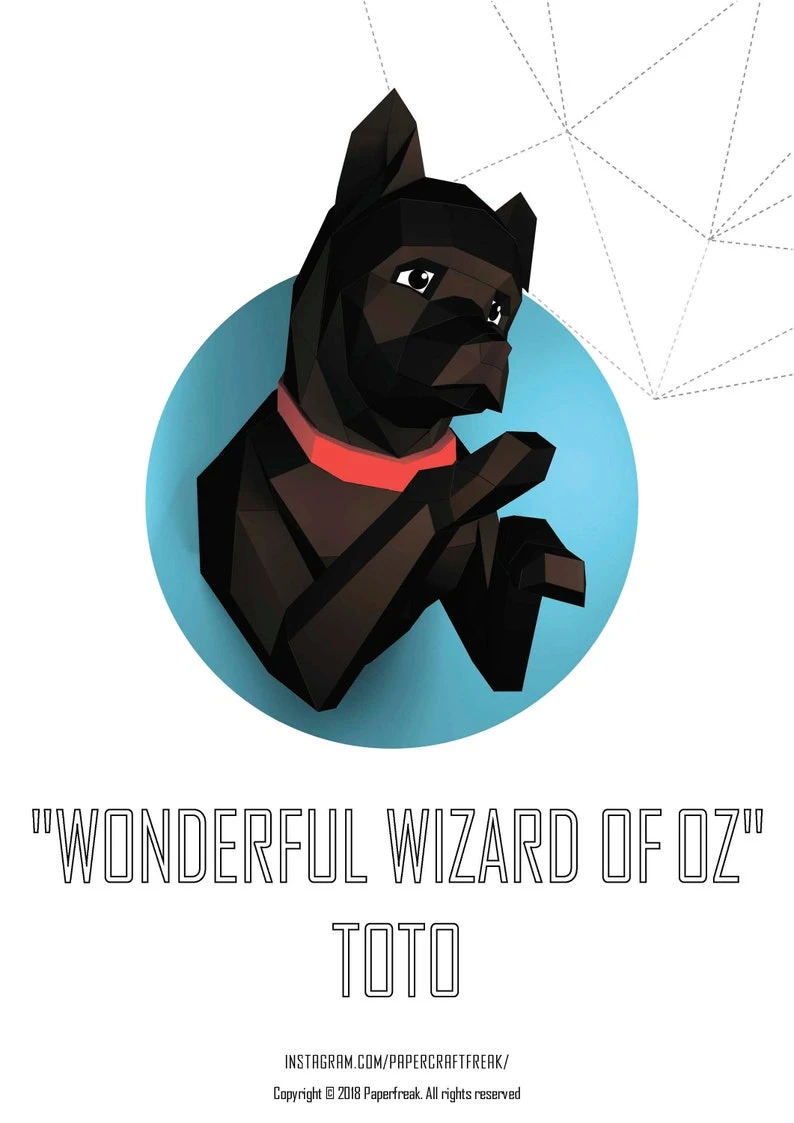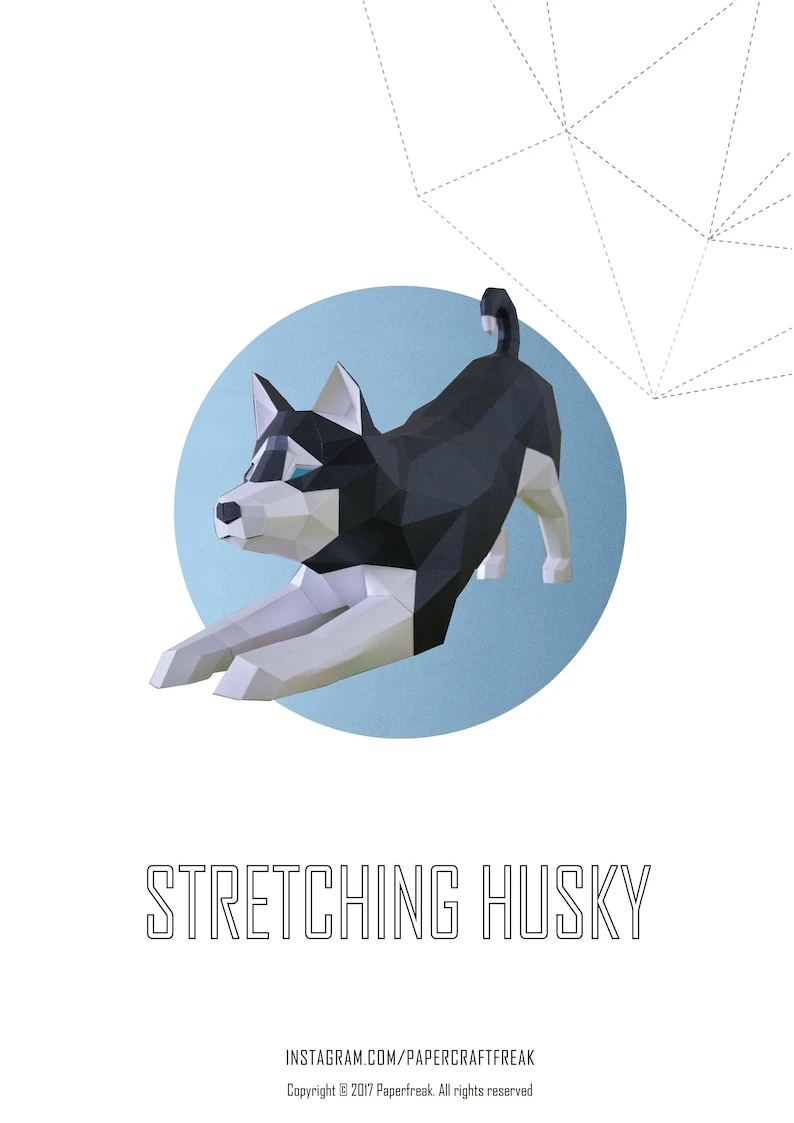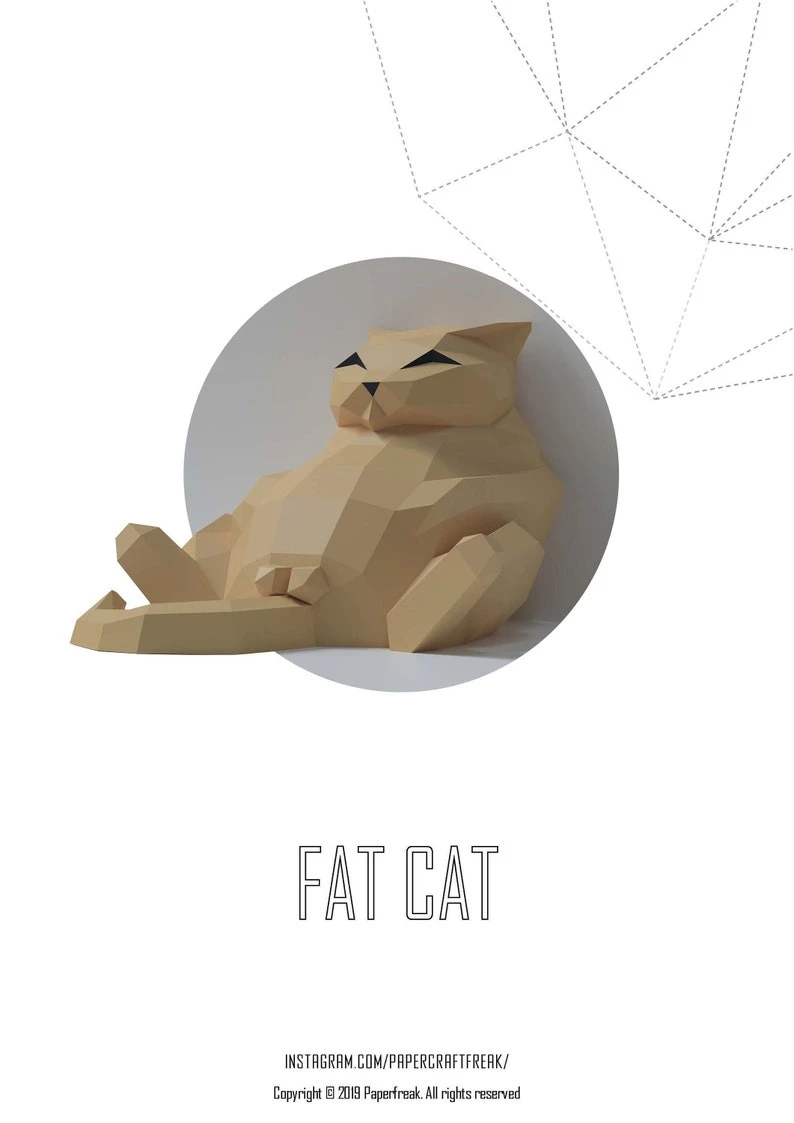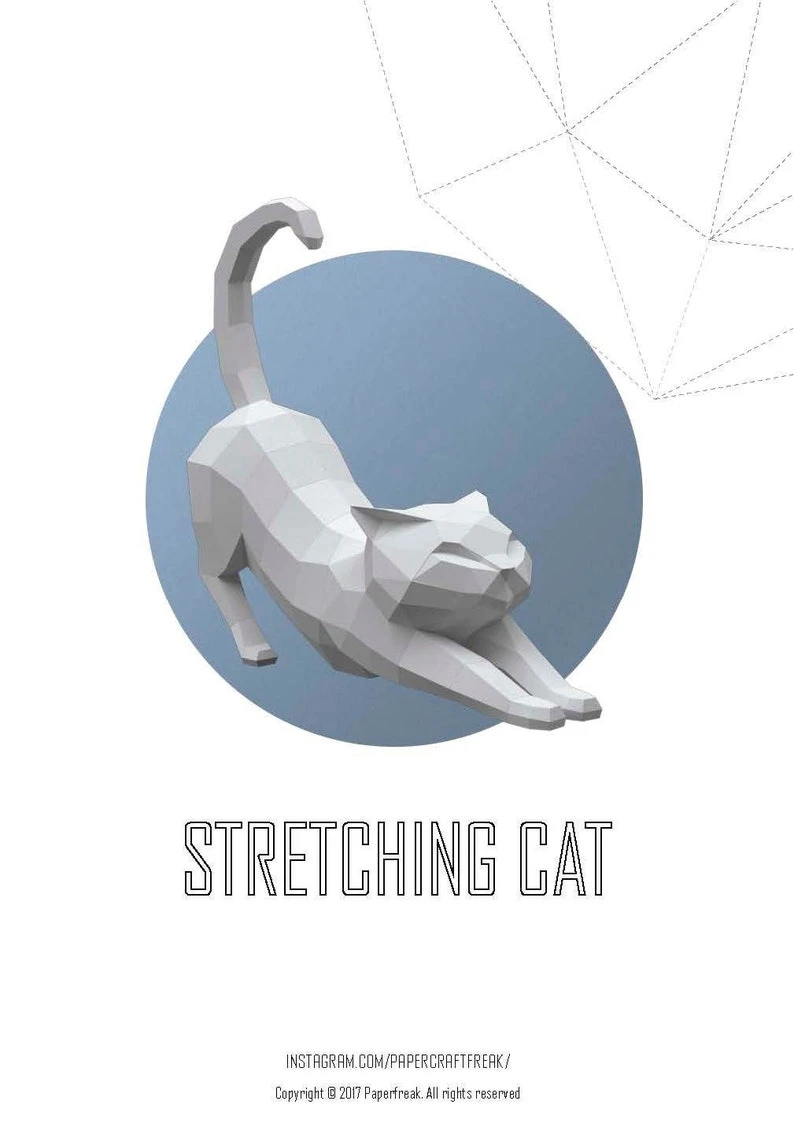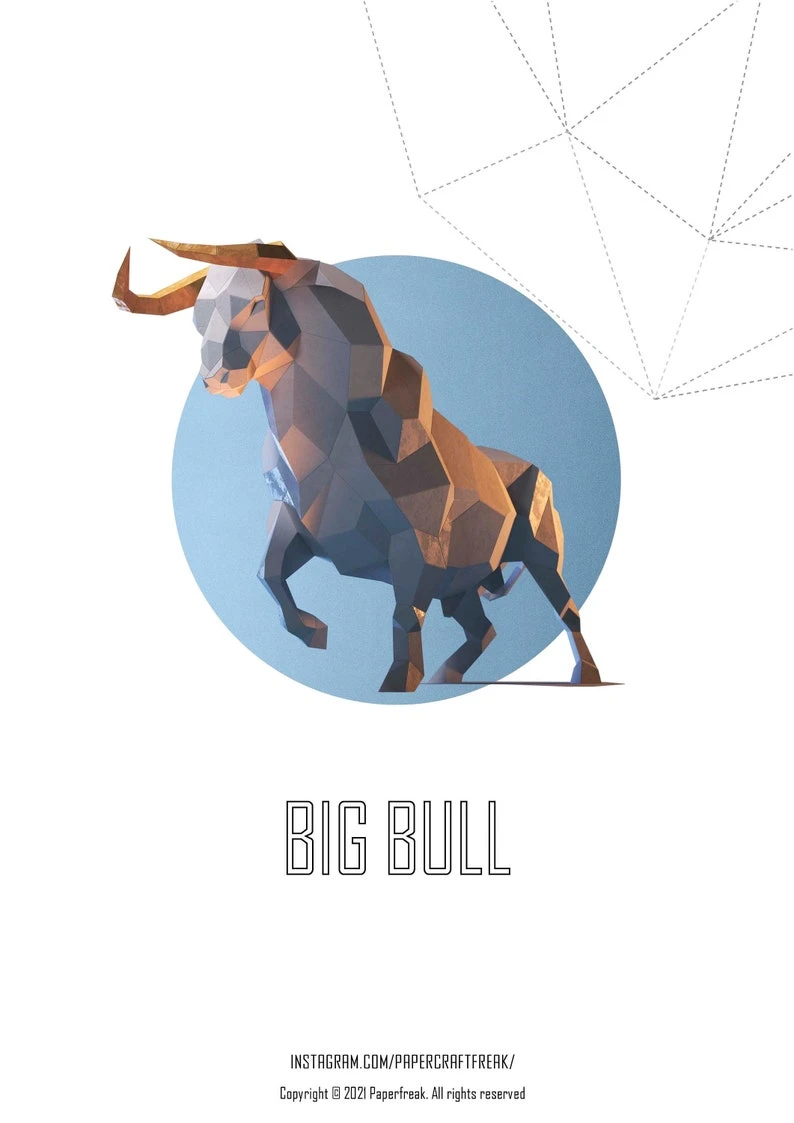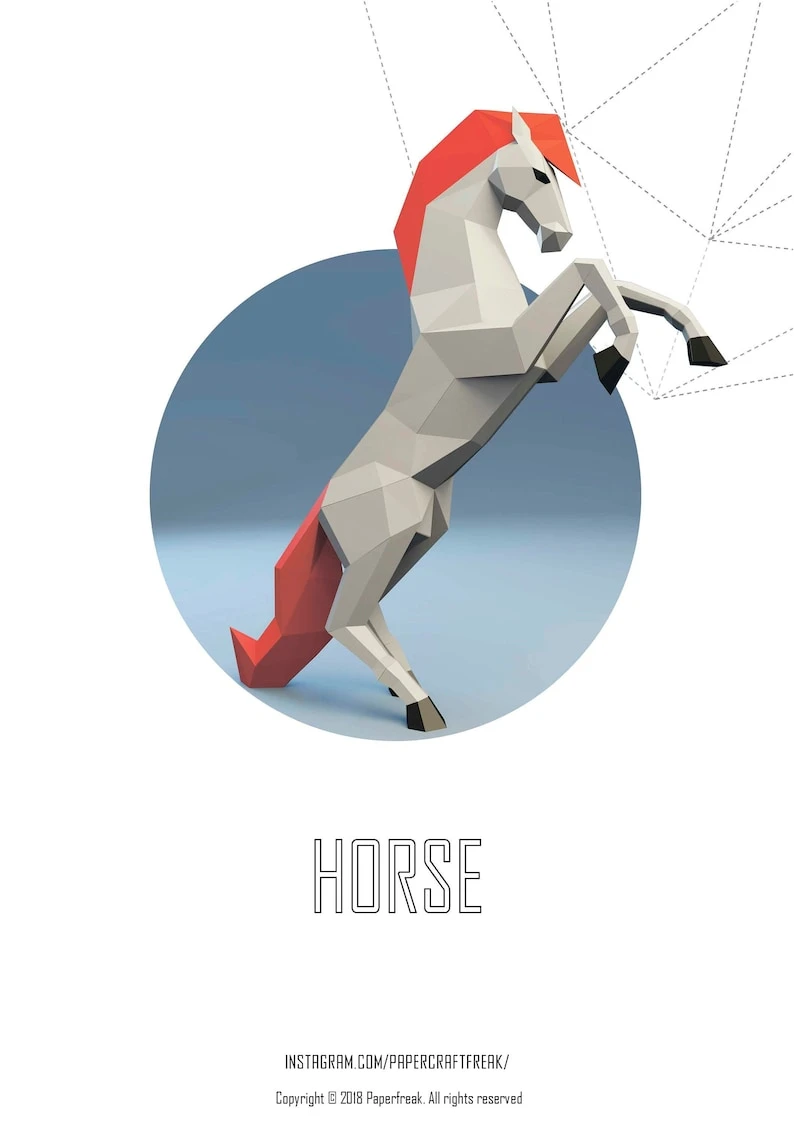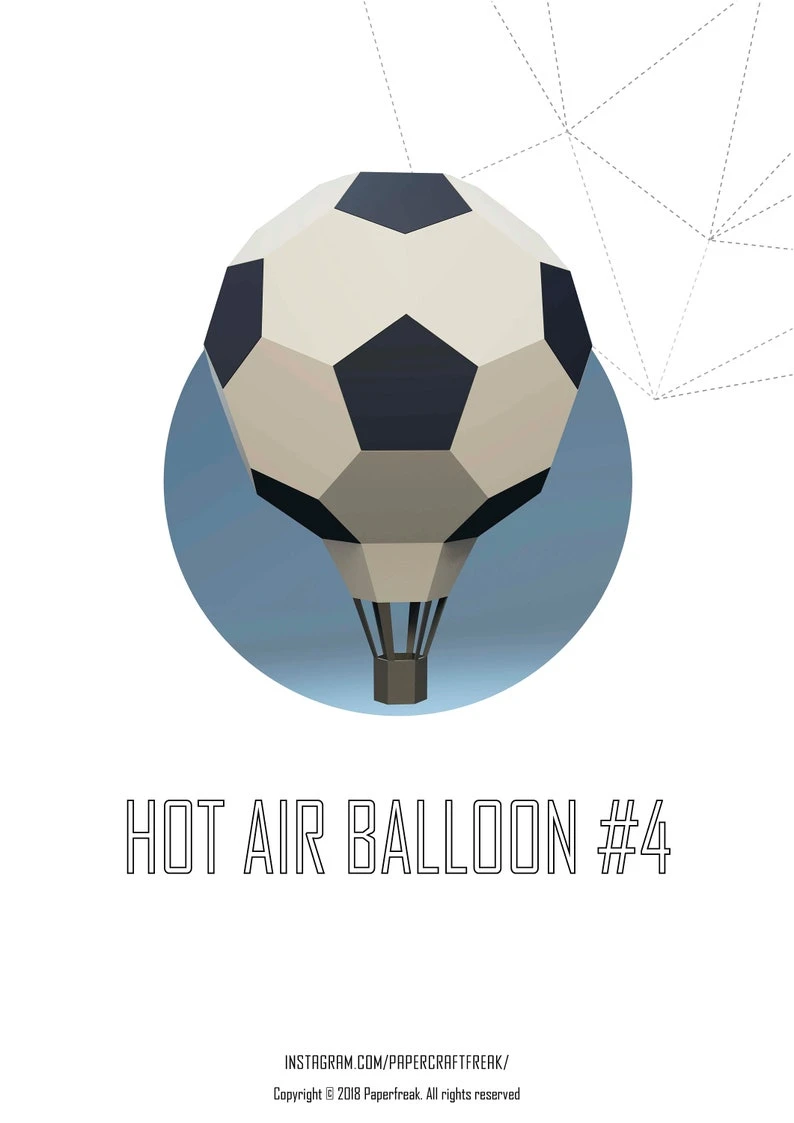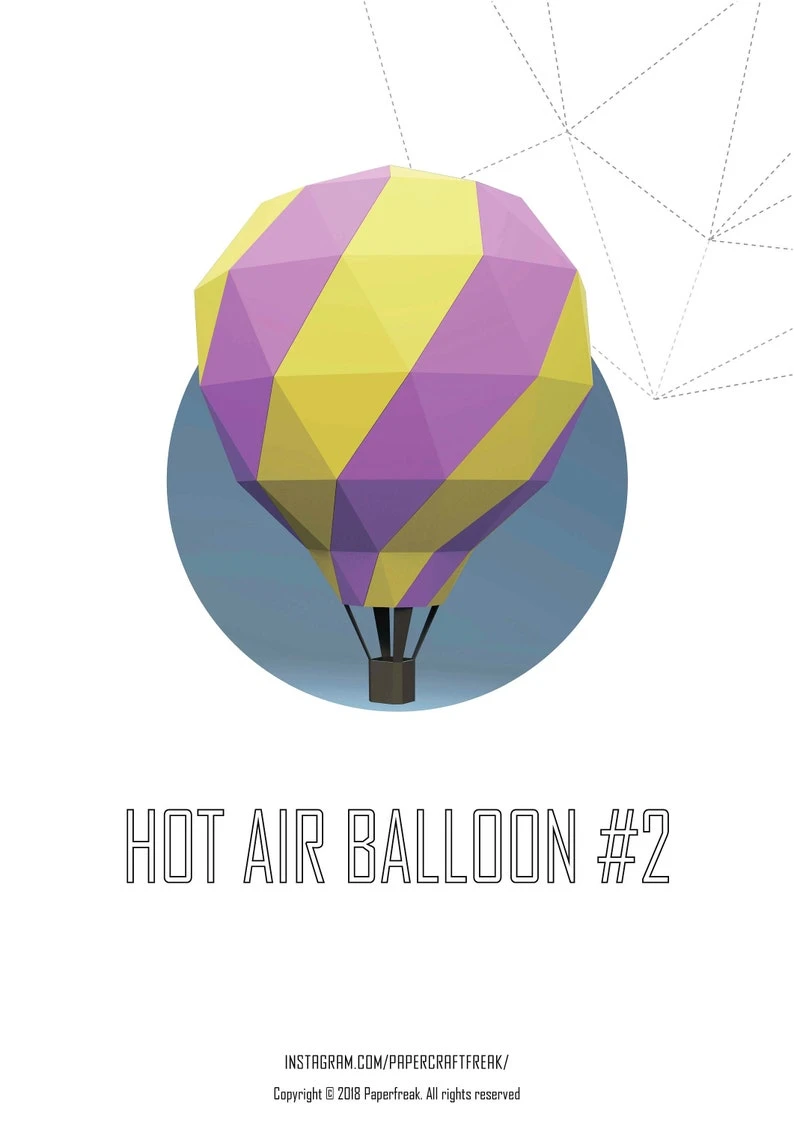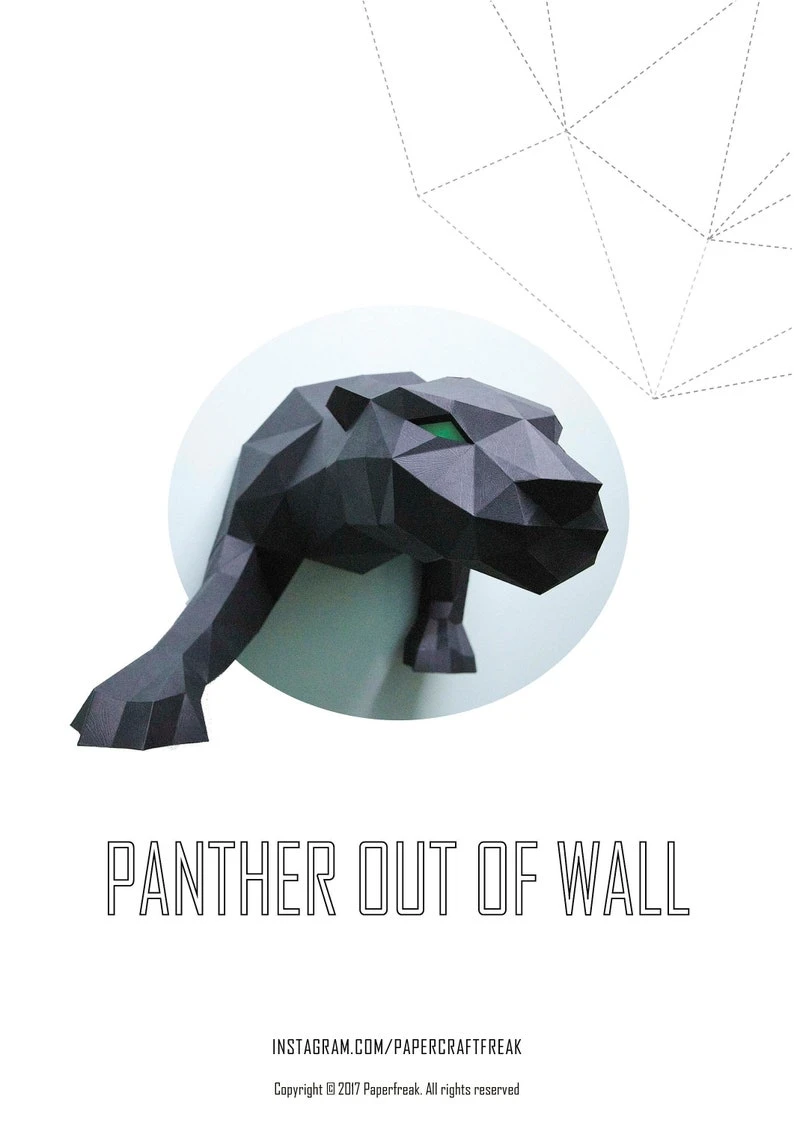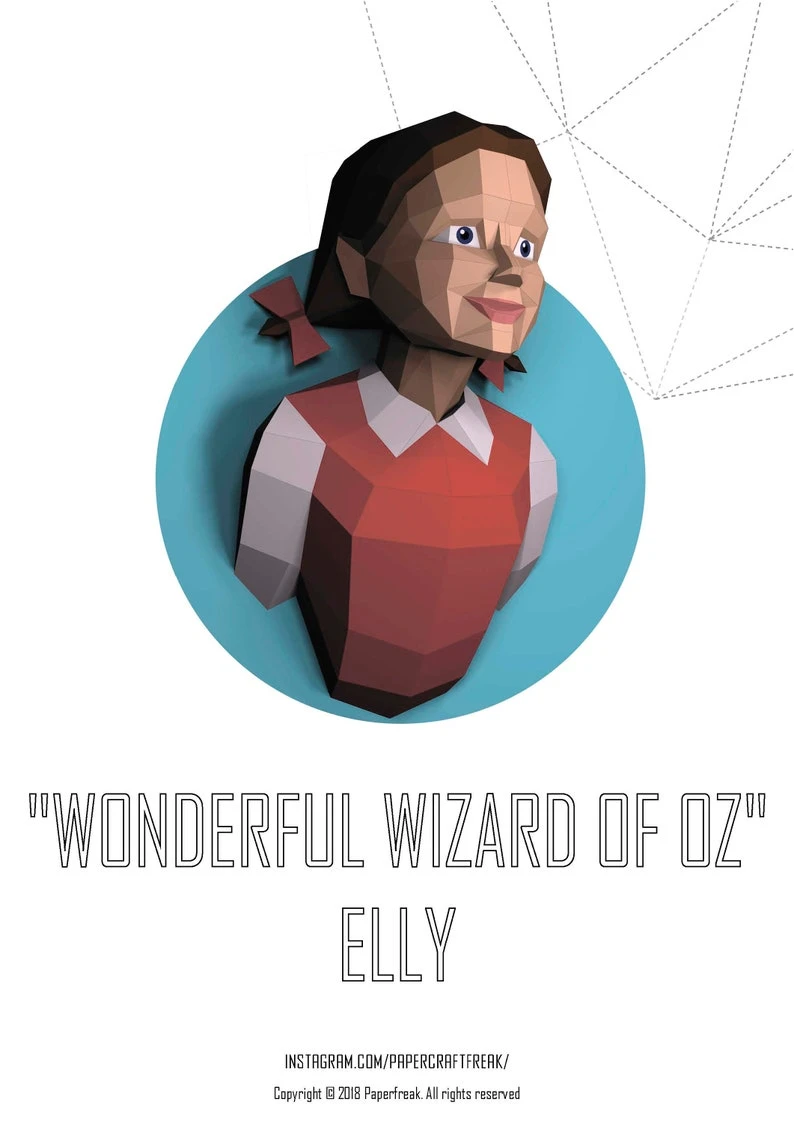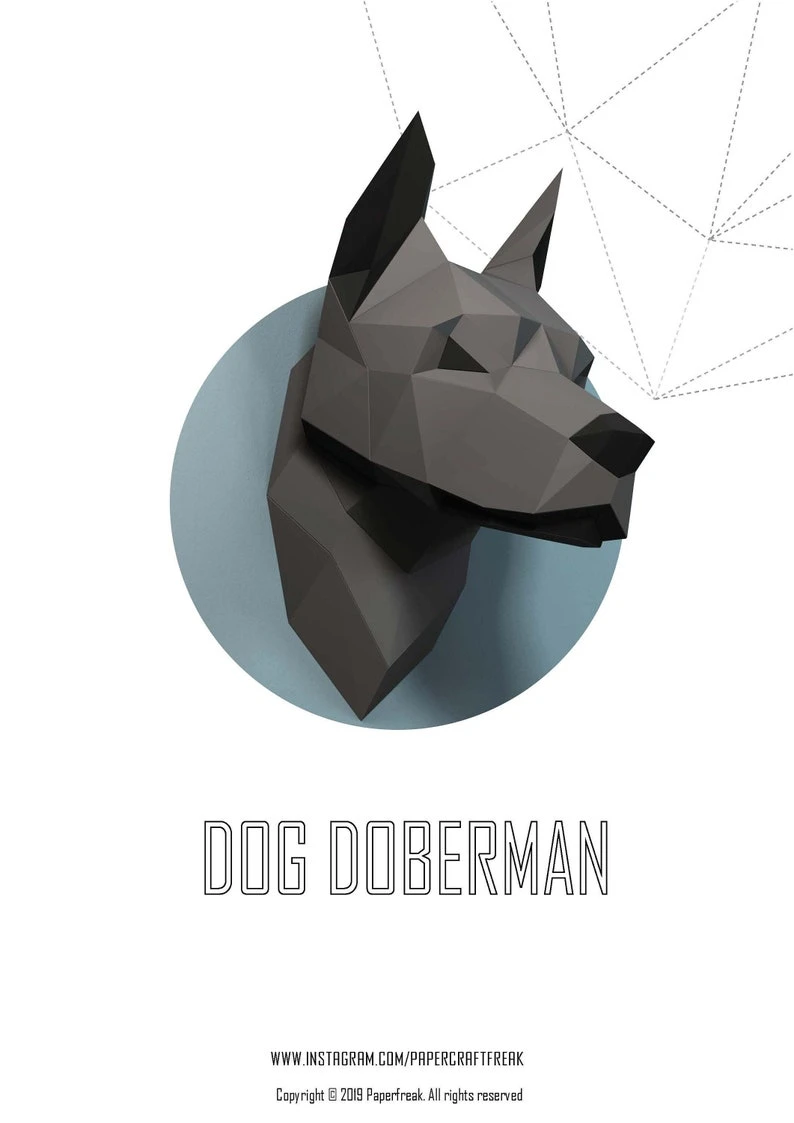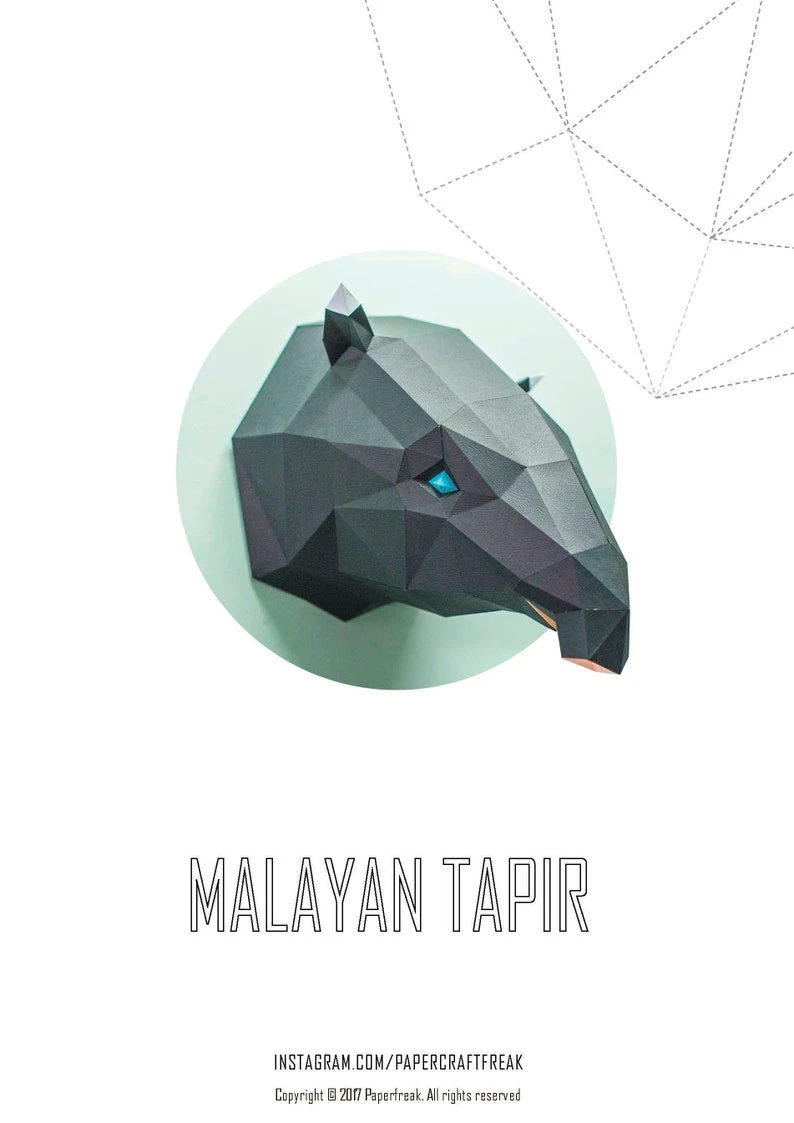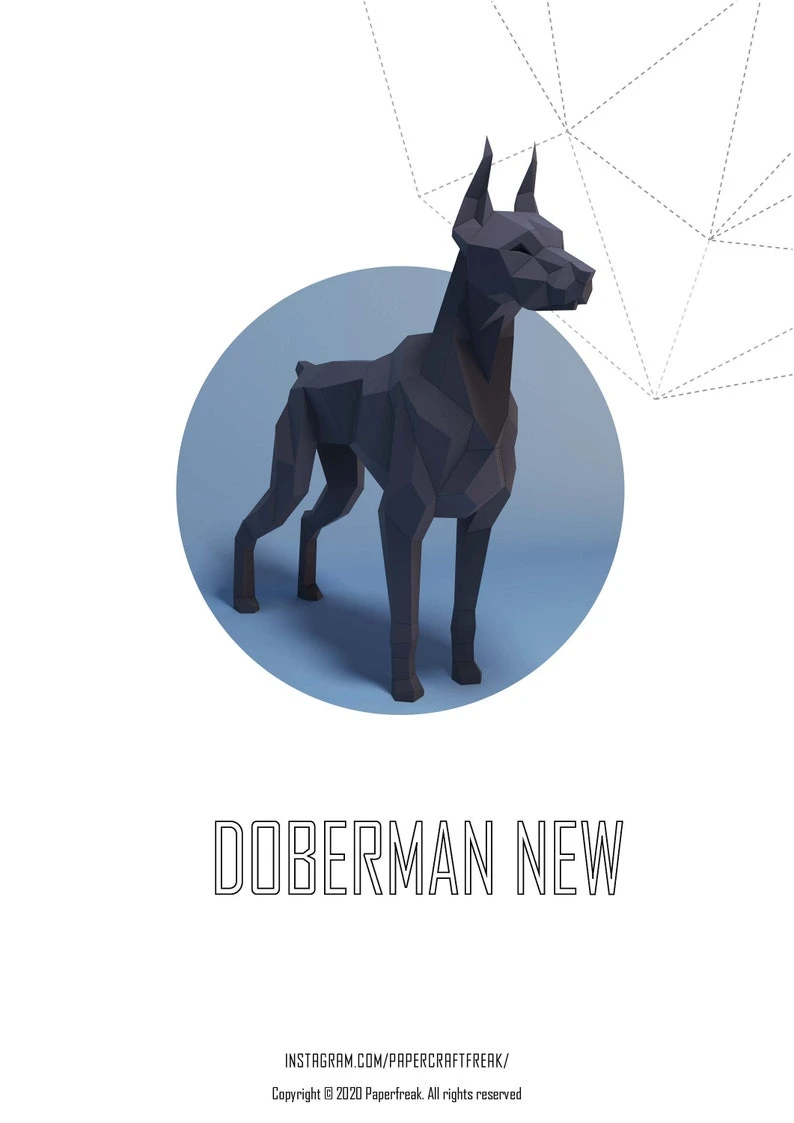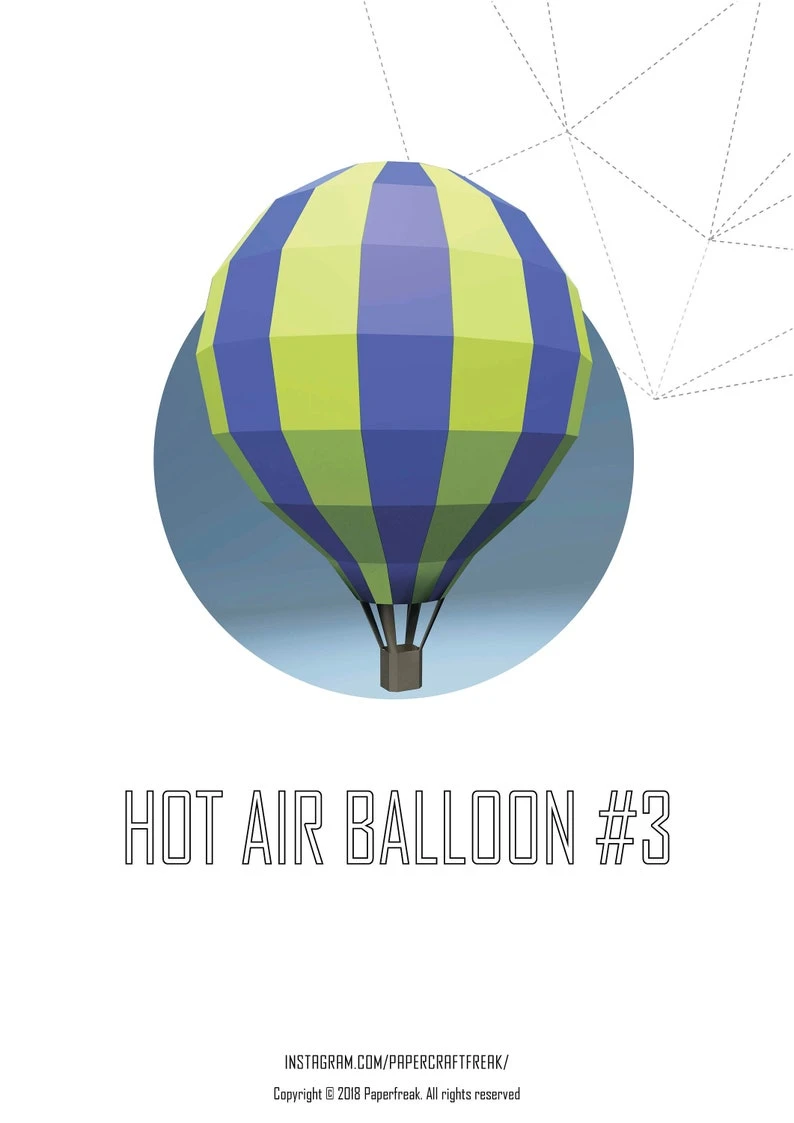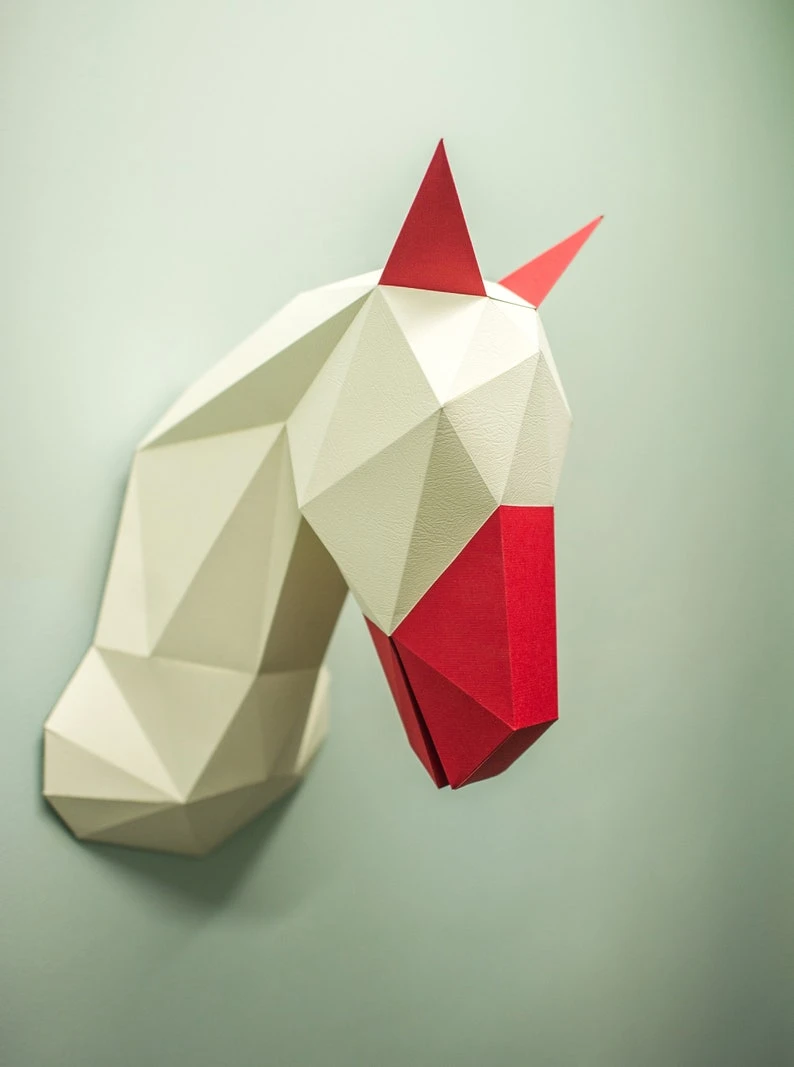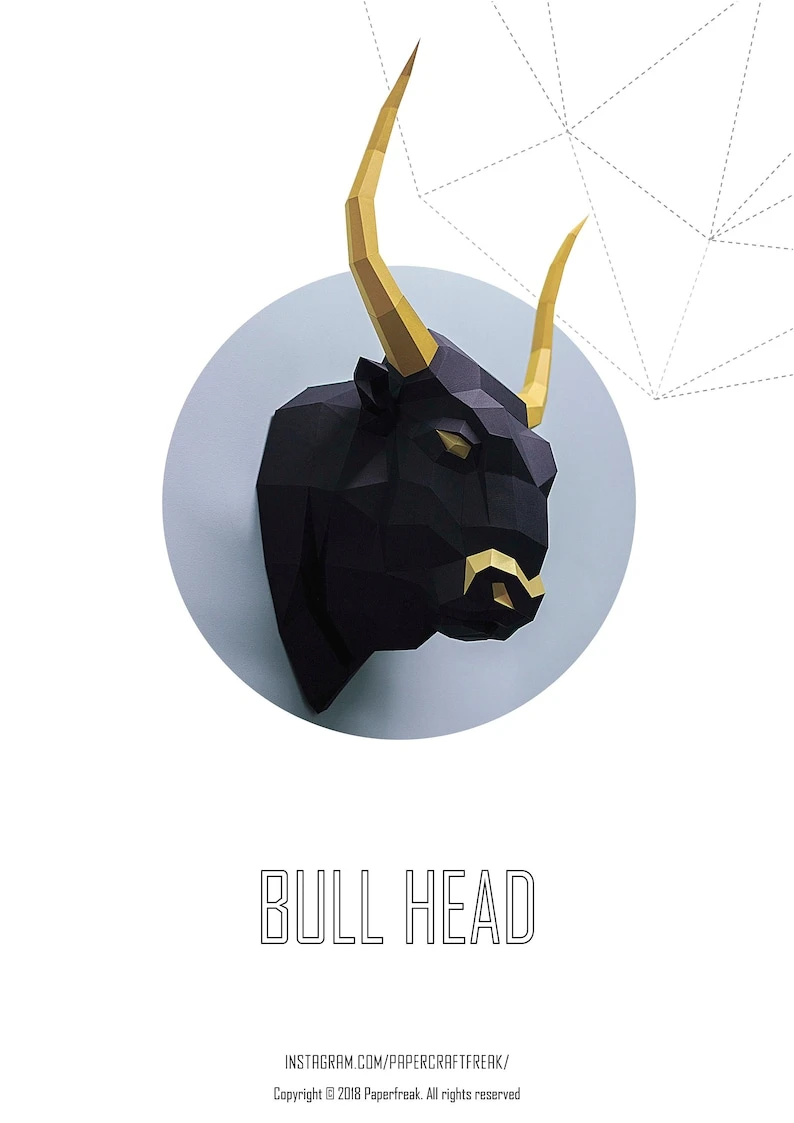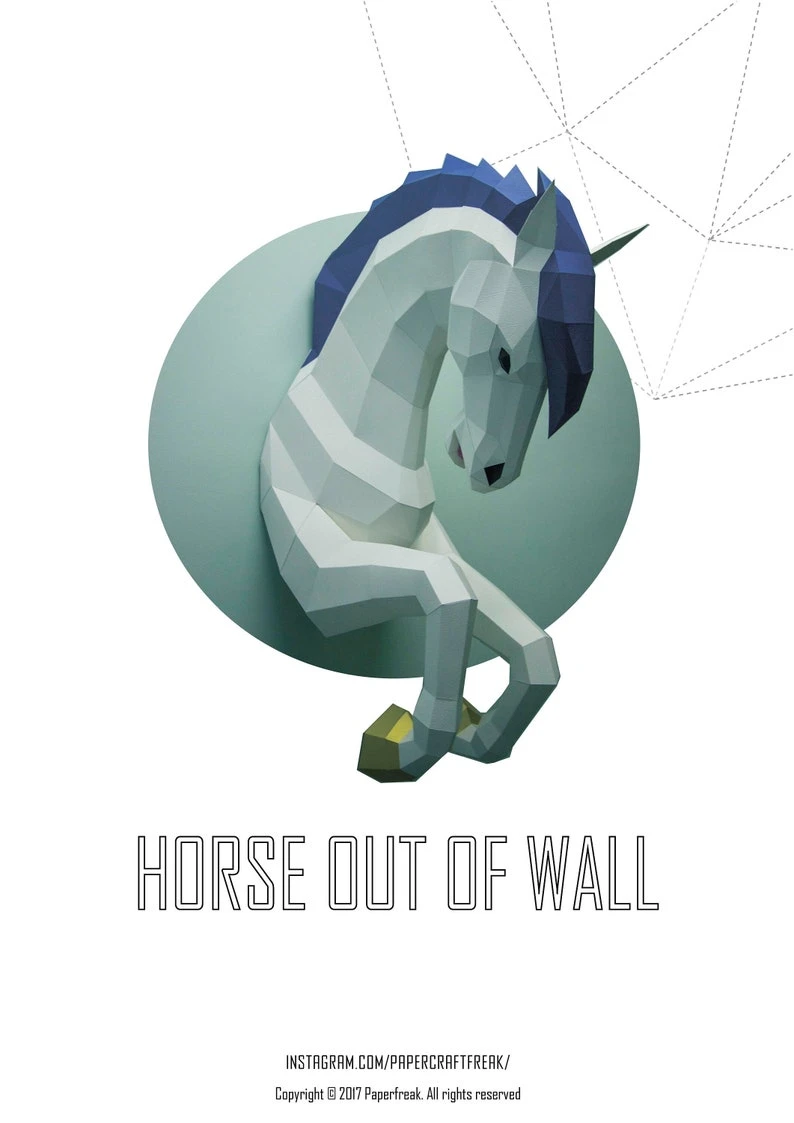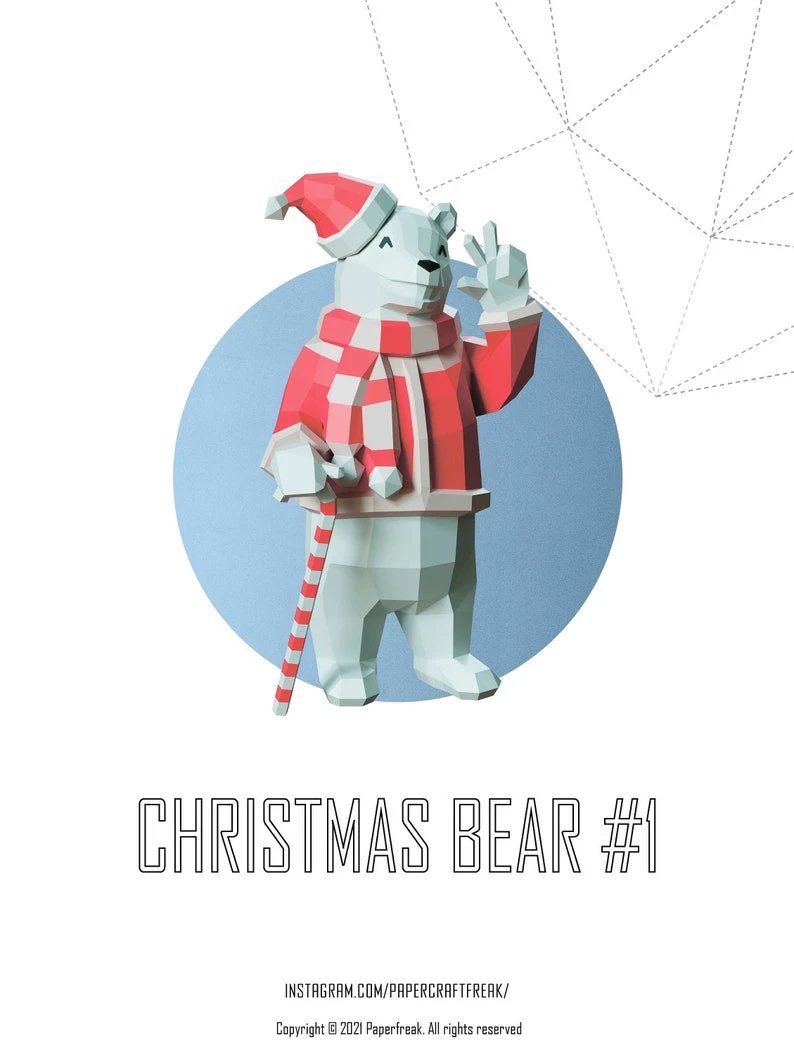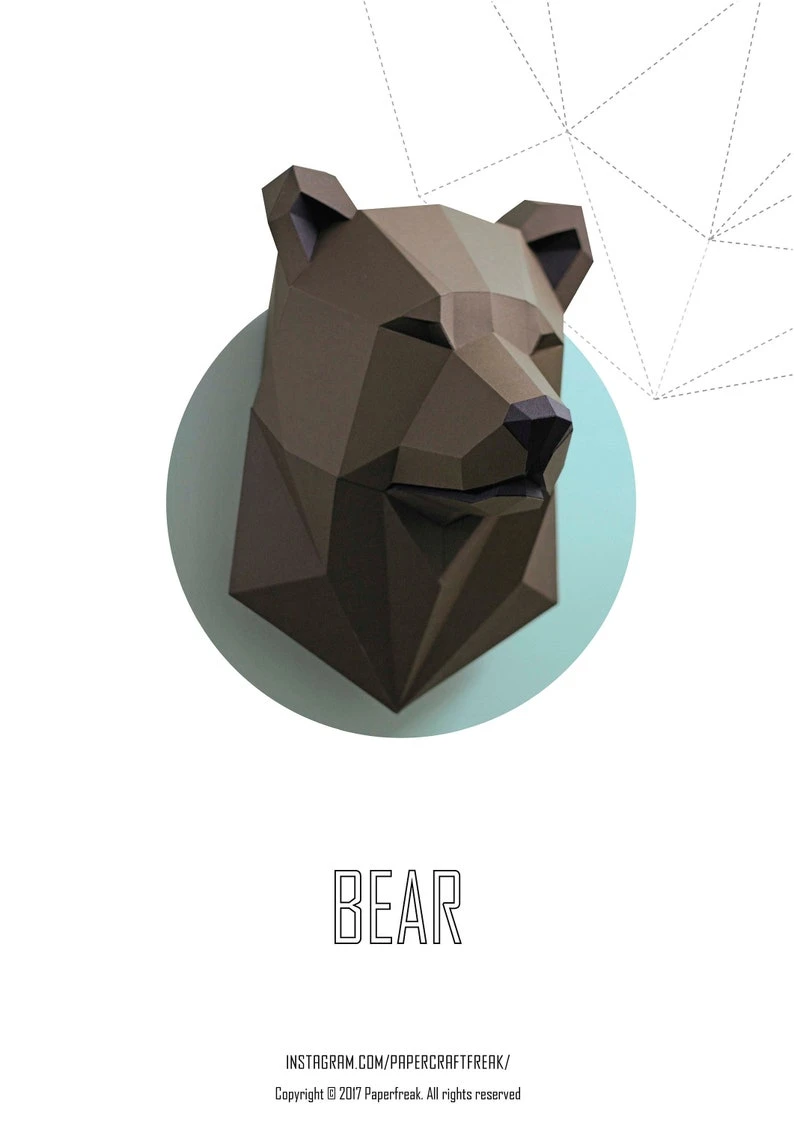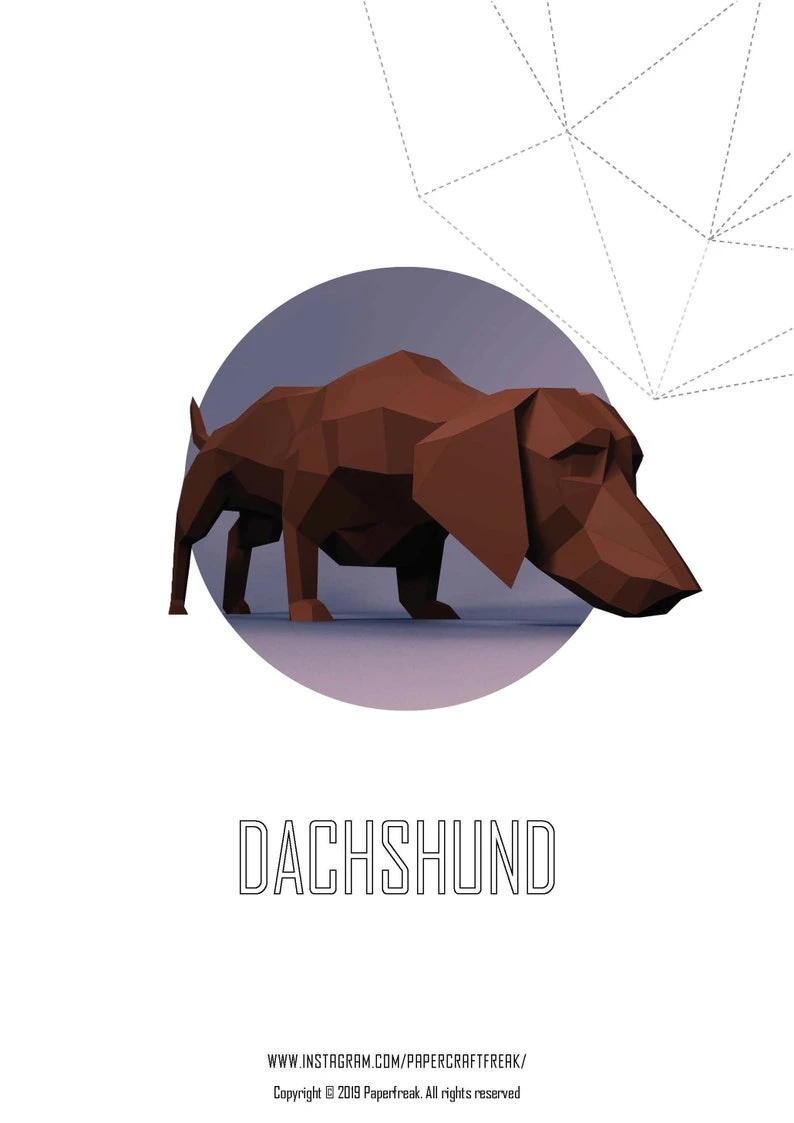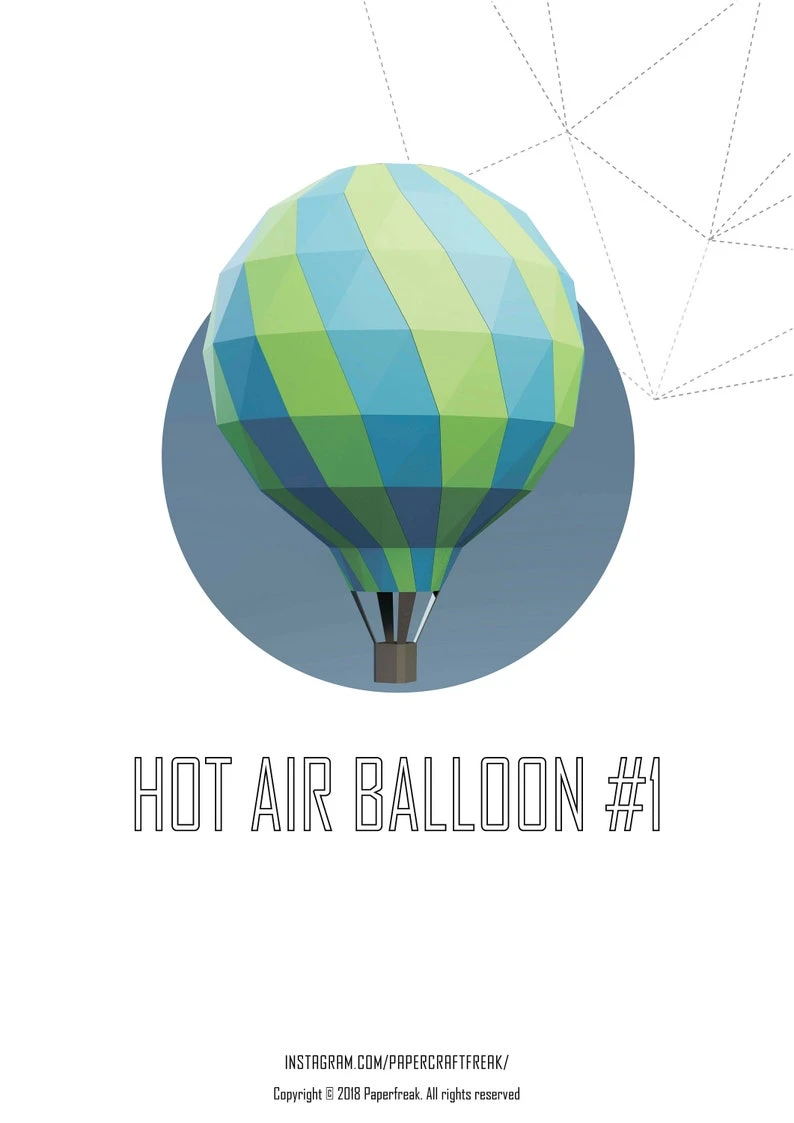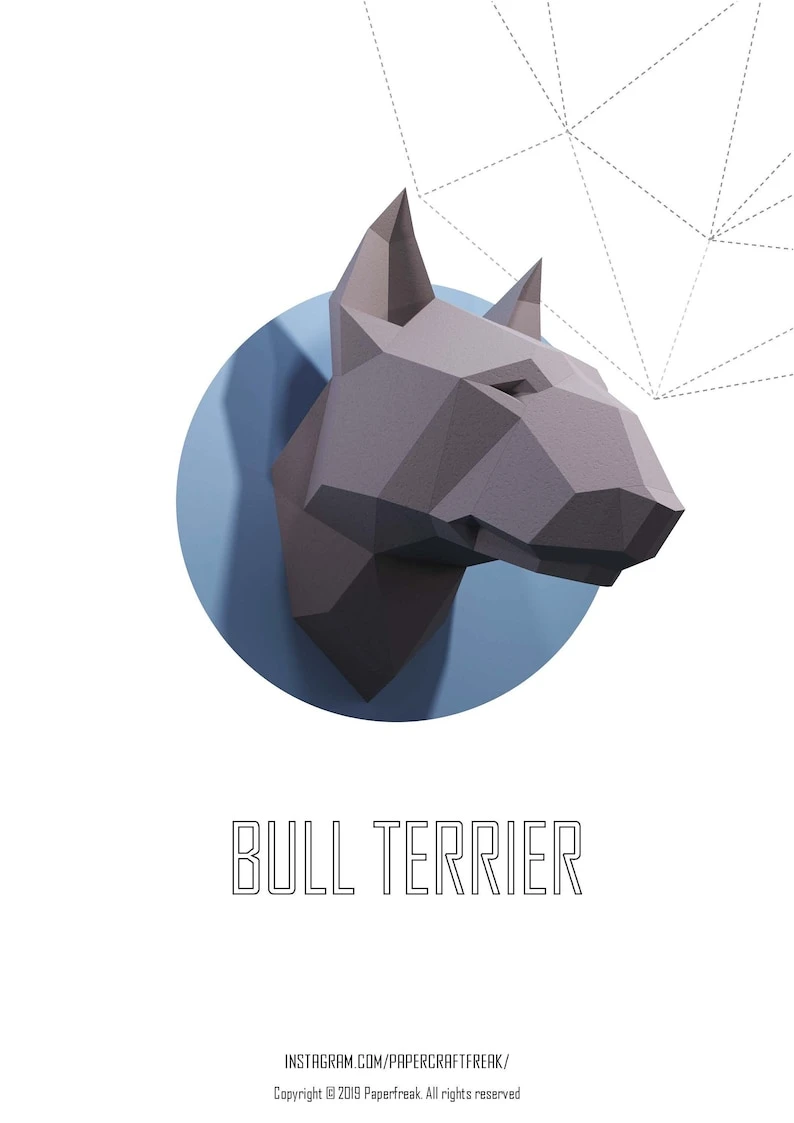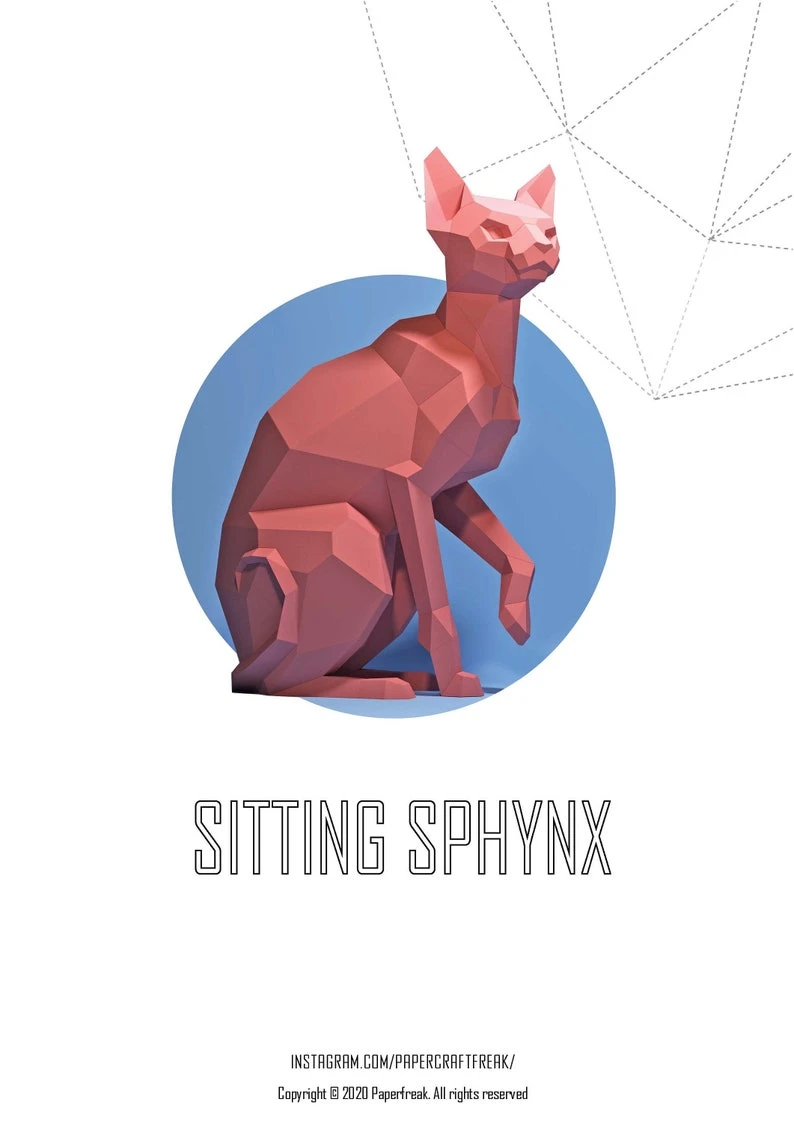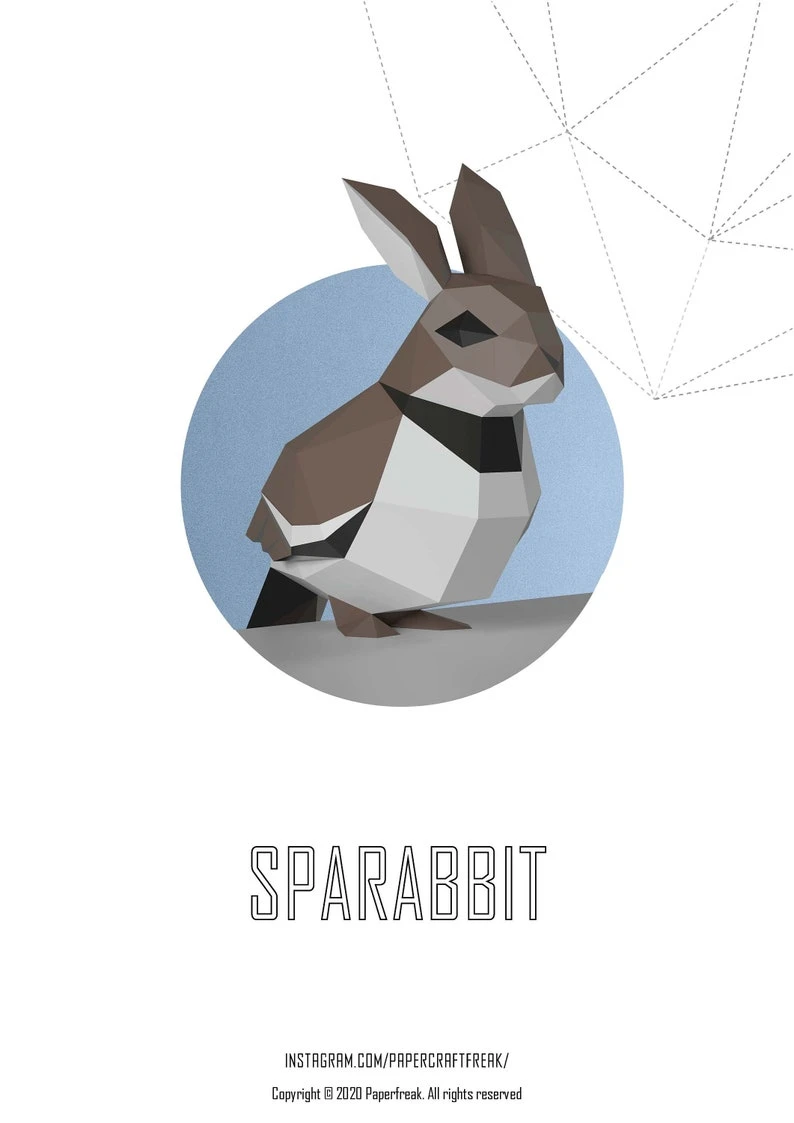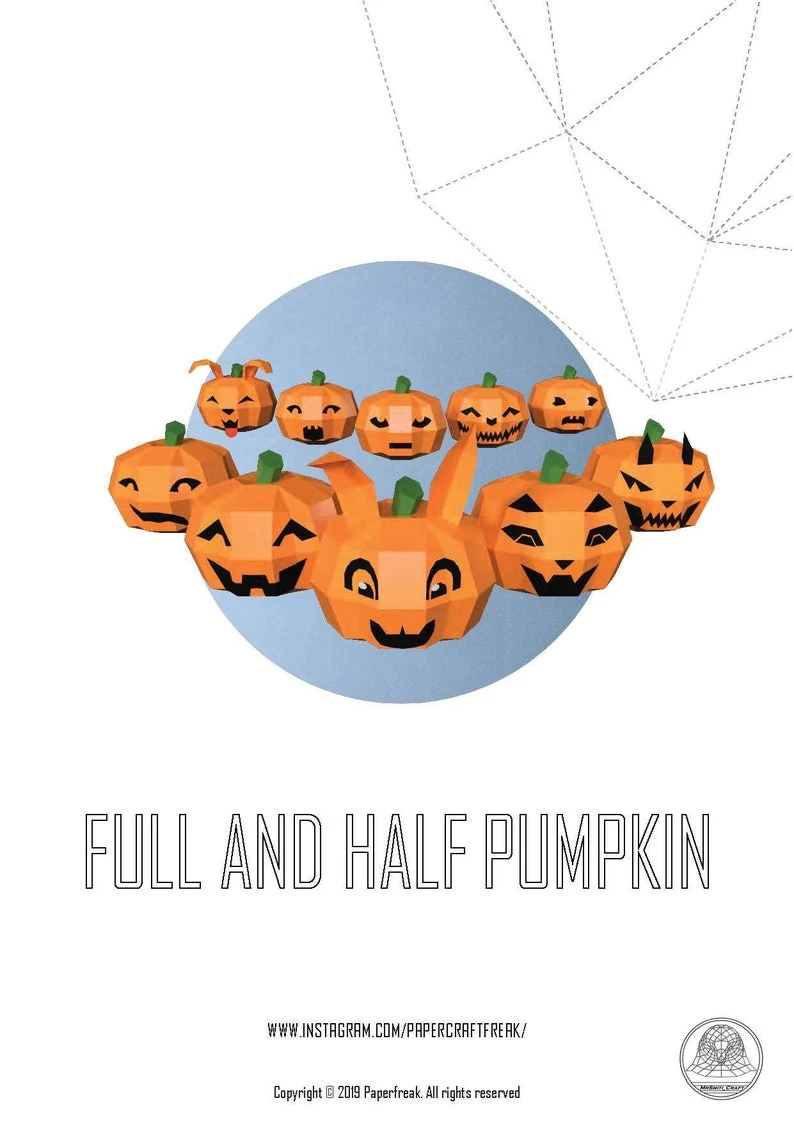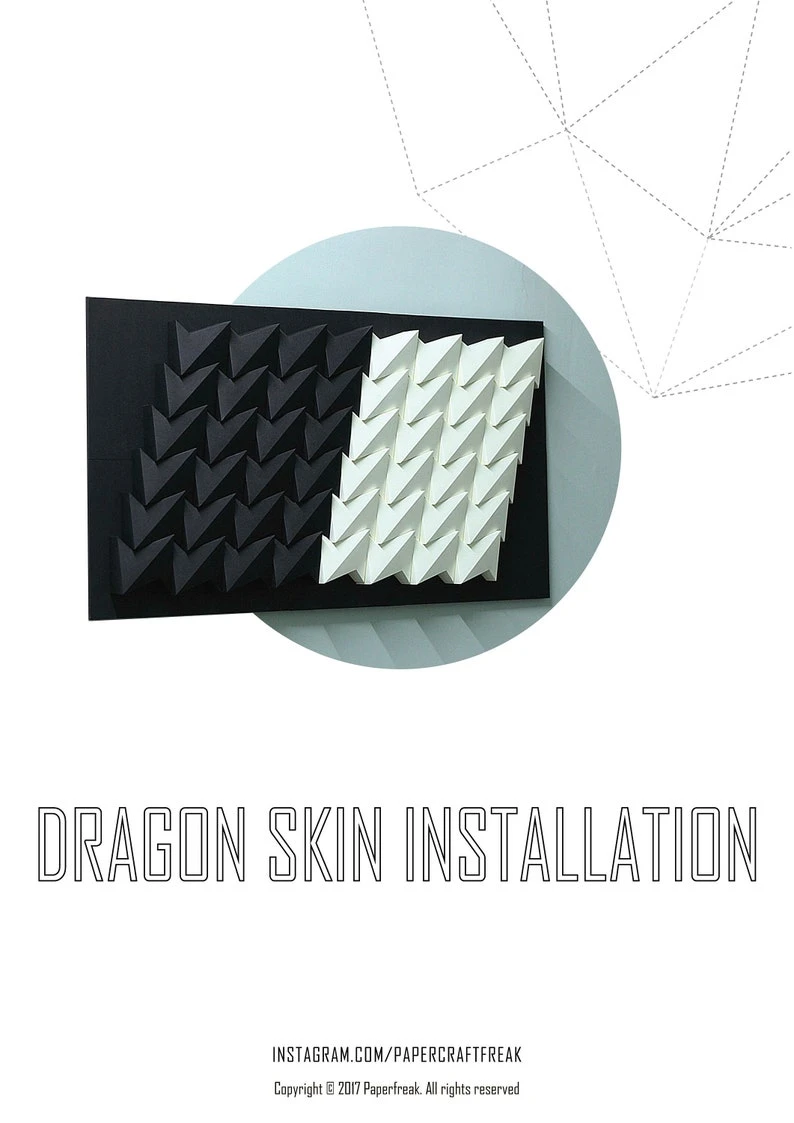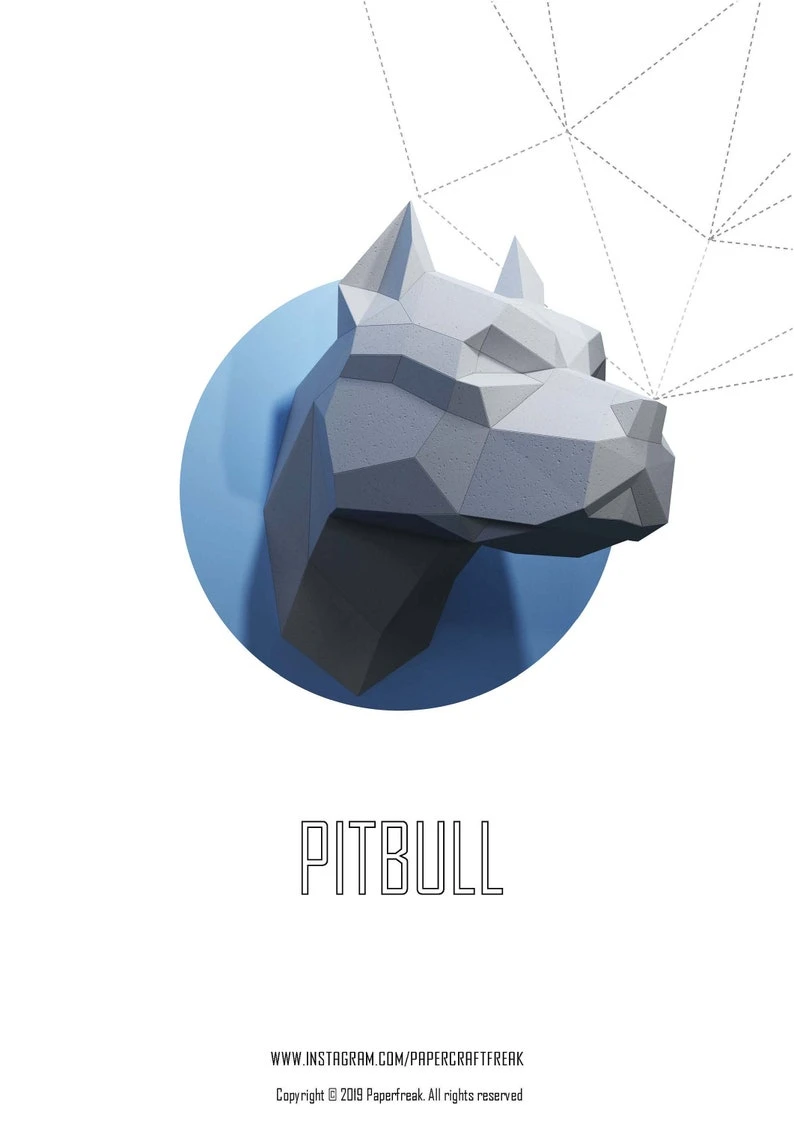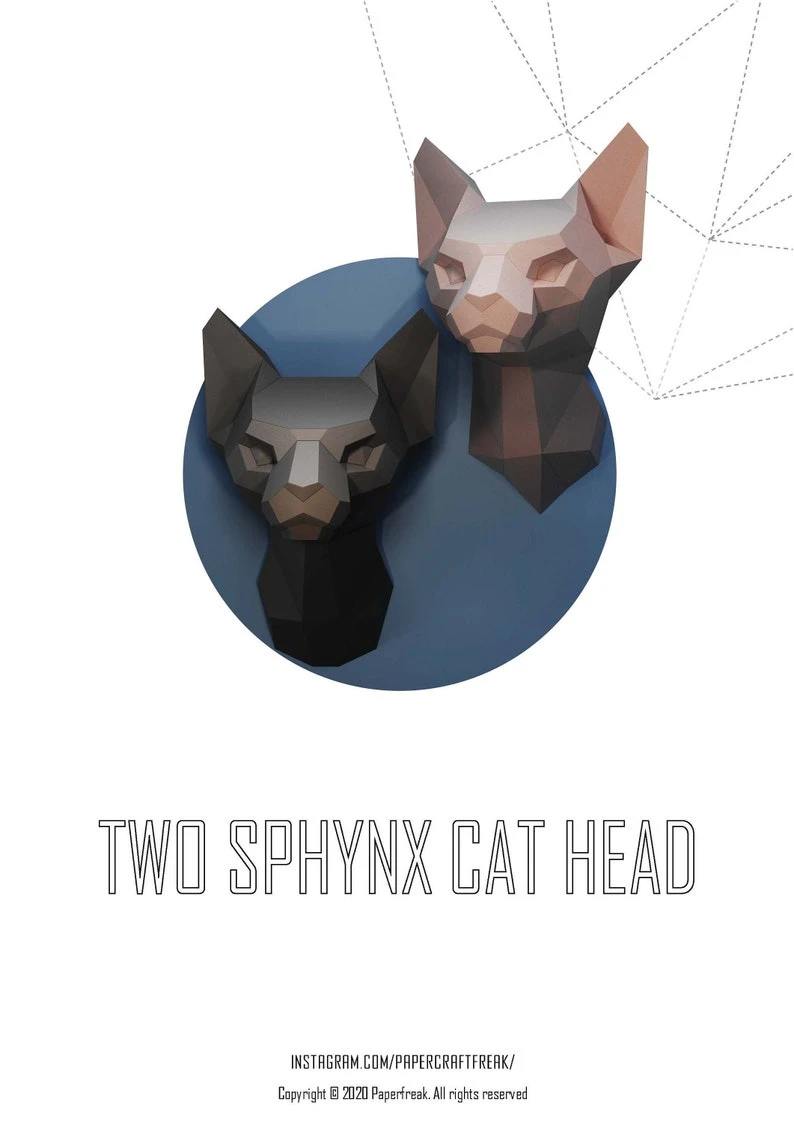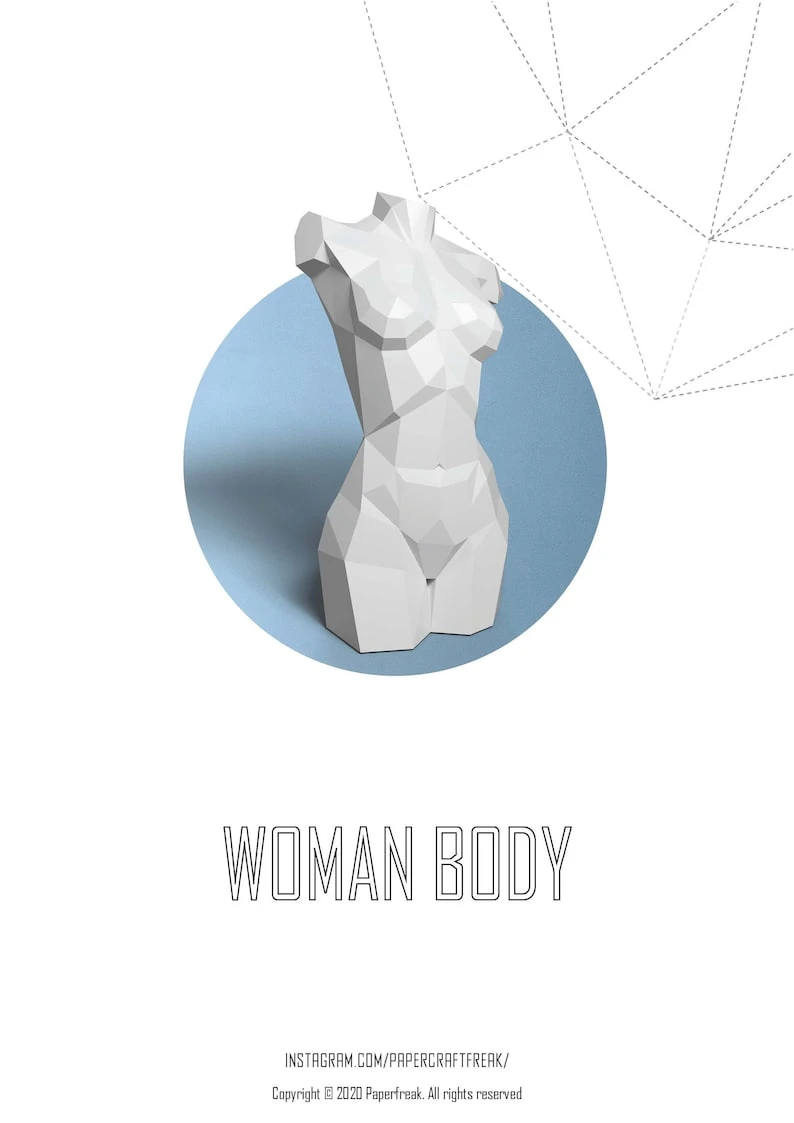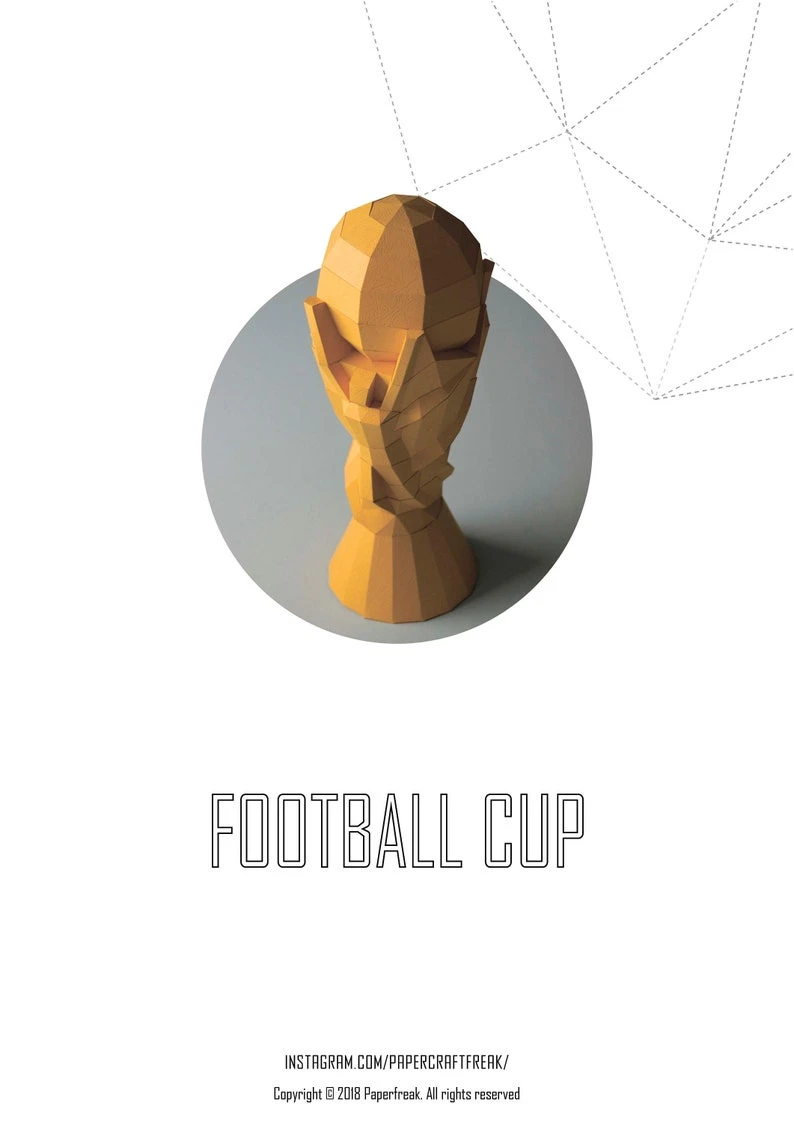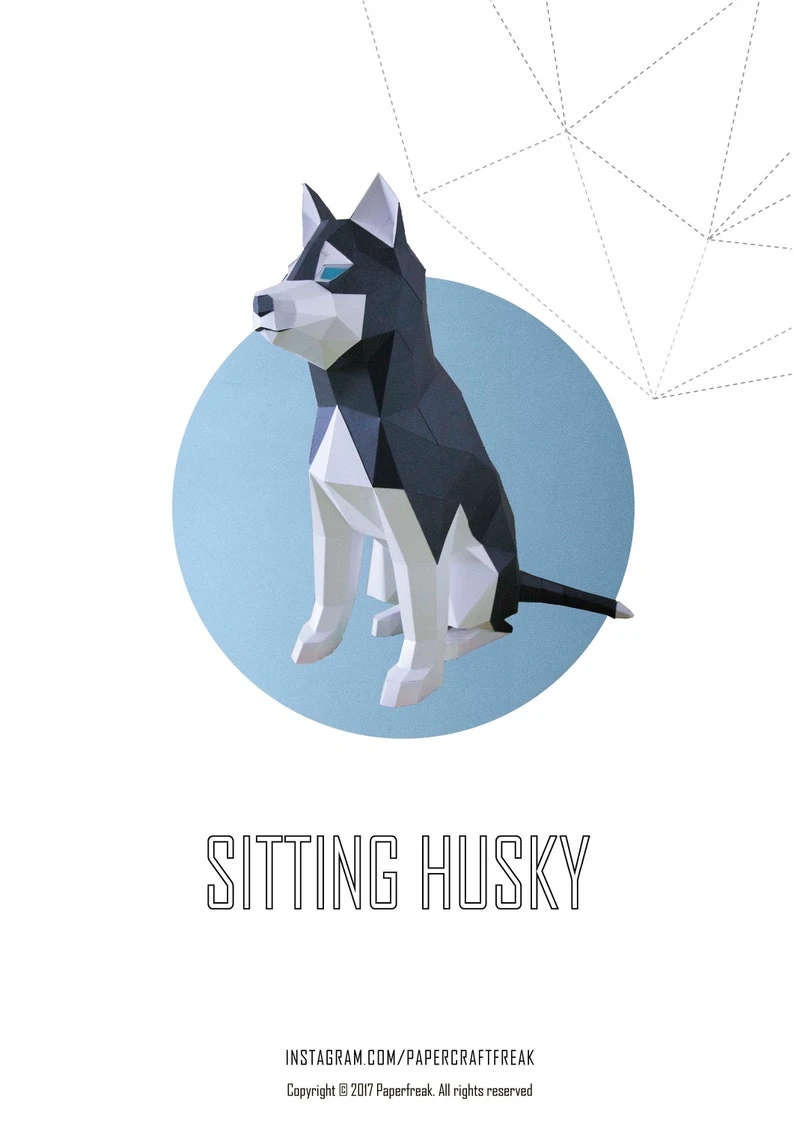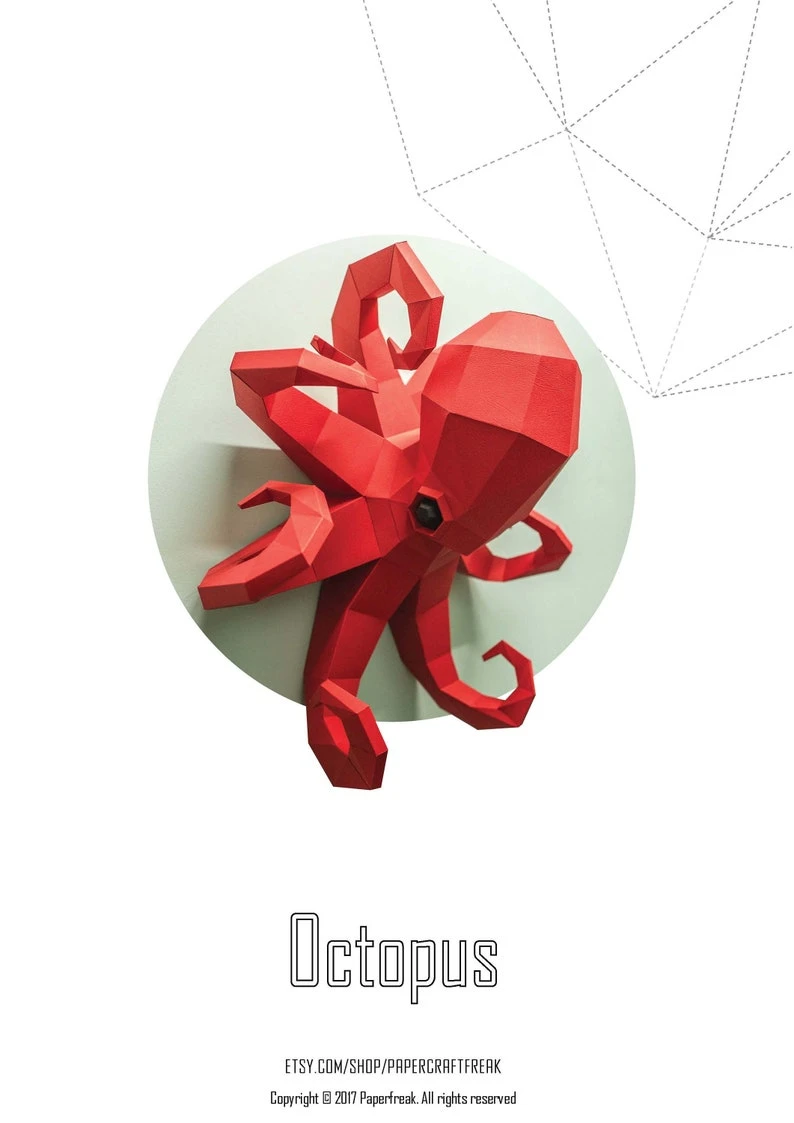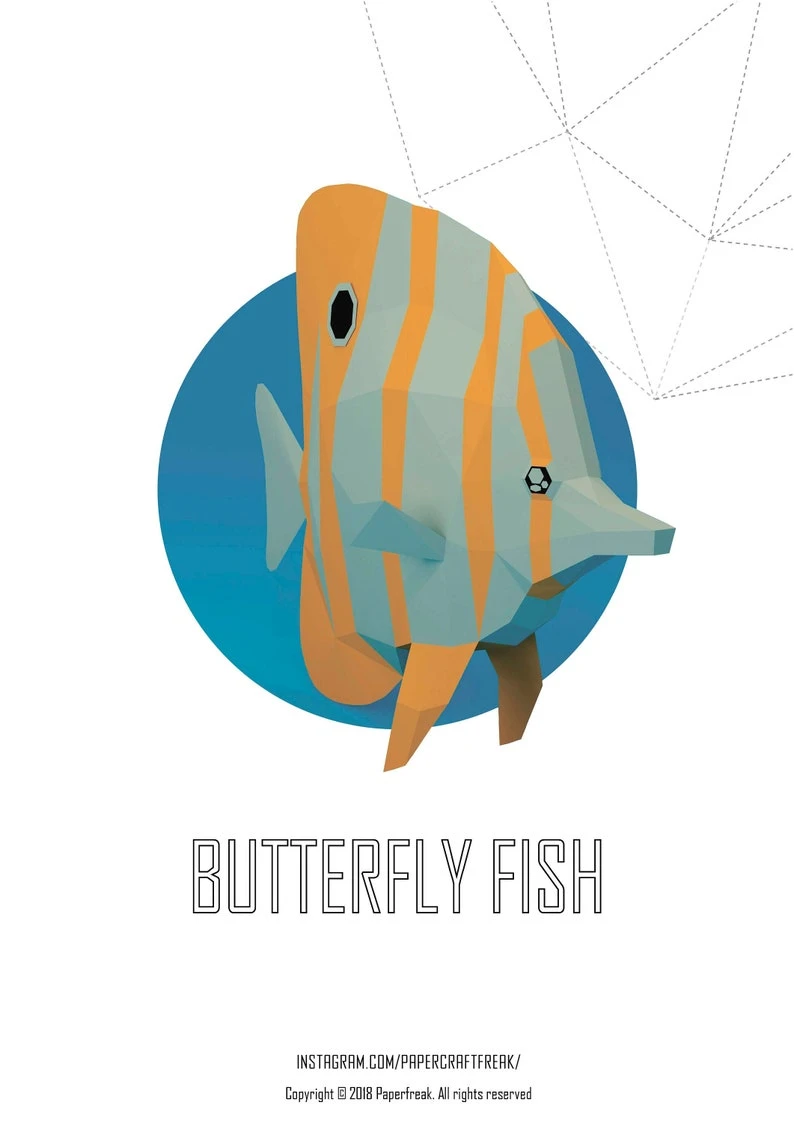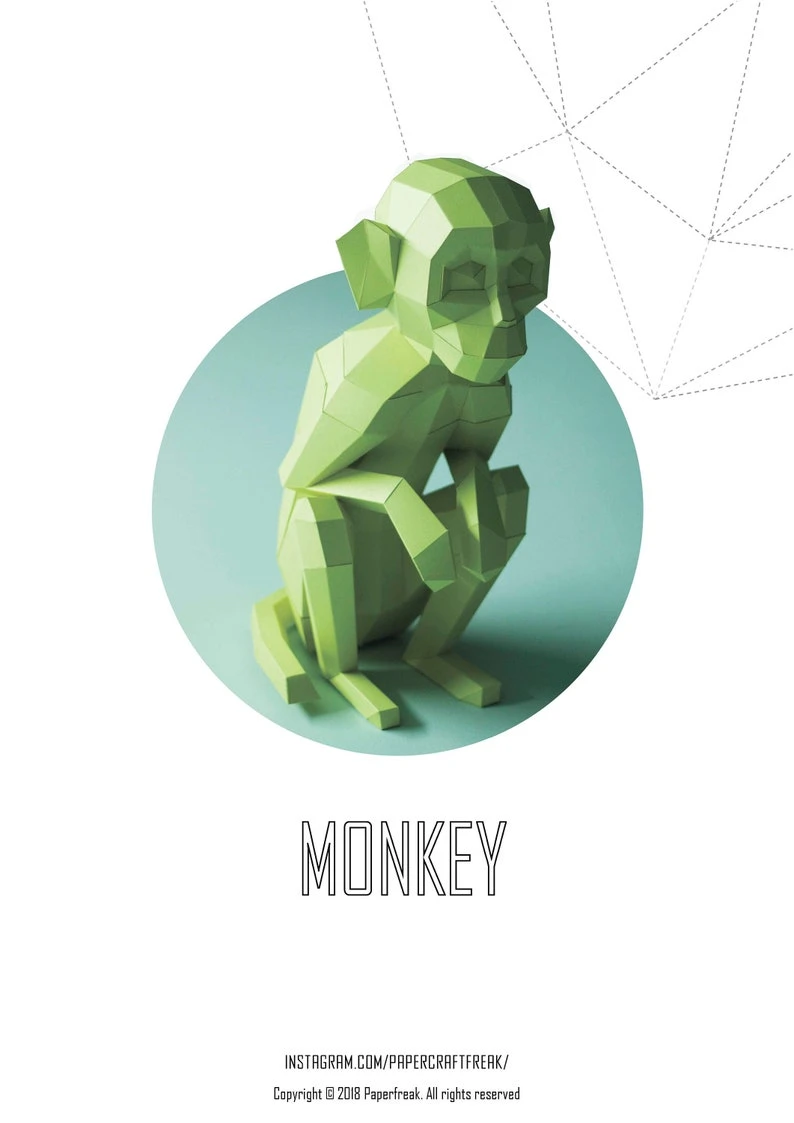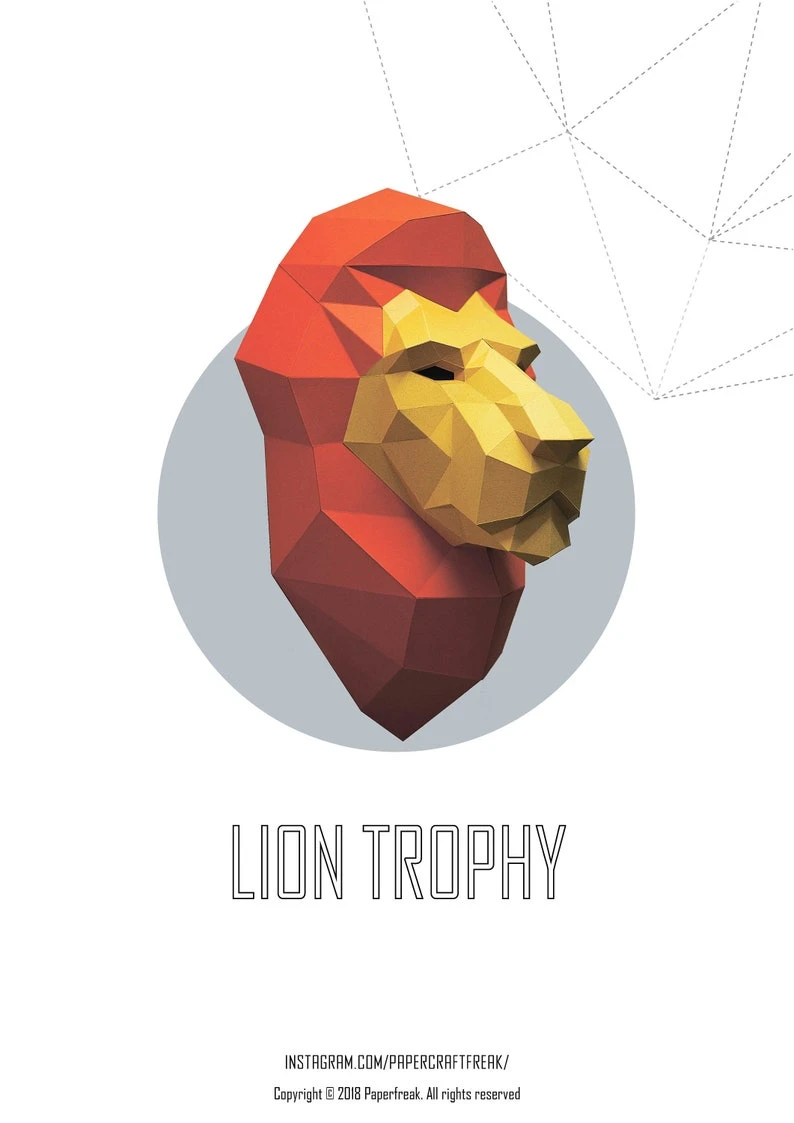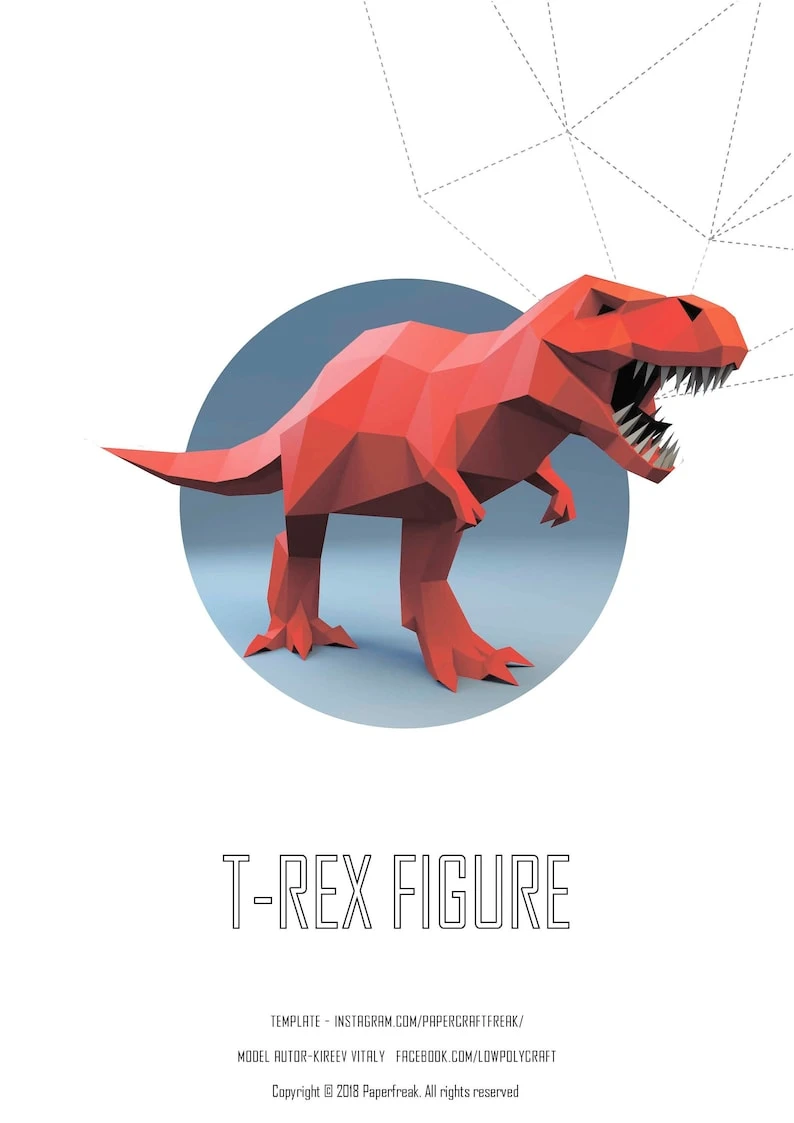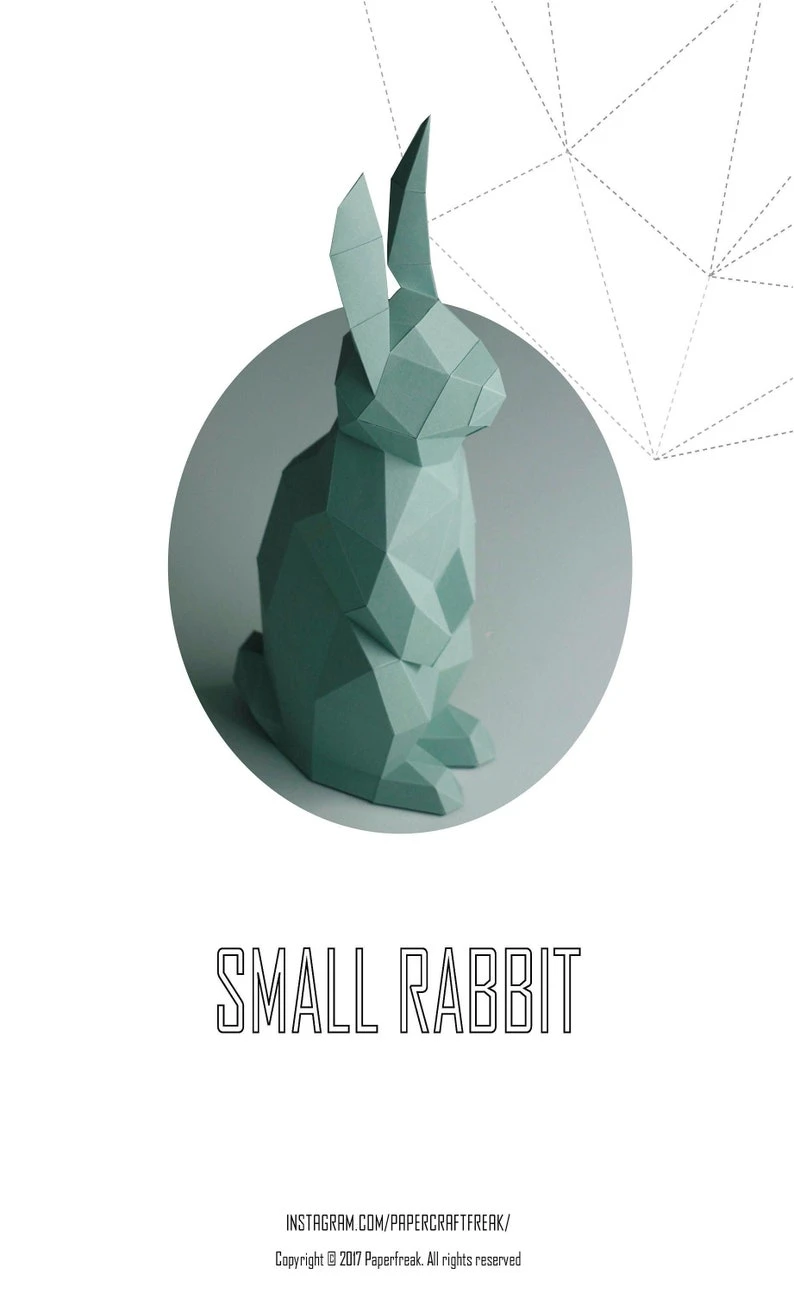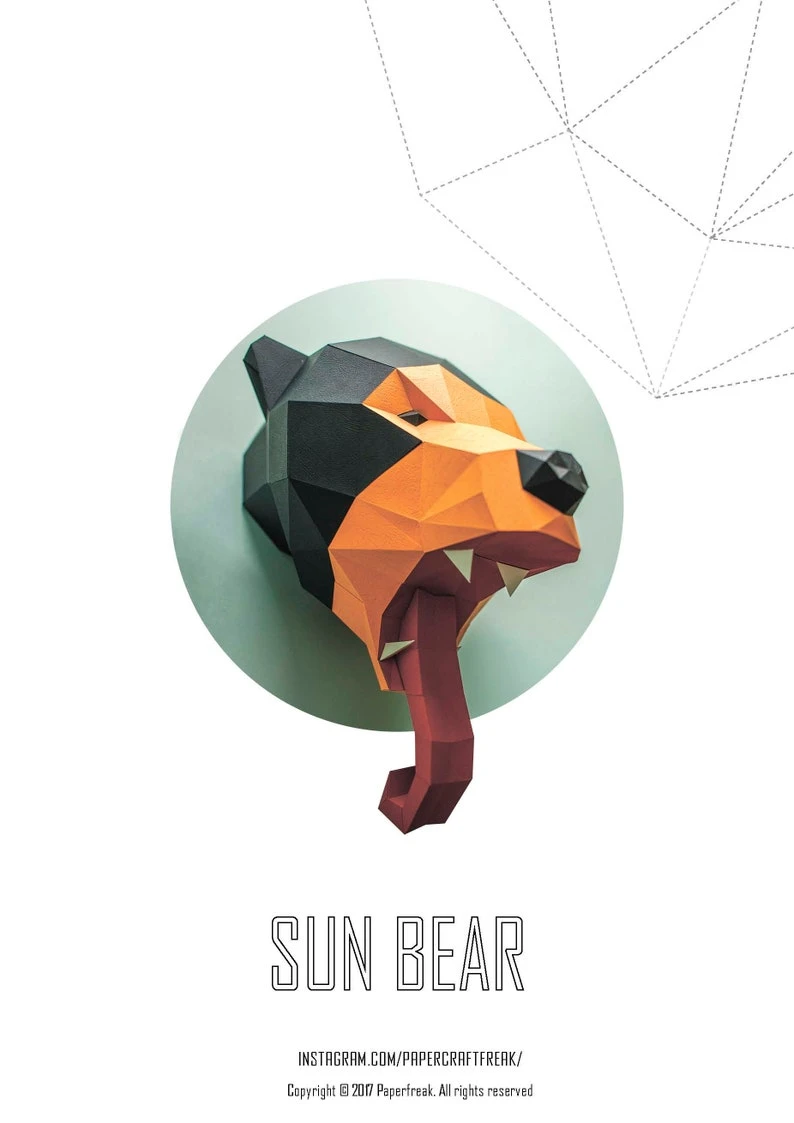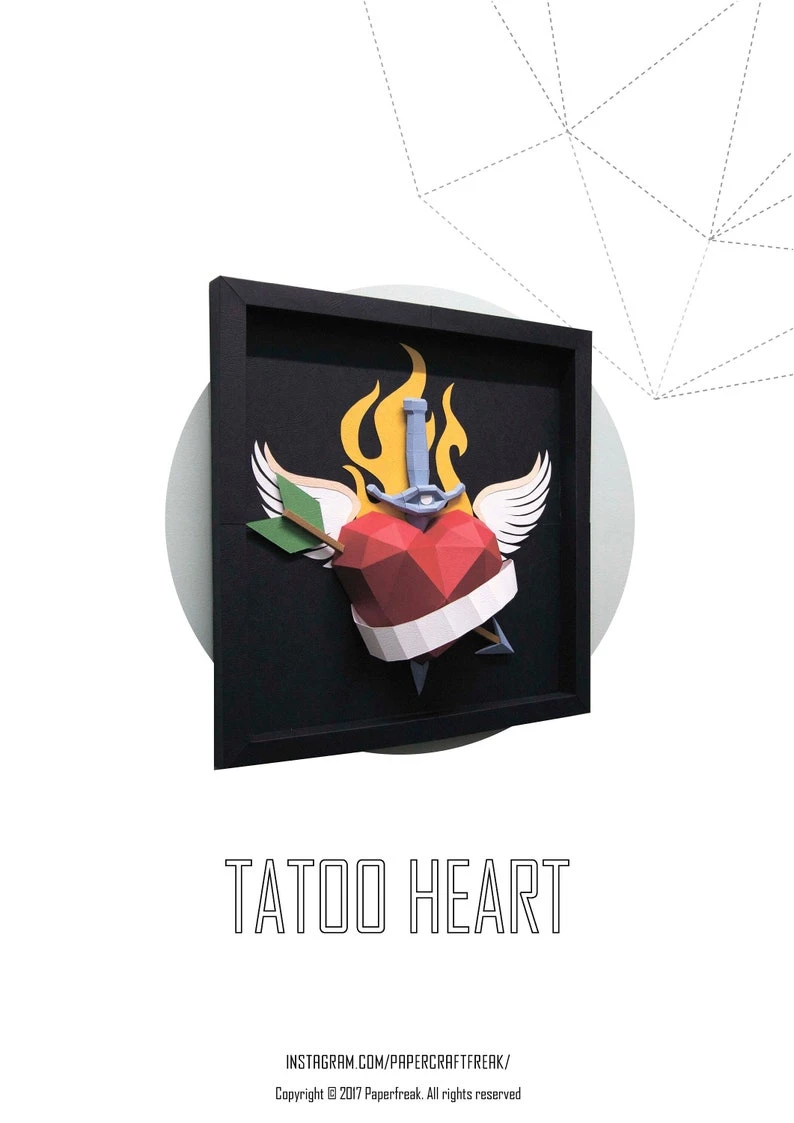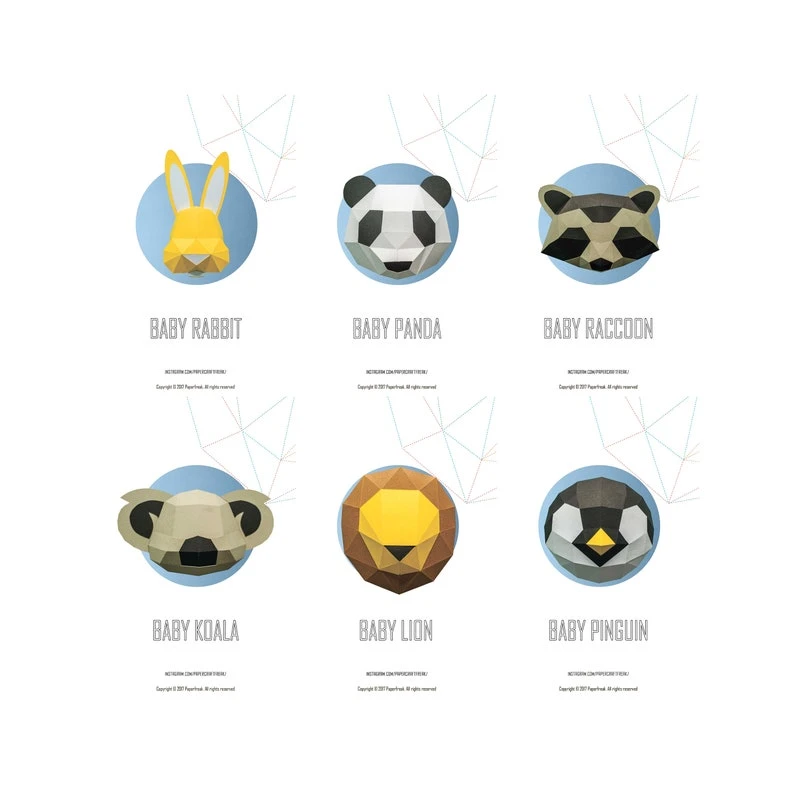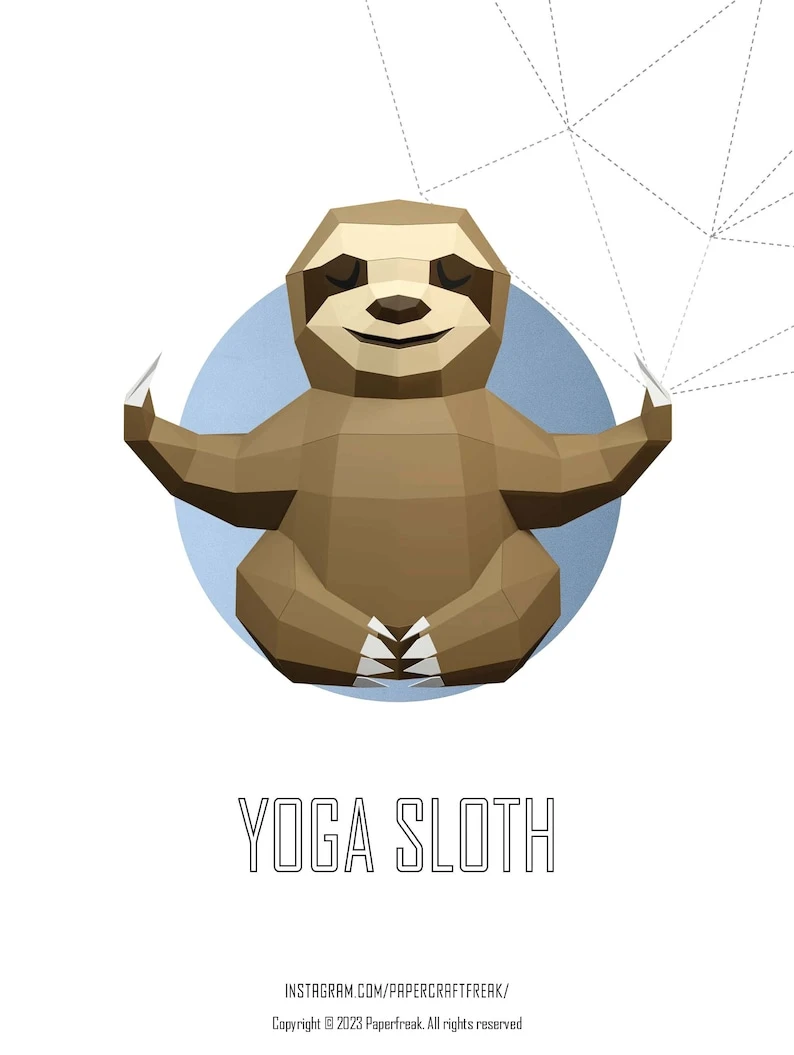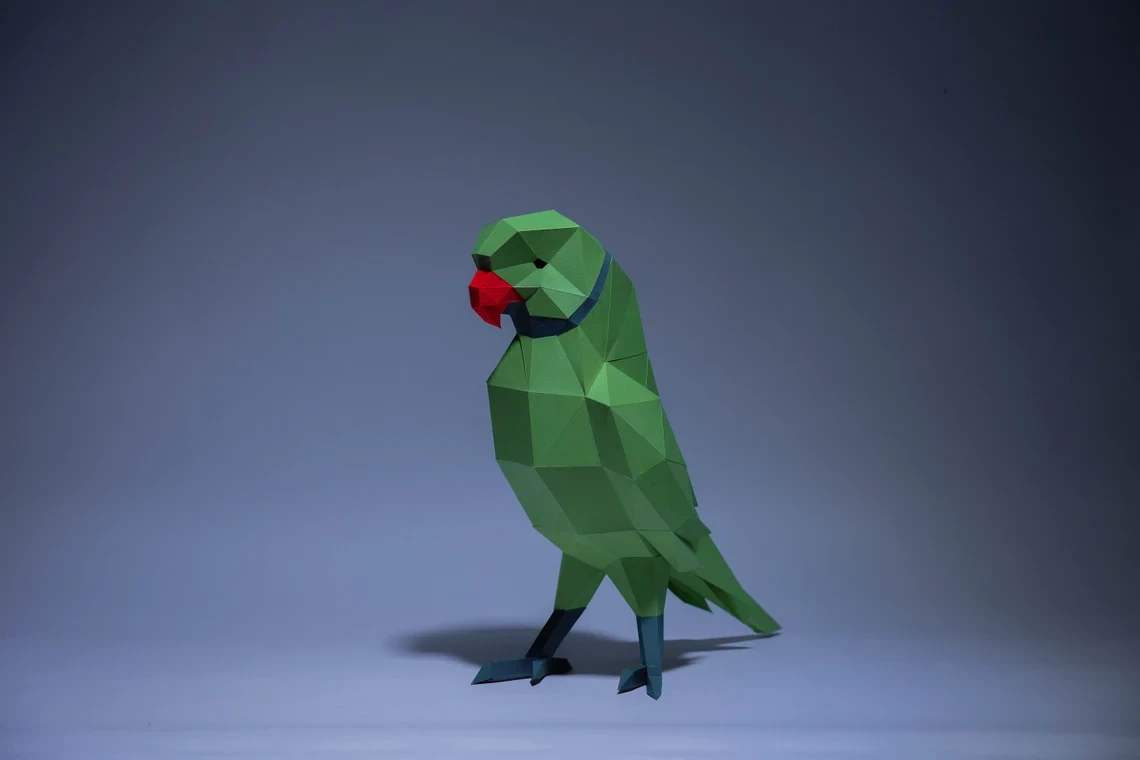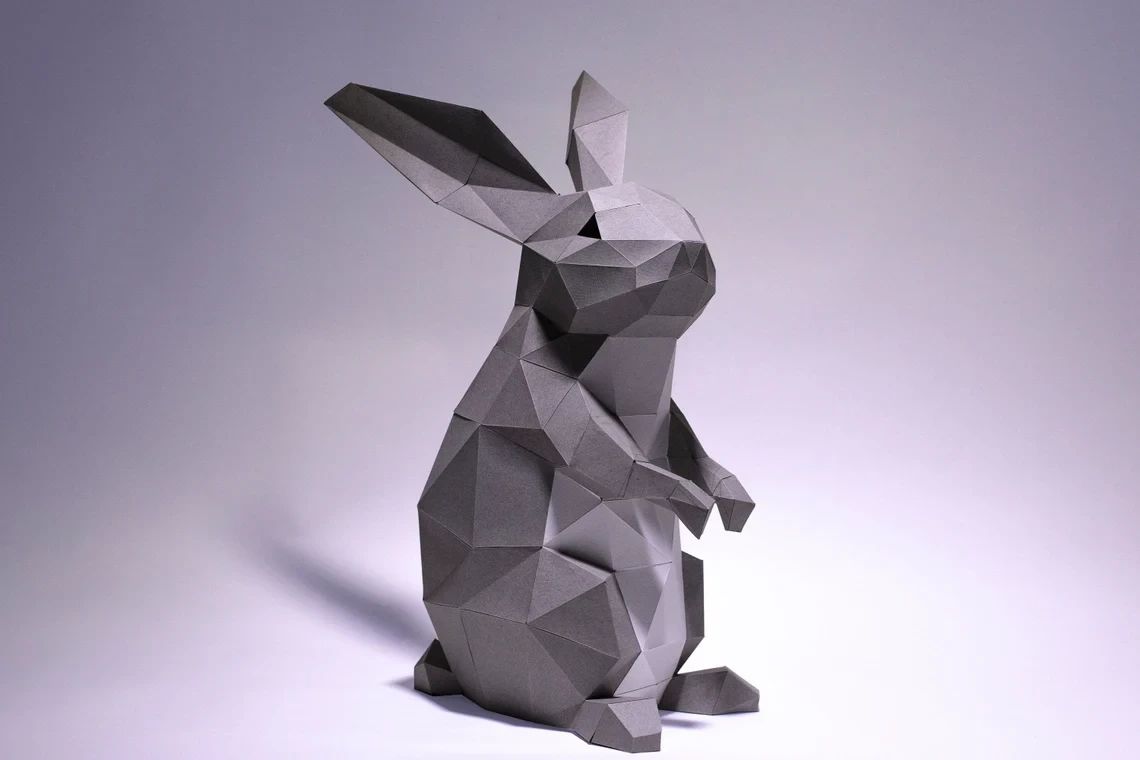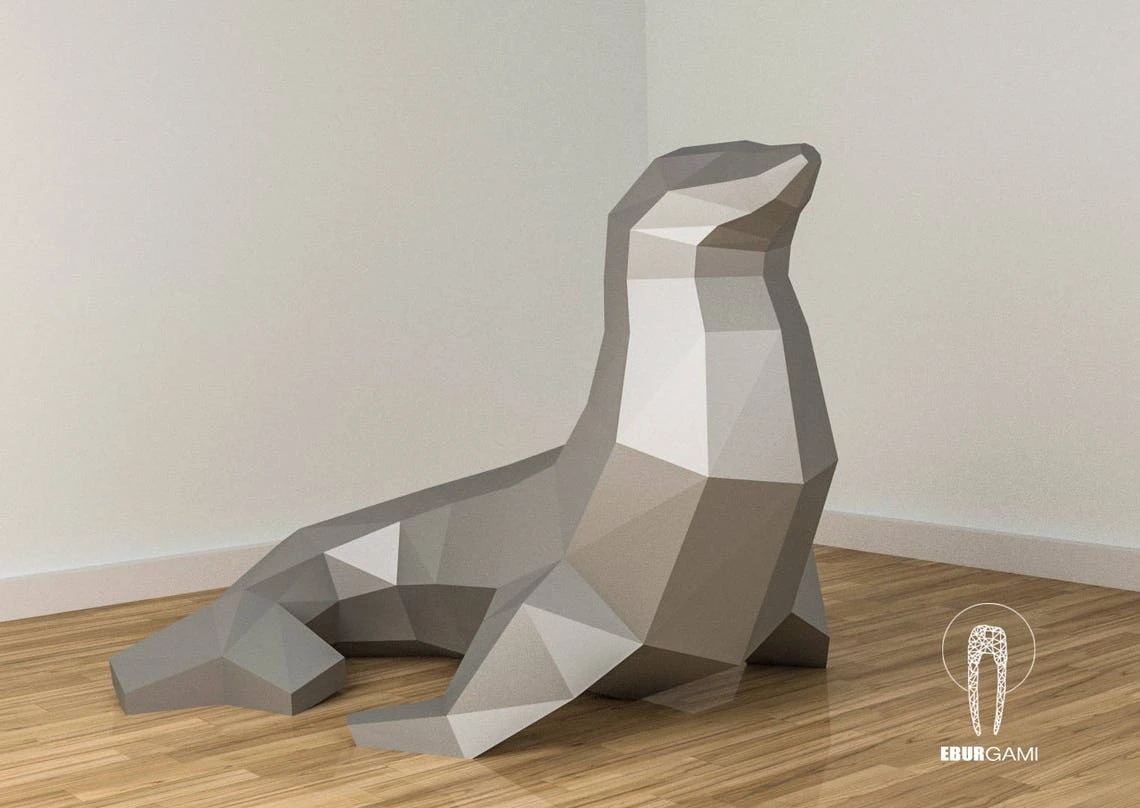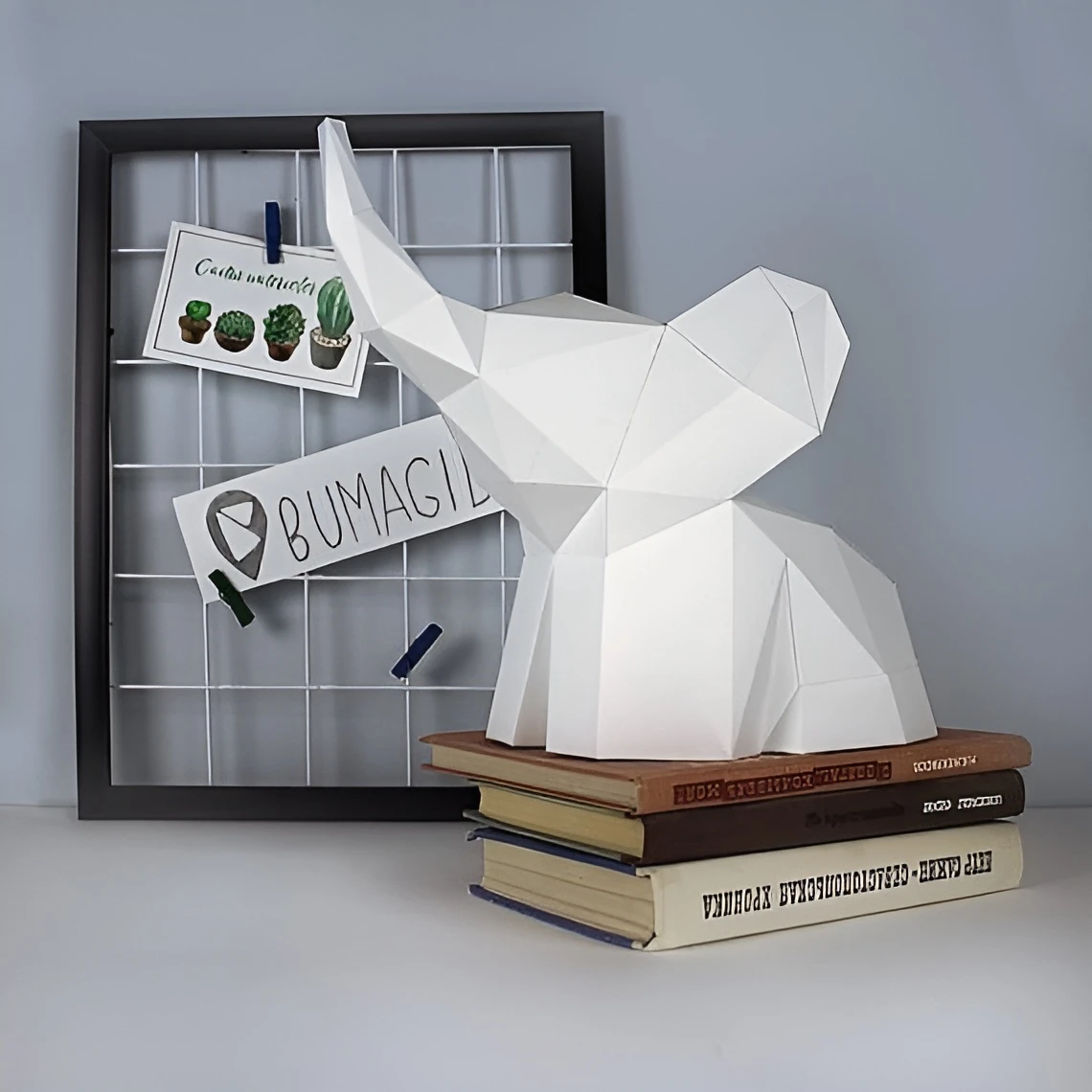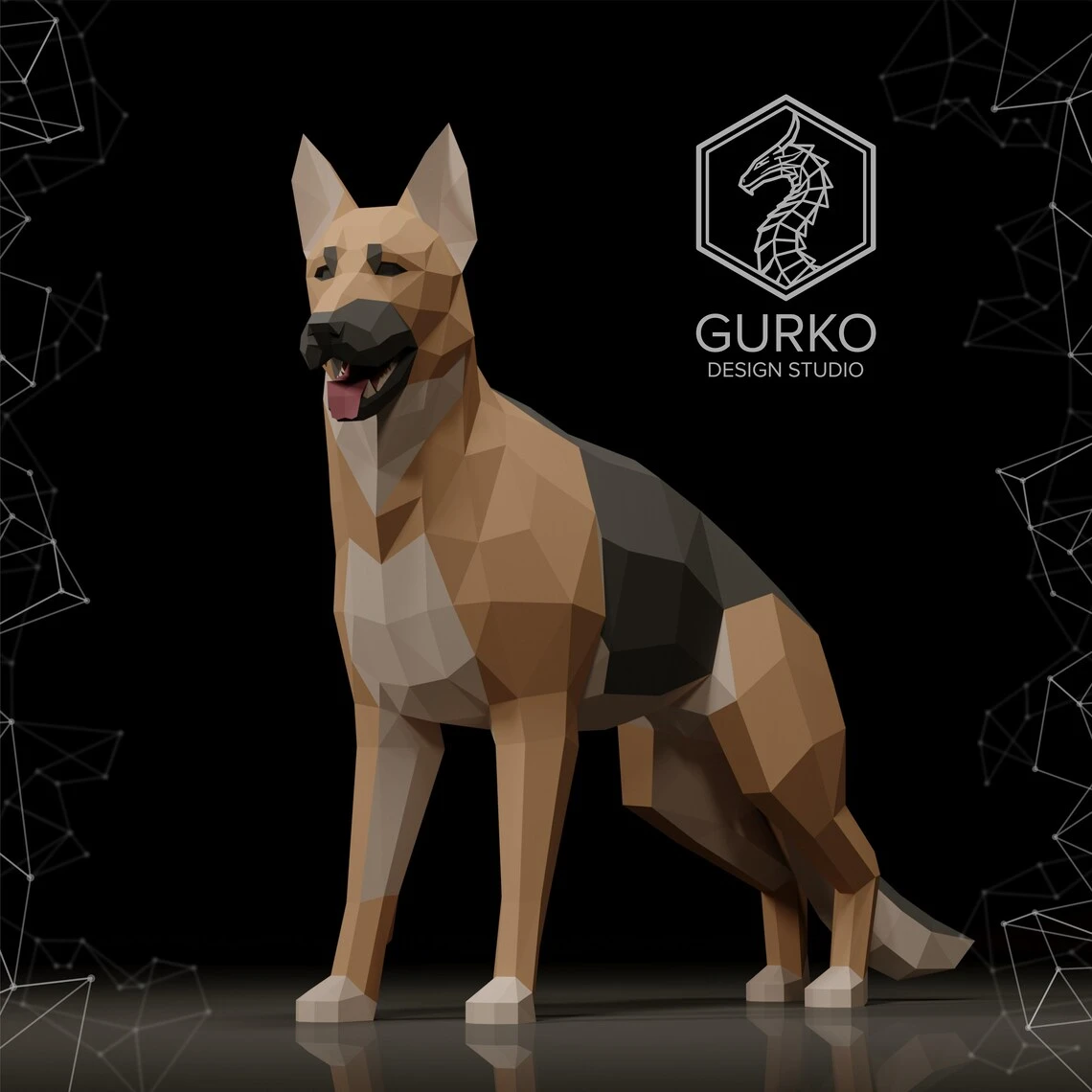Papercraft 3D ANTELOPE BLACKBUCK Head pepakura template polygonal Paper pattern Sculpture Diy wall Decor ideas rare wild animal lover gift
| Digital download | |
| Digital file type(s): 1 PDF | |
| Support for file crafts: PDF Vector | |
| Height: 651 milimeters | |
| Width: 345 milimeters | |
| Depth: 389 milimeters |
Make your own ANTELOPE BLACKBUCK TROPHY HEAD FIGURE ! This is template for making papercraft 3D paper sculpture with your own hand!
3d papercraft ANTELOPE CERVICAPRA . pepakura template, pattern for self-assembly polygonal animal for decoration home, loft and office
this is PDF pattern ! not ready made model !
Template included detailed instruction for beginners
this is a papercraft template for self assembly
For assembling. Print this pattern on 17 sheets A4 cardstock 200-300gsm scale 100%
dimensions of this figure in the assembled form
Height: 651 mm (25,6 inch)
Width: 345 mm (13,6 inch)
Depth: 389 mm (15,3 inch)
color scheme 1
sheet 1-4 orange
sheet 5-7 yellow
sheet 8 yellow or black
sheet 9 black
sheet 10-16 black
sheet 17 cardboard
color scheme 2
sheet 1-4 yellow
sheet 5-7 white
sheet 8 white or brown
sheet 9 black
sheet 10-16 brown
sheet 17 cardboard
All rights reserved. Personal use only! Copying, sharing, transferring, publishing and selling are strictly prohibited without my authorization.
exchange is strictly prohibited
para mis amigos mexicanos!
Todos los derechos reservados. Solo para uso personal! Copiar, compartir, transferir, publicar y vender estan estrictamente prohibidos sin mi autorizacion.
el intercambio esta estrictamente prohibido
Geographic Range
The blackbuck is found in Pakistan and India.
Habitat
Blackbuck live on open woodlands and semi-desert areas, but also enjoy areas with thorn or dry deciduous forest.
They like to stay near areas where grassland is available. On hot days blackbucks rest in the shade.
Physical Description
Adult bucks stand approximately 73.7 - 83.8cm at the shoulder and on average have a head and body length of 120cm.
The blackbuck is one of the few antelope whose color differs between sexes. The males are rich dark brown above,
on the sides, and on the outside of the legs. Females tend to be yellowish in the same areas.
Both sexes exhibit white underparts and insides of the legs, and a prominent white circular patch around the eye.
Also, males gradually become darker with age. Blackbucks have a graceful and slender built.
The horns are borne only by males and range from 50 - 61 cm; they are ringed at the base and twist spirally
up to approxiamtely 4 turns. The narrow muzzle is sheeplike, the tail is short, and the hooves are delicate and sharply pointed.
Reproduction
Mating occurs throughout the year, with the most rutting activity in March - April, and August - October.
During the rut, the mature male establishes a territory by regularly depositing faeces in particular places.
Males are extremely aggressive during this time and drive all other males from their territory by a throaty grunt
and an occasional horn fight. The gestation period is about six months, and most of the time a single young is born.
The young is able to run about soon after birth.
Behavior
Blackbucks are gregarious and social animals with herds generally ranging from 5 to 50 animals.
The herds are harems, with a single adult male and a number of adult females and their young.
They tend to be diurnal during the cool season. In the hot season, they are active in the very early morning and late
afternoon, resting in the shade at other times. Because of past persecutions, blackbuck are very shy and wary.
Their sense of smell and hearing are not highly developed so they rely on eyesight in detecting danger.
When in danger, a single animal bounds in the air and is soon followed by the rest of the herd.
These animals have great speed and endurance; when in danger they can maintain a gallop with a speed of 40mi/hr
for approximately 15 miles. They are usually silent, but sometimes females give a hissing noise that warns the herd of danger.
Food Habits
Blackbuck are grazers, they feed on short grass and various cultivated cereals. Concerning their drinking habits,
T.J. Roberts writes, " It has been reliably established that they do not drink water even when it is available . . . It may be,
that they can recirculate the nitrogen in their bodies rather than having to excrete it in their urine."
Conservation Status
The blackbuck was once the most abundant hoofed mammal in India and Pakistan,
but their populations have been greatly reducedthrough excessive hunting and loss of habitat due to agricultural development.
pepakura papercraft sculpture animal wall decor horn Antilope impala trophy templates origami 3d papercraft low poly




